100 things you didn't know about New York
Explore these connections between our donors, programs, and history to iconic local heroes, treasures, and institutions.
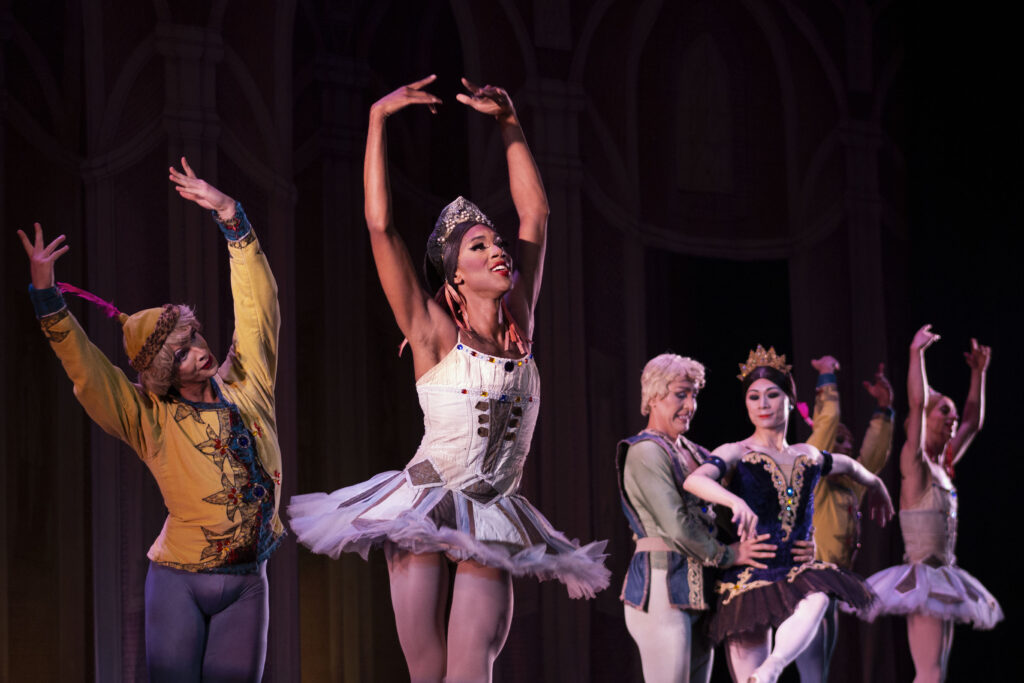
Explore All 100 (use the arrows to navigate)

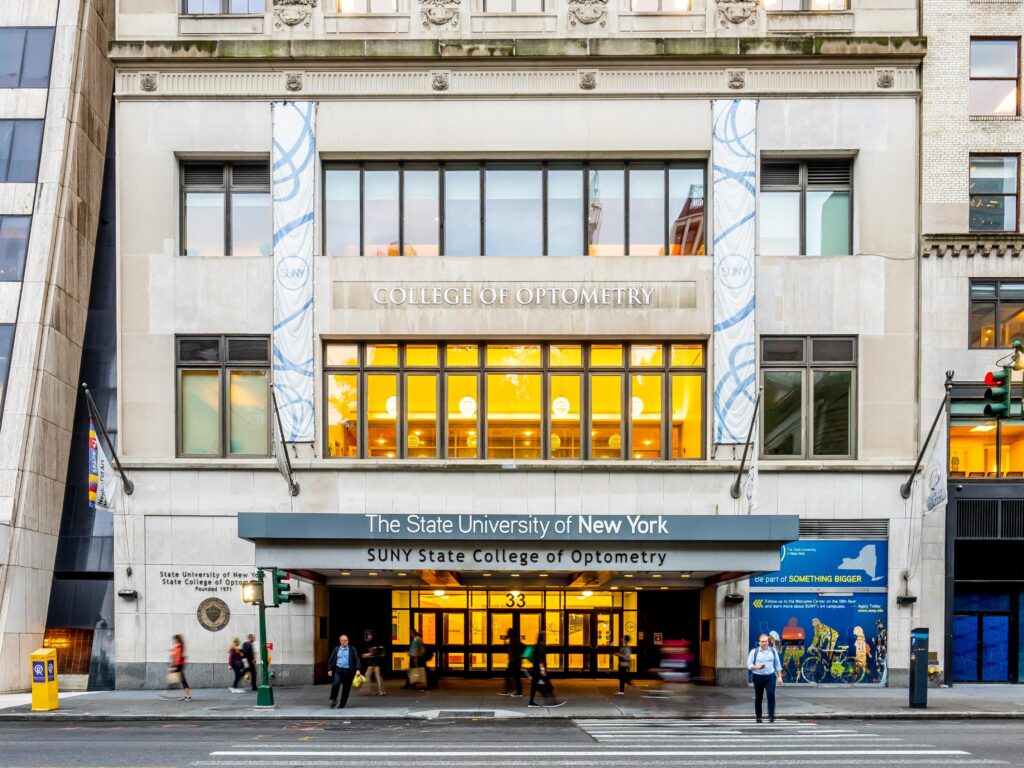
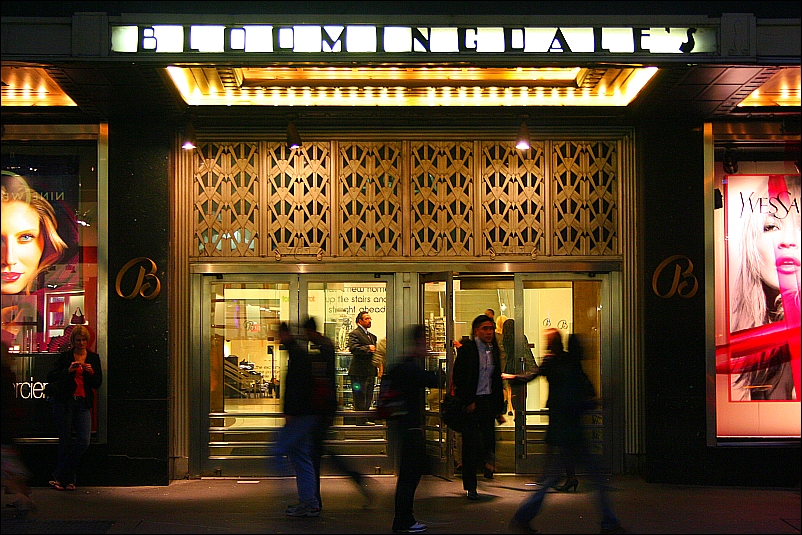



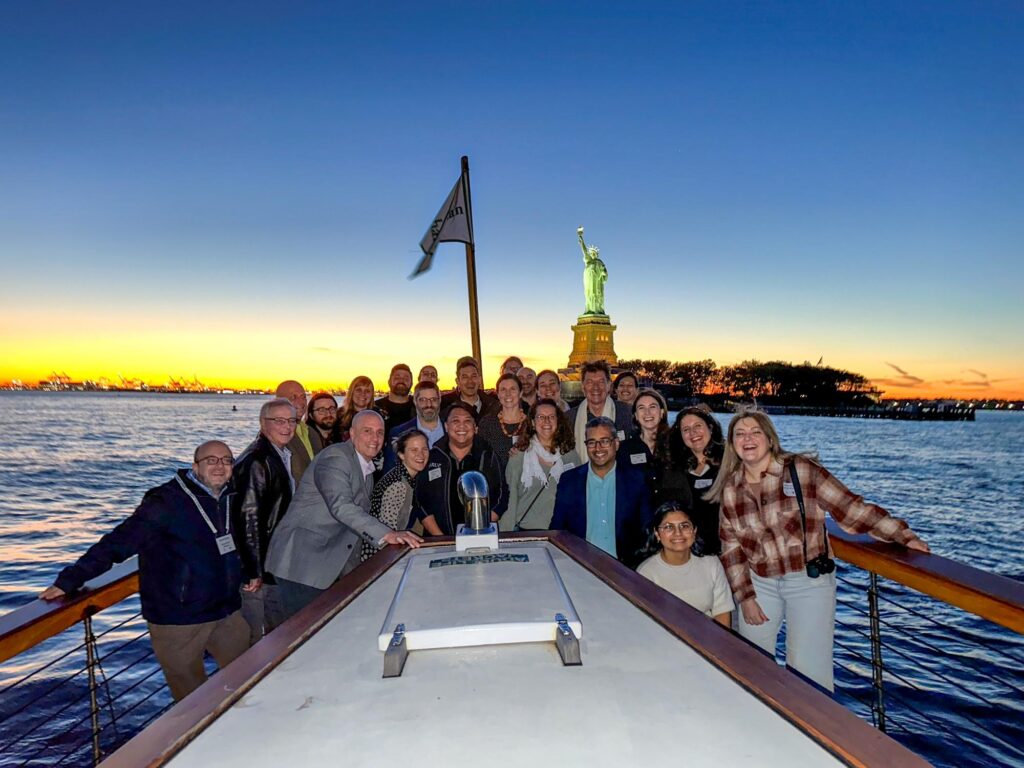
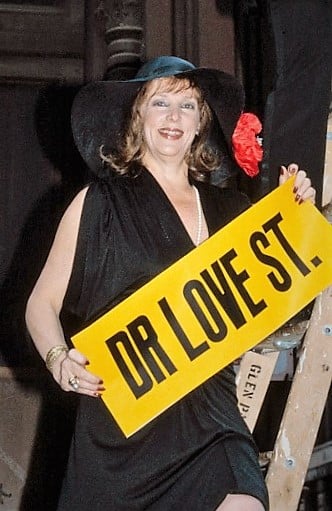
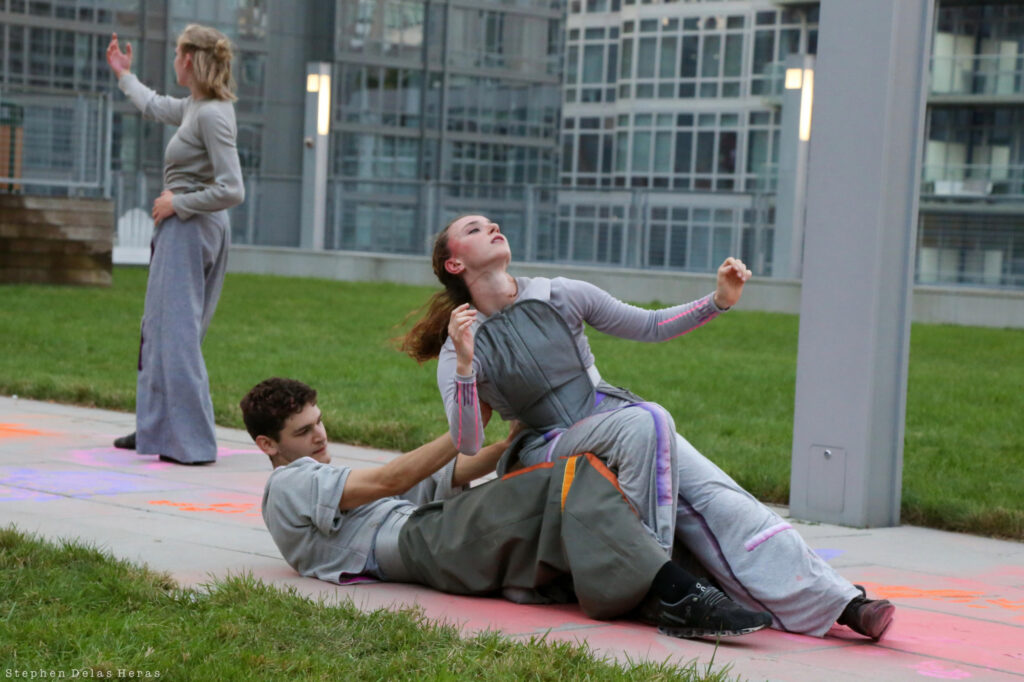
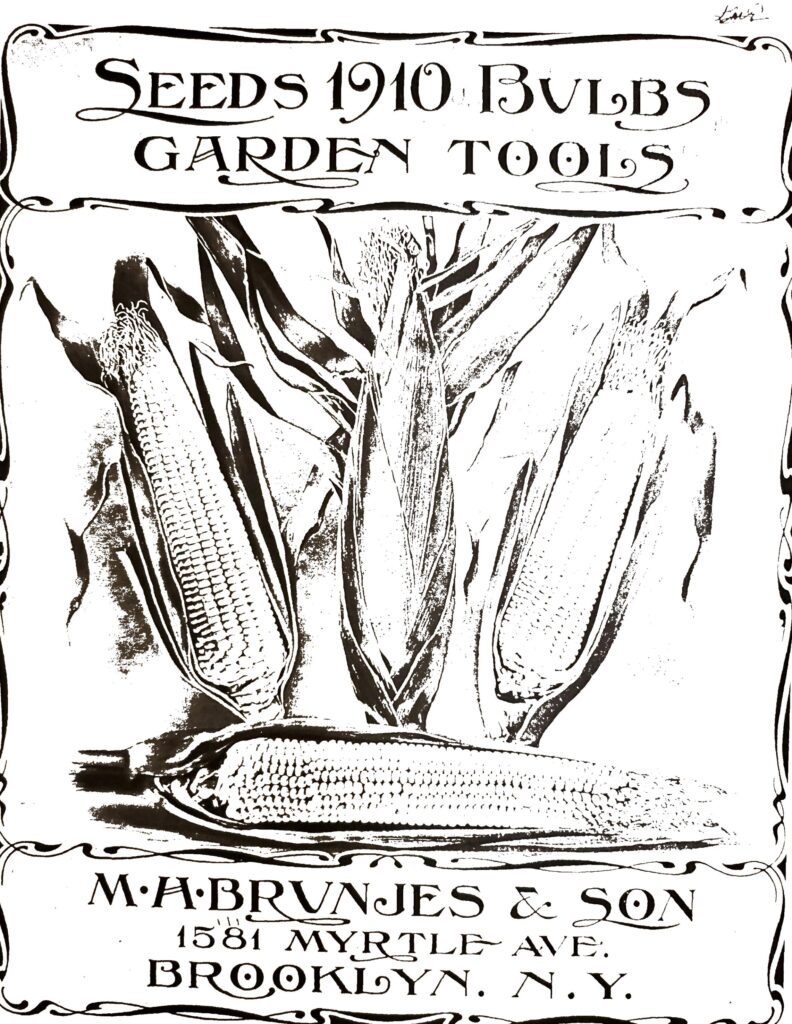
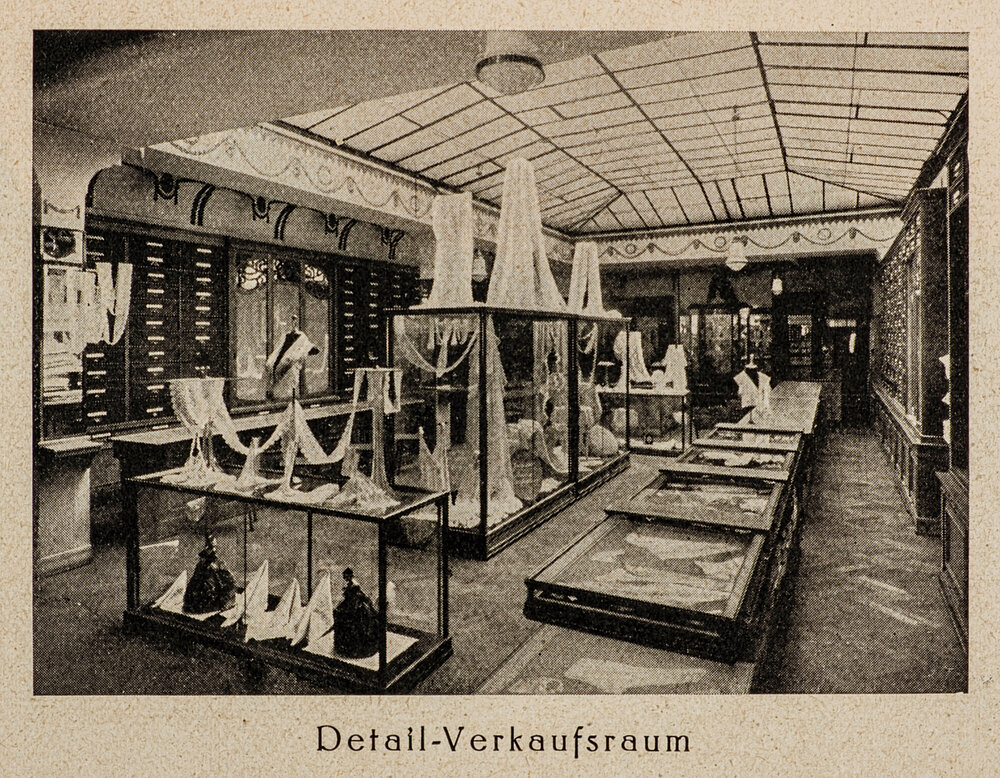
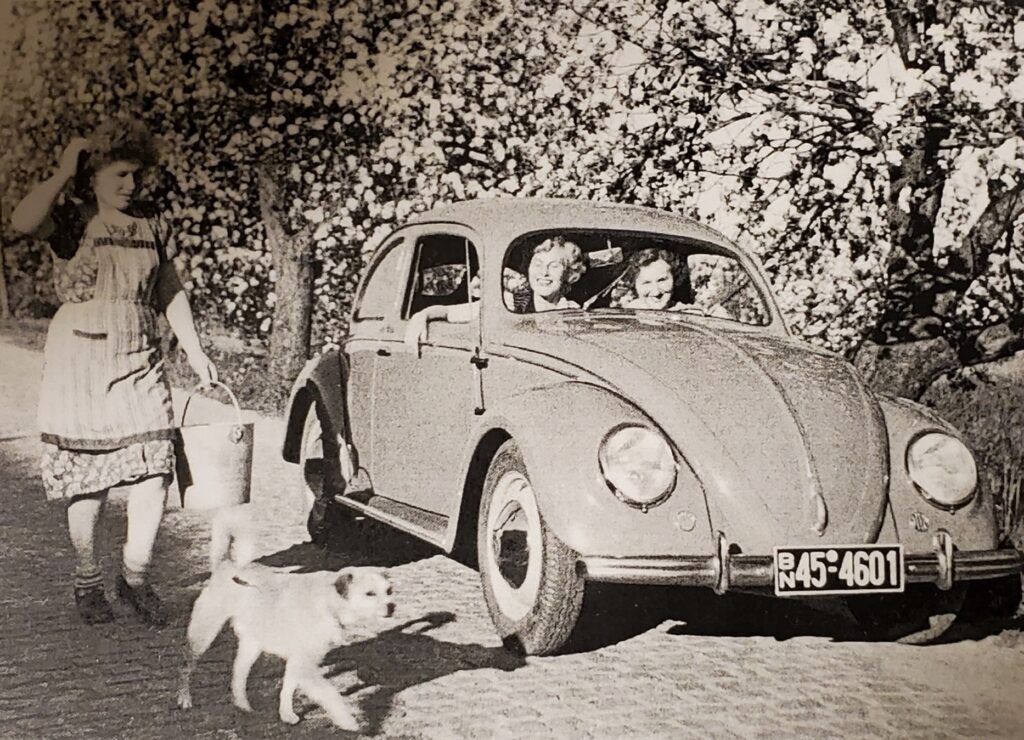
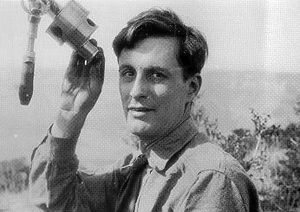
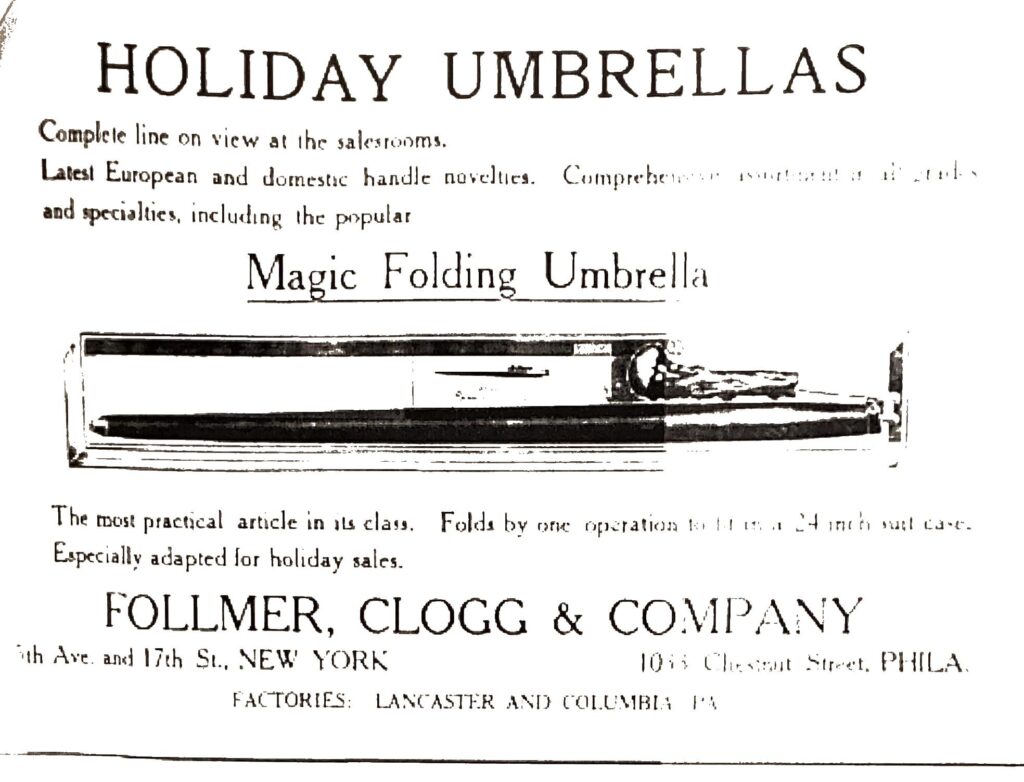
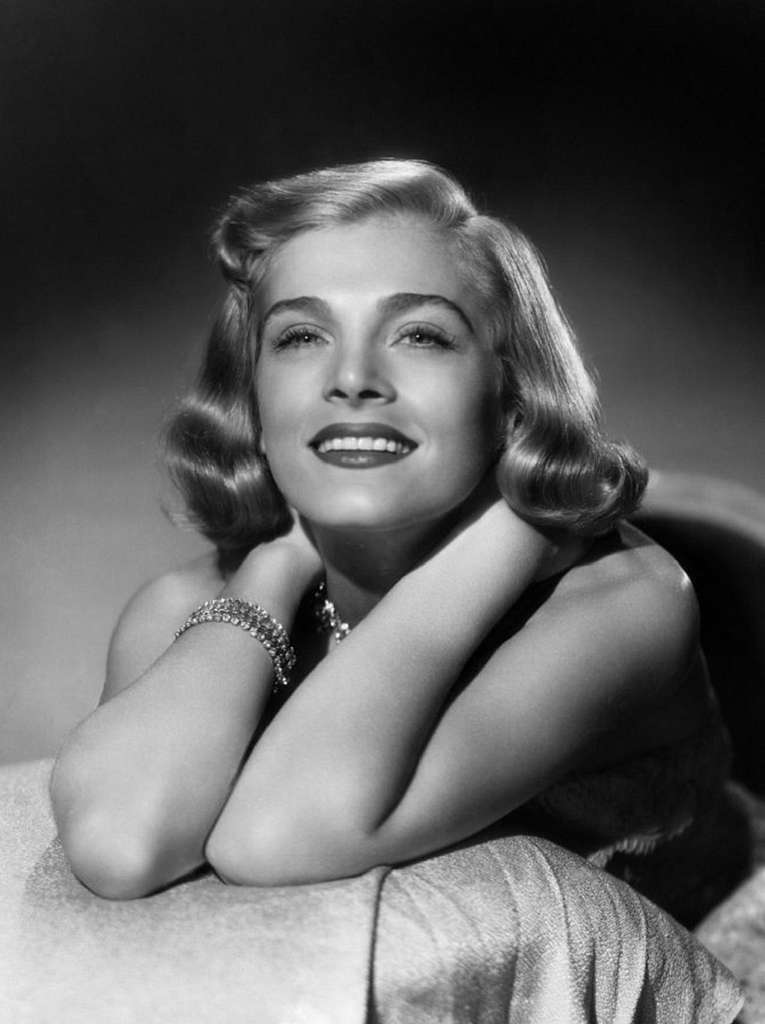
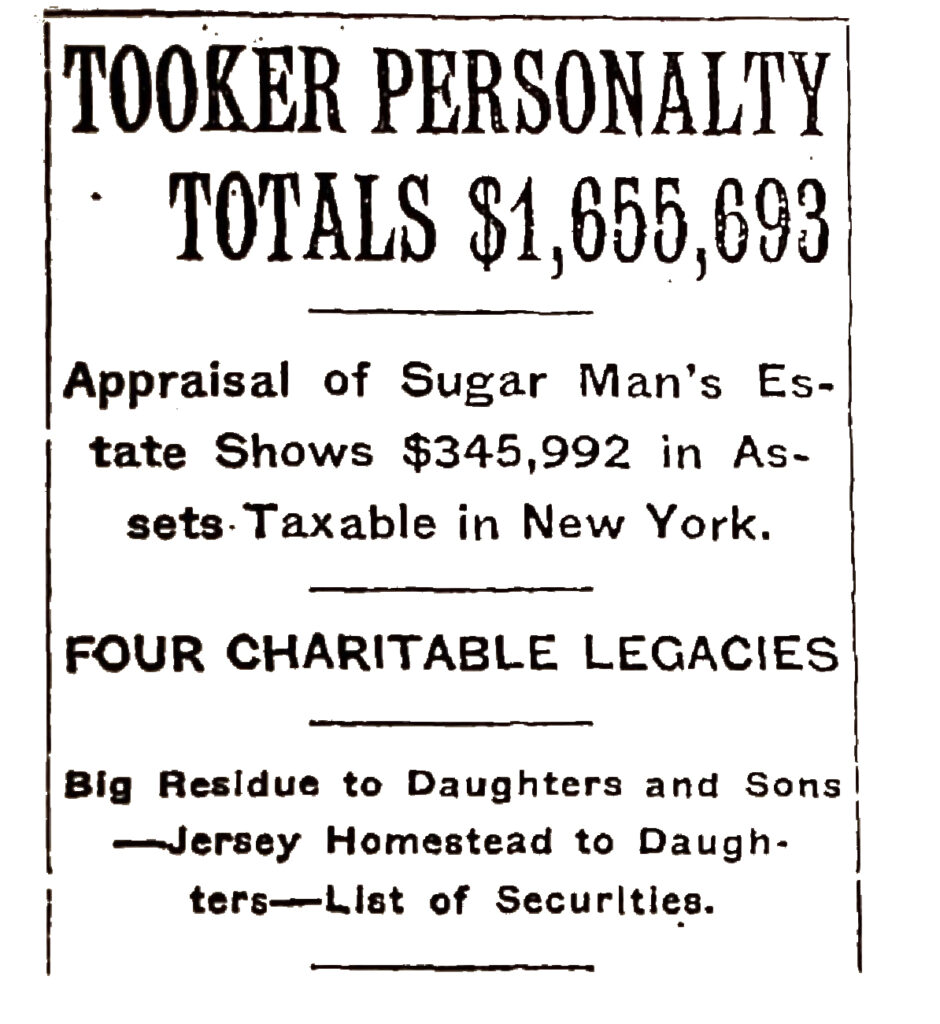
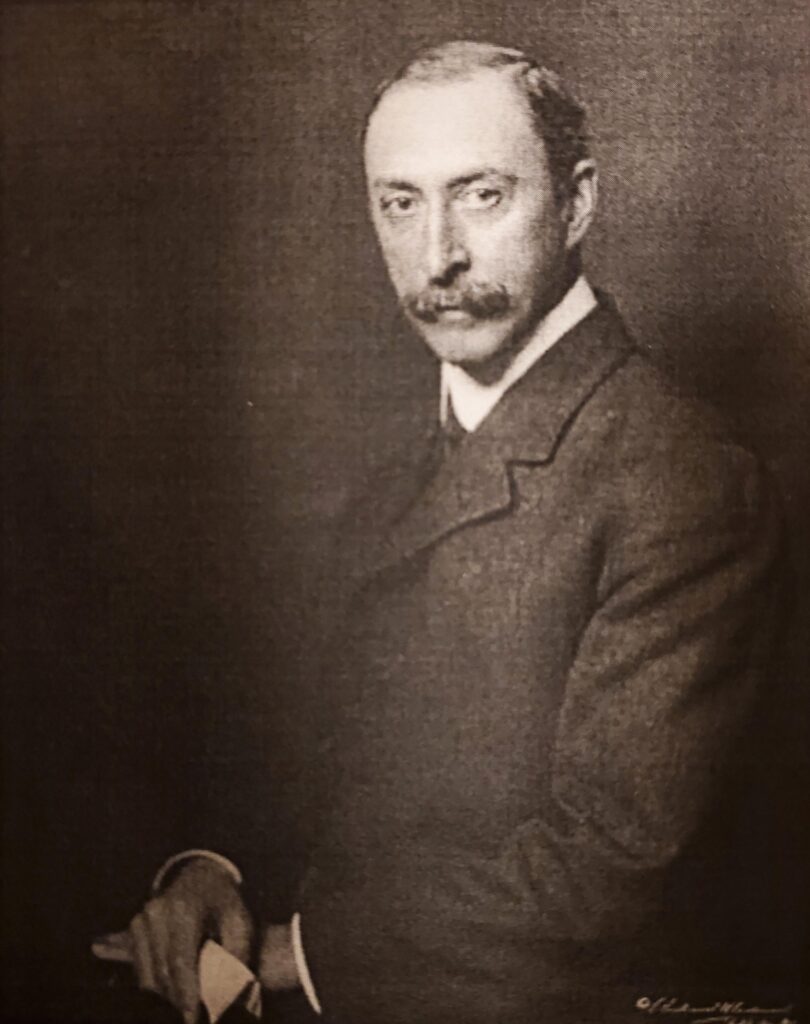
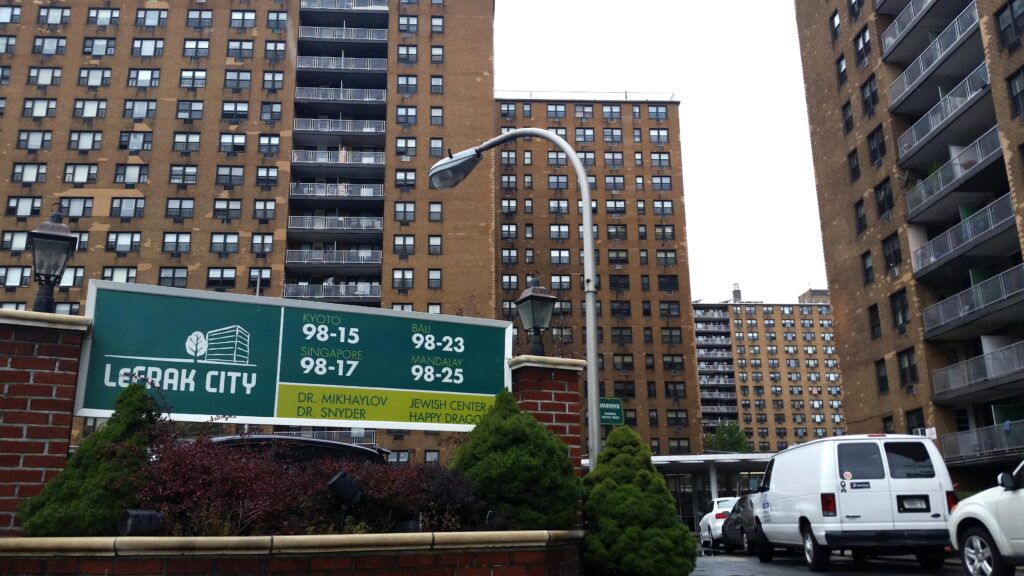

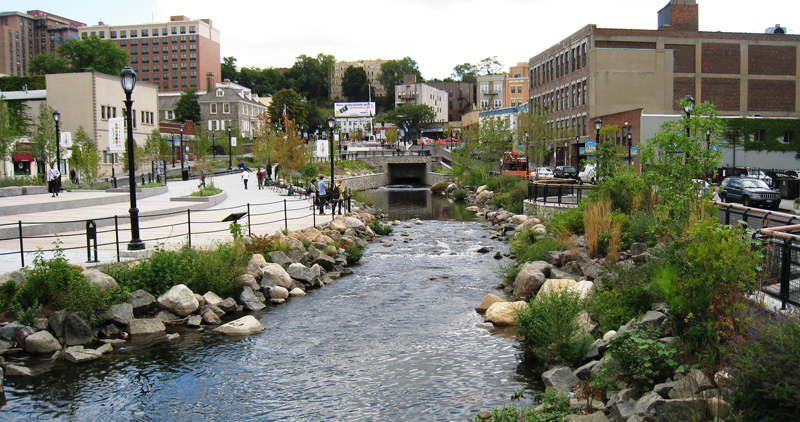
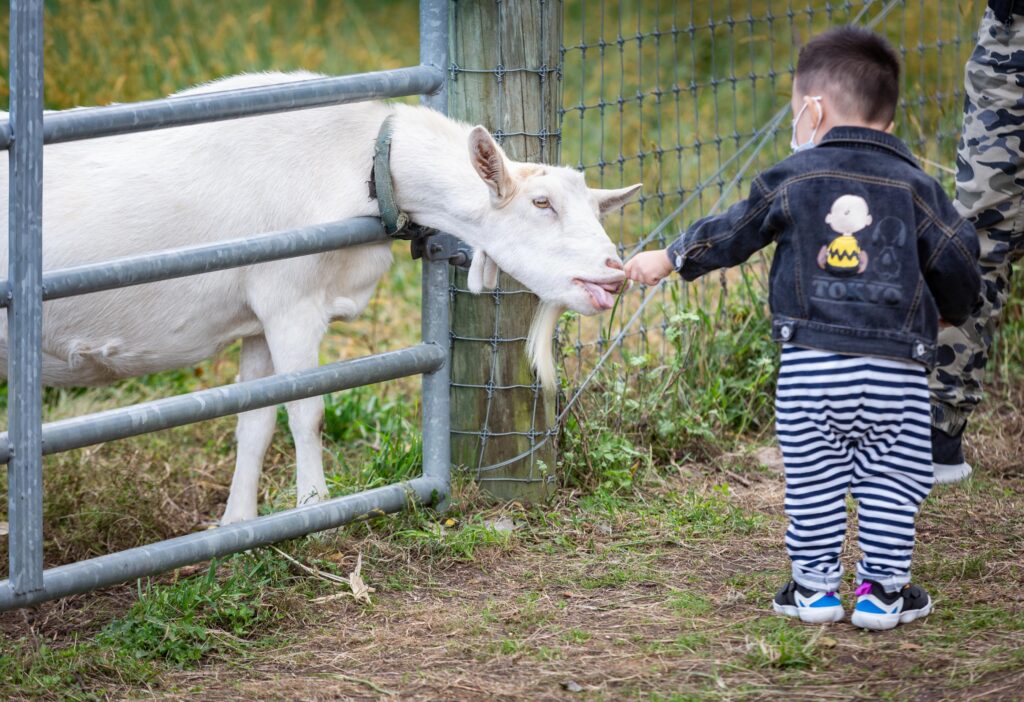
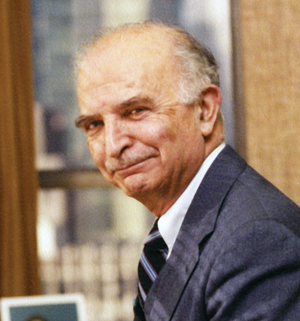

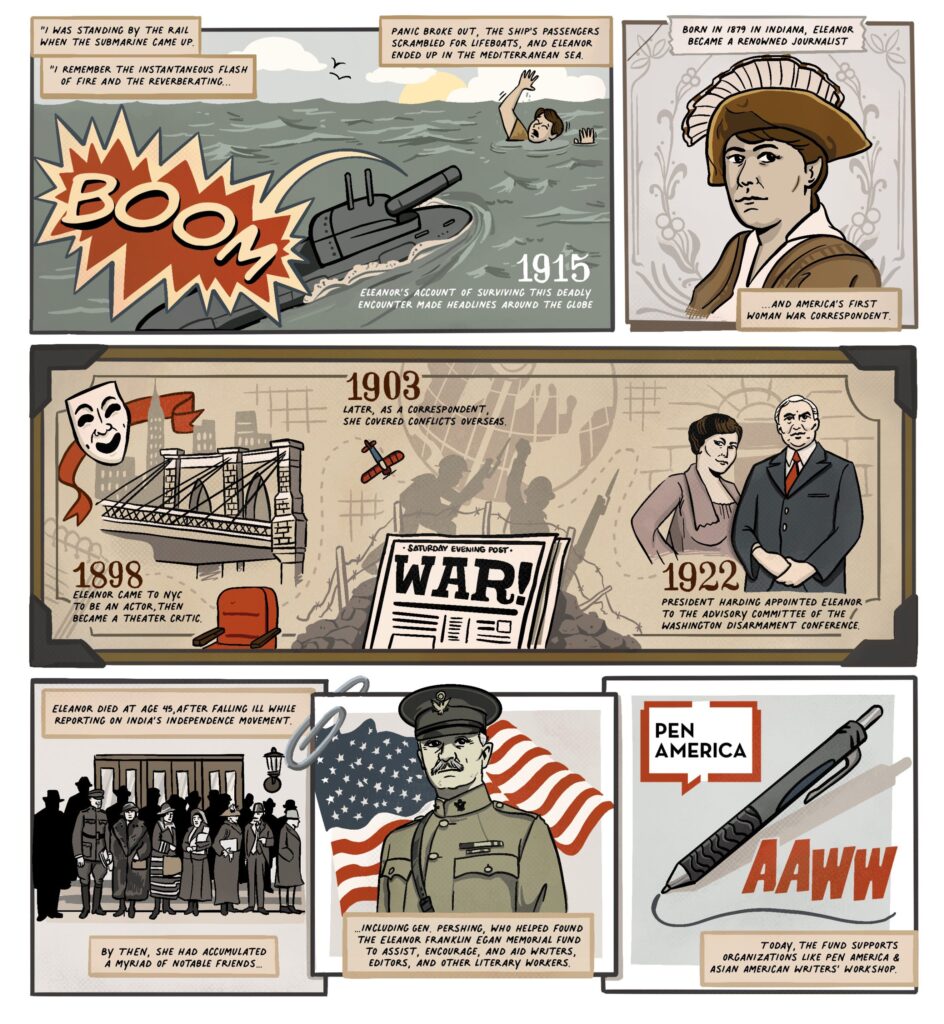

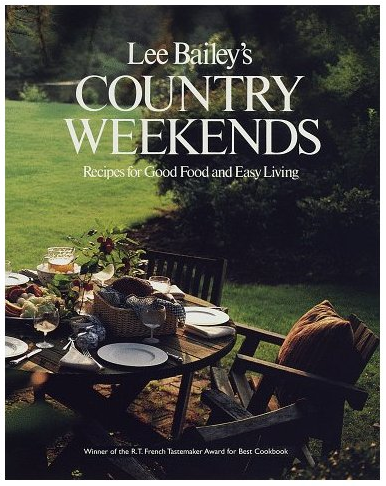
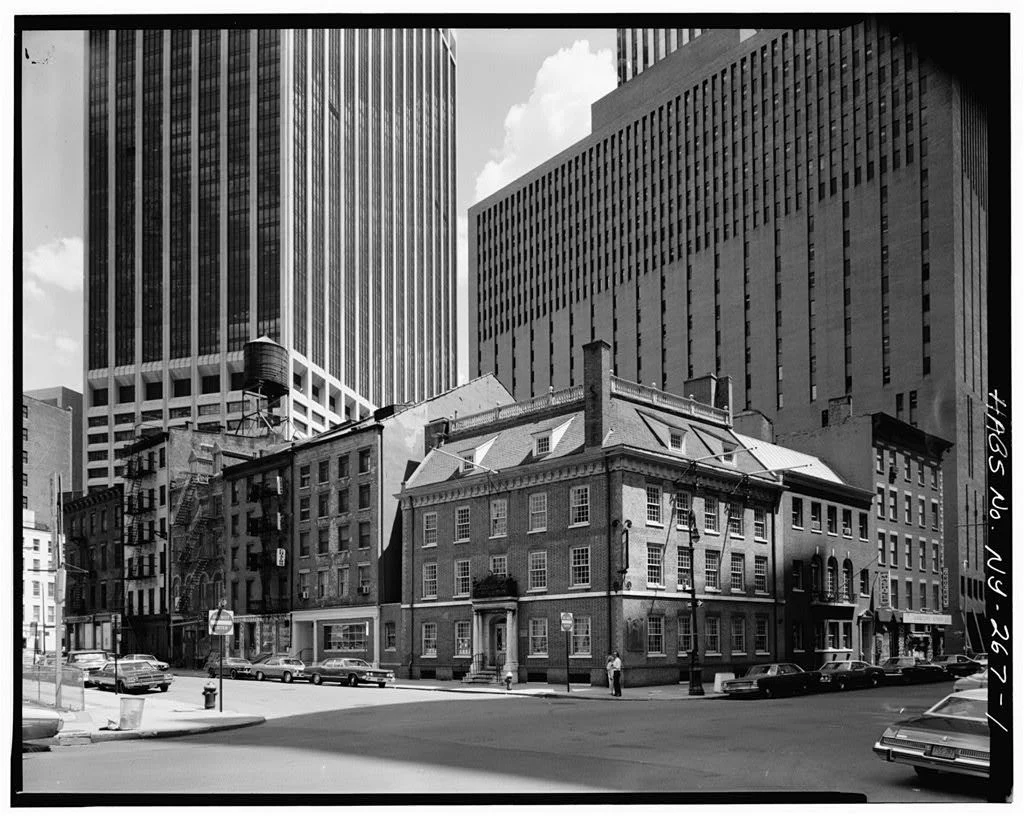
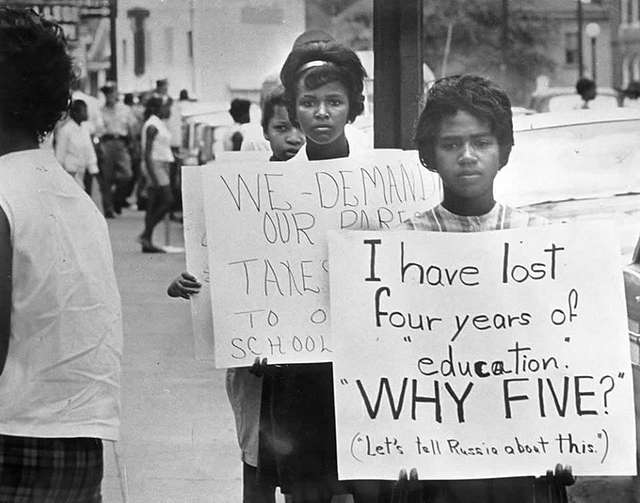
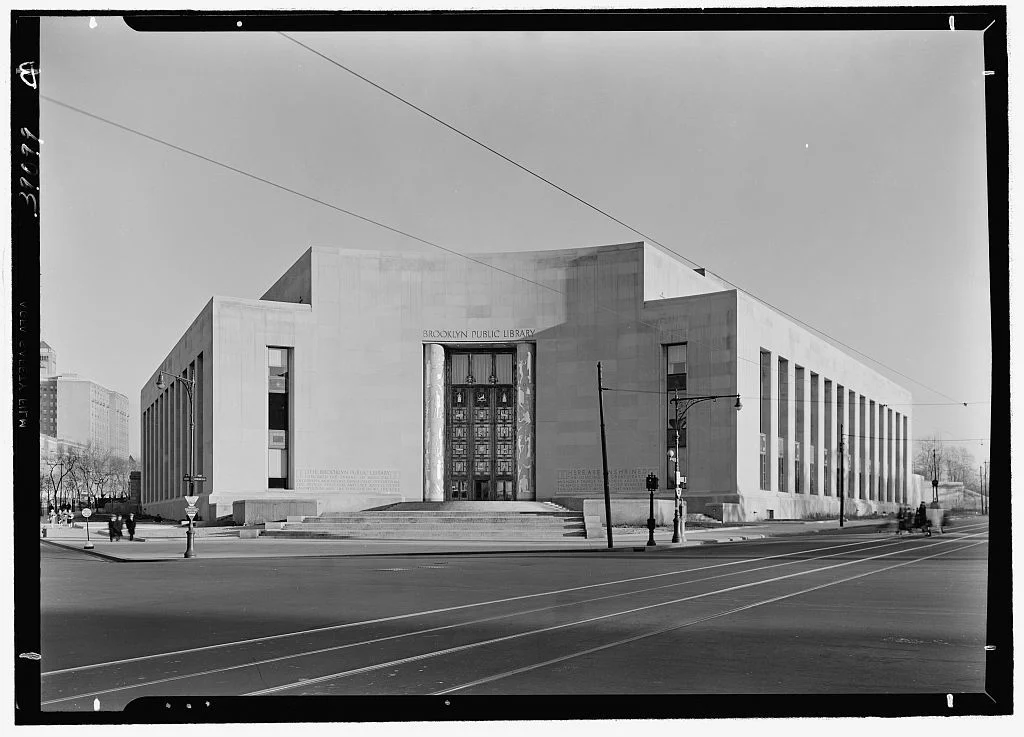
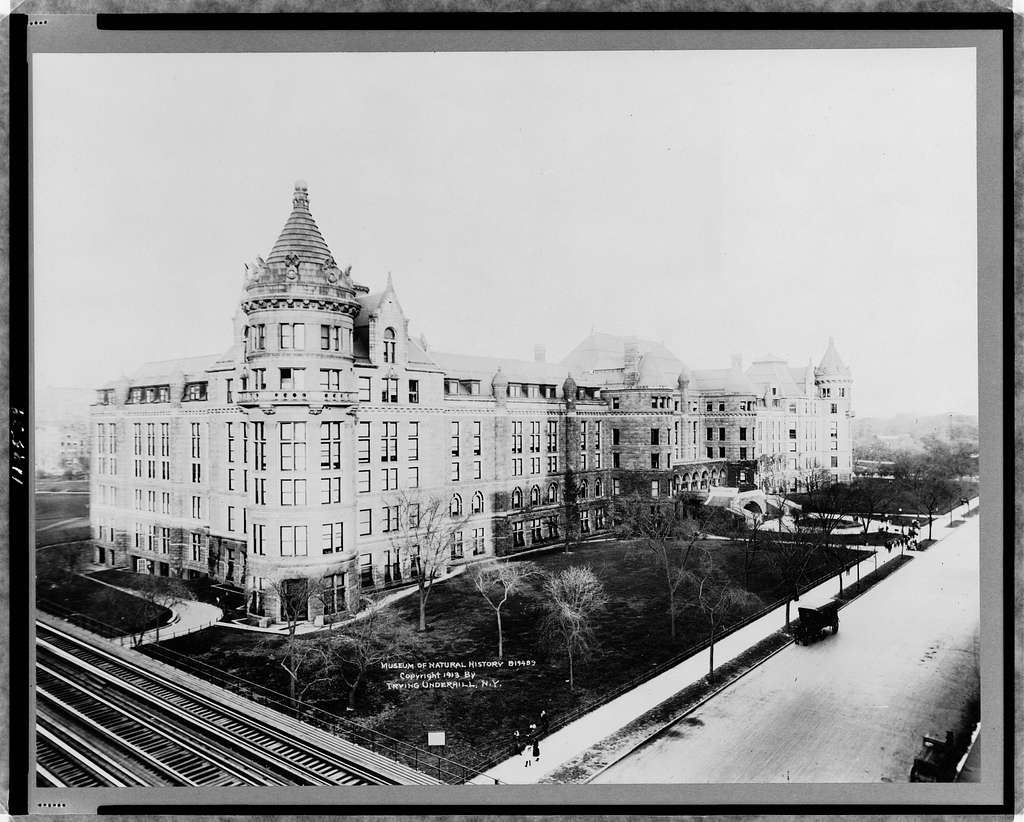
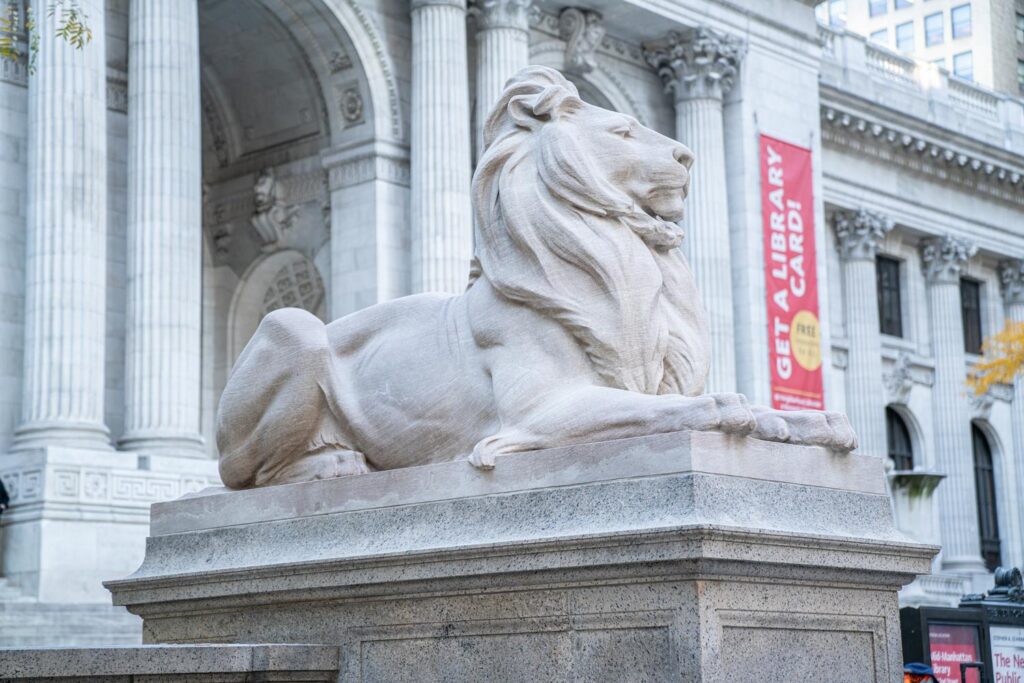
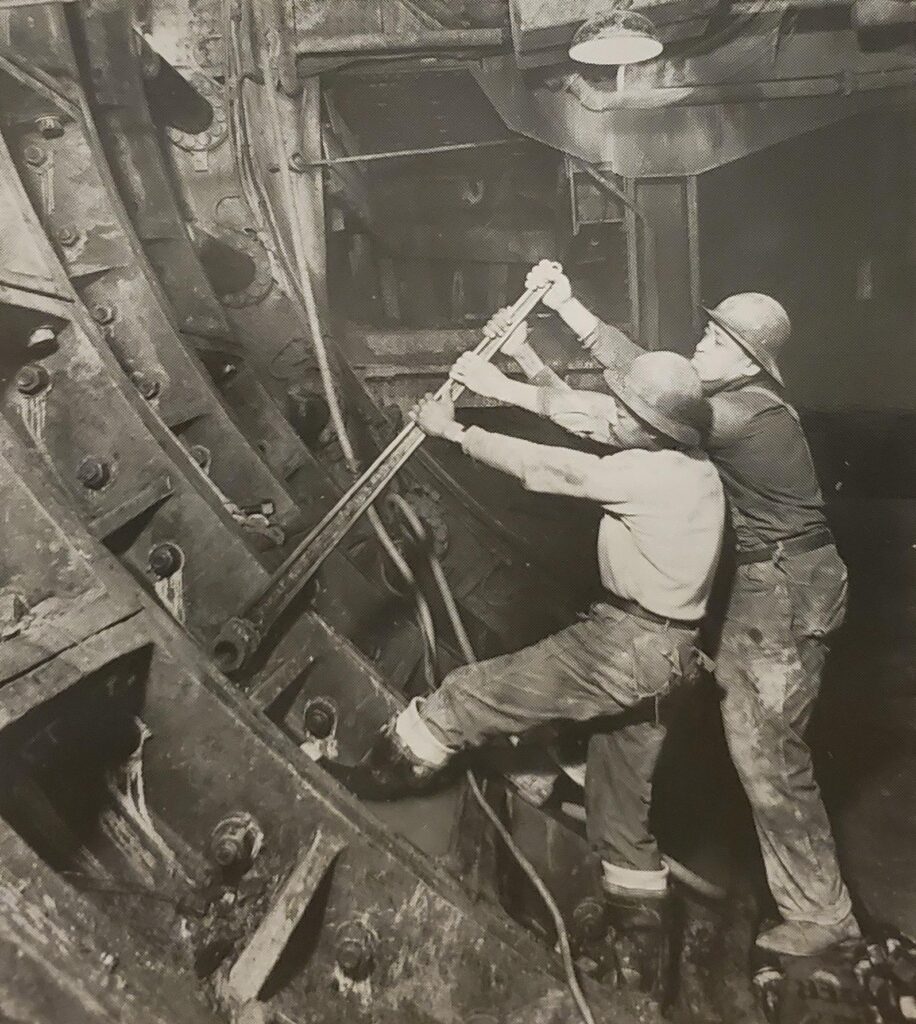
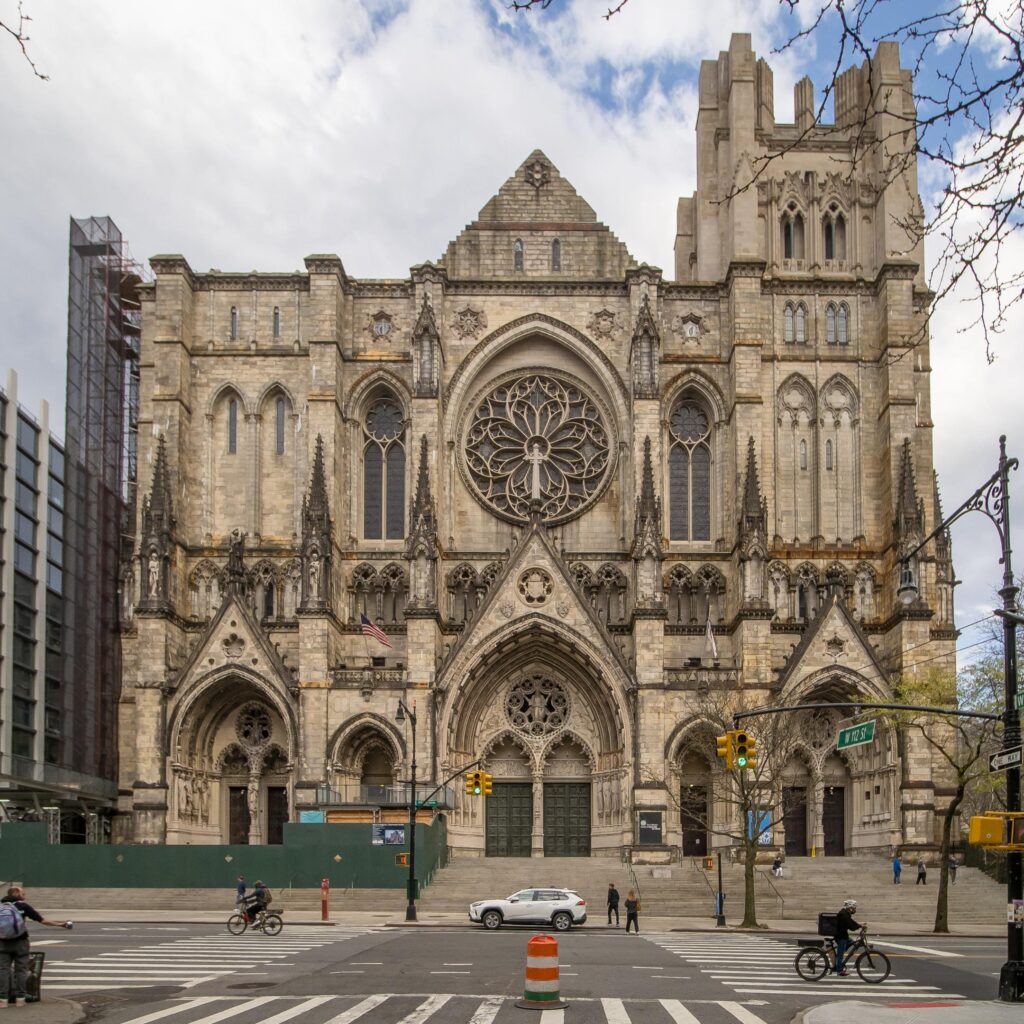
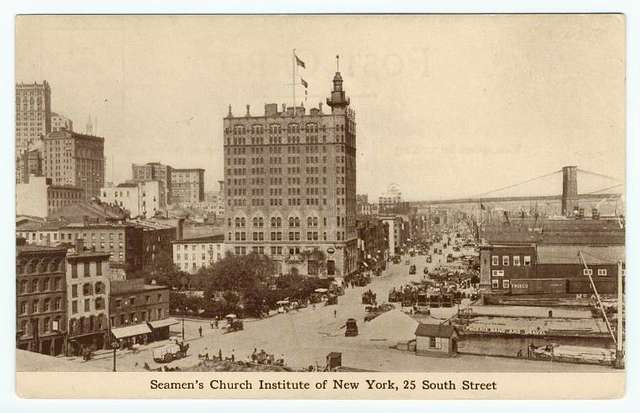
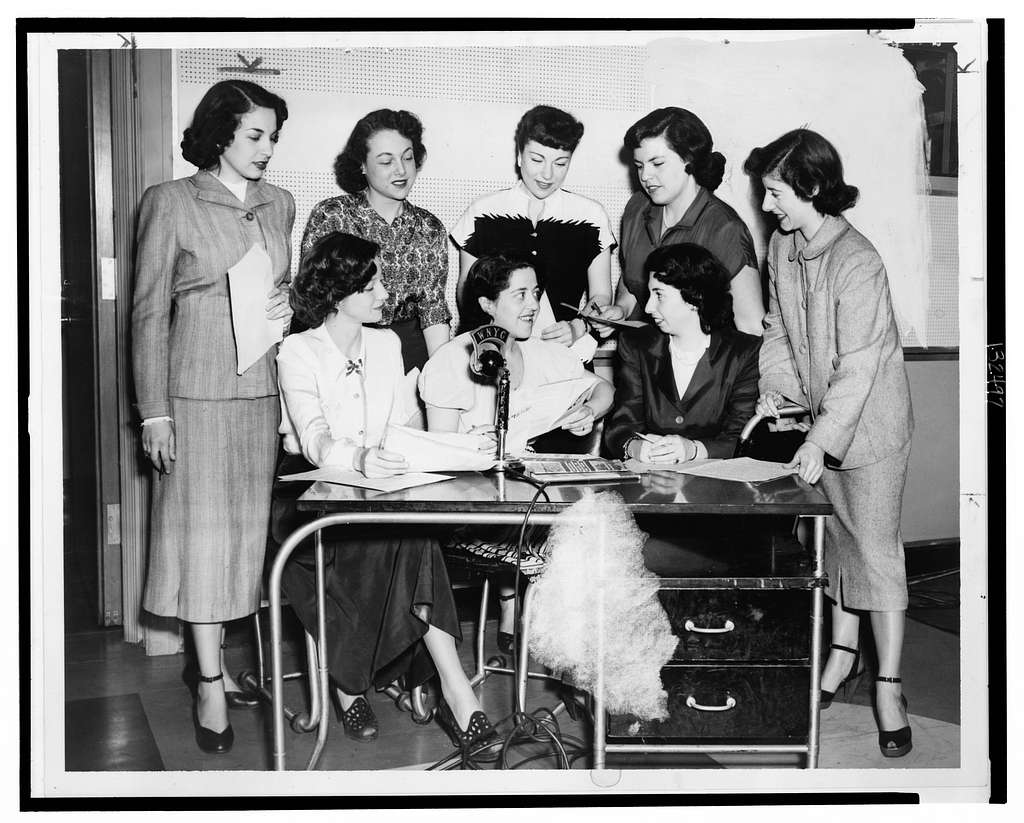
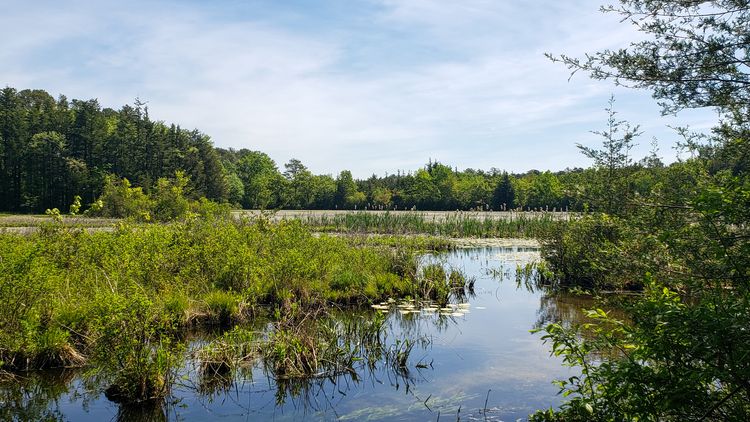
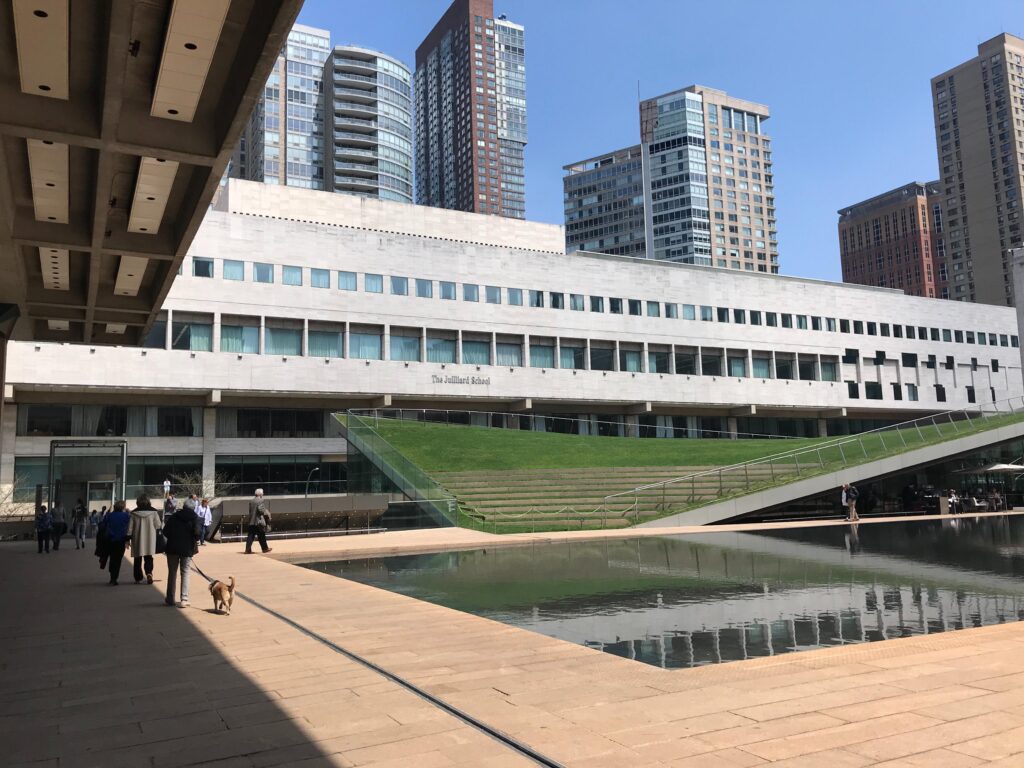
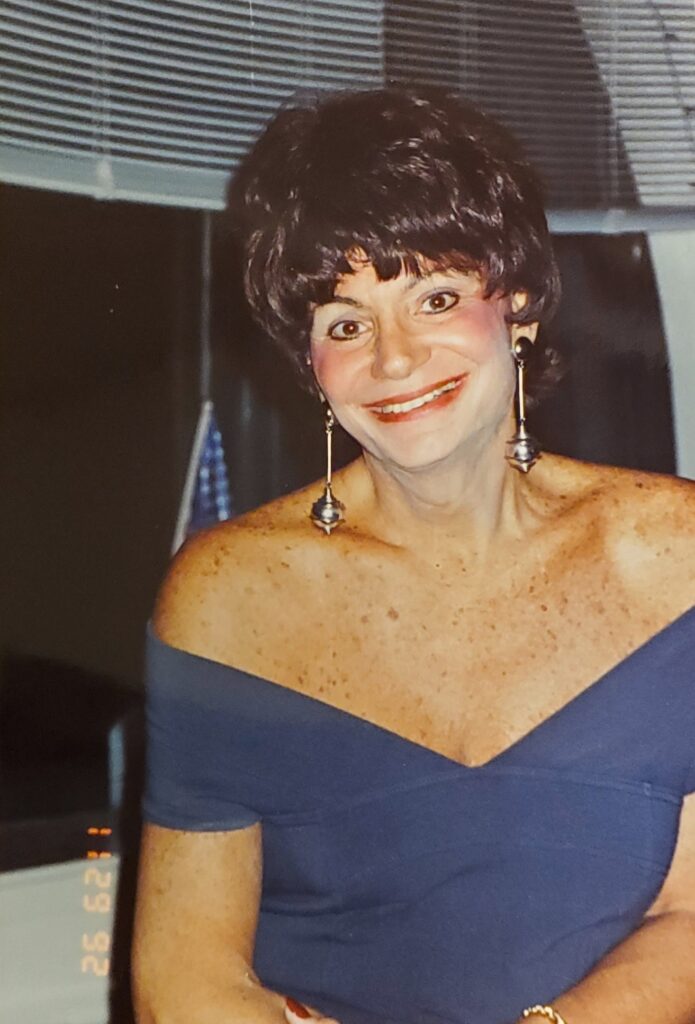
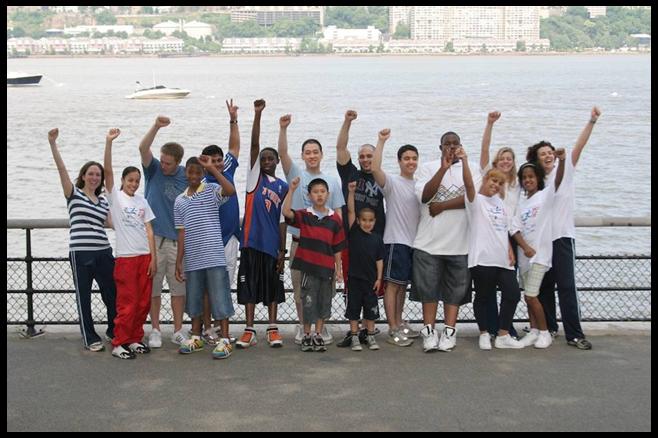
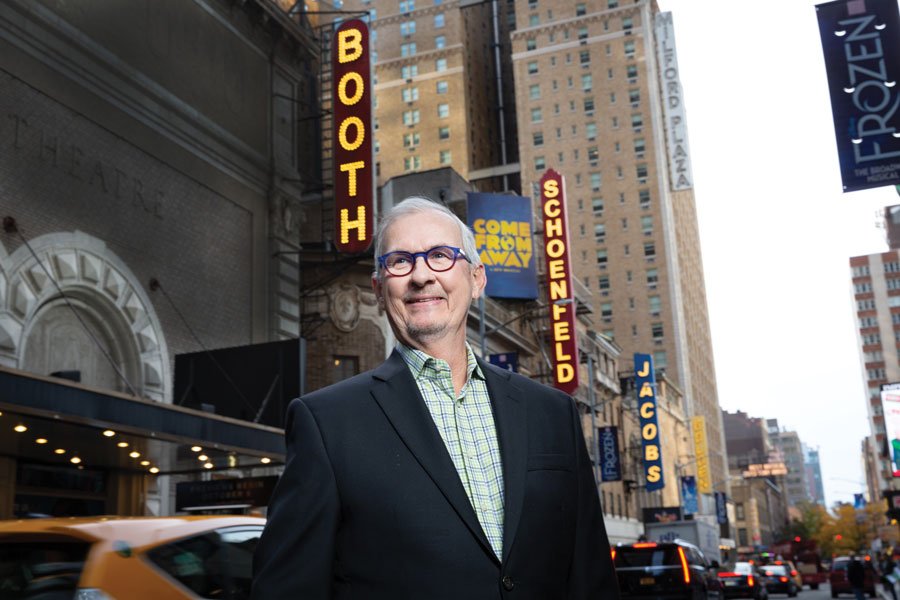

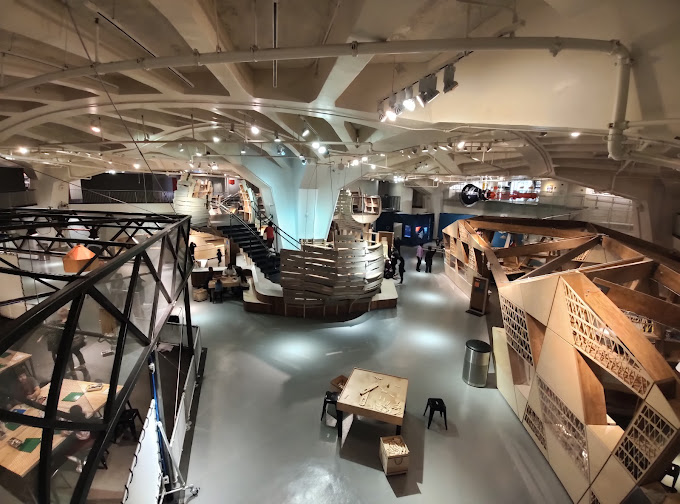
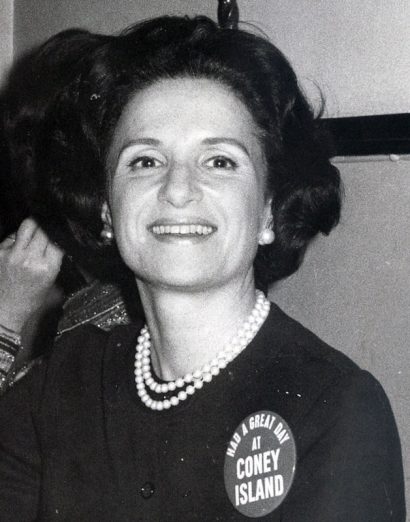
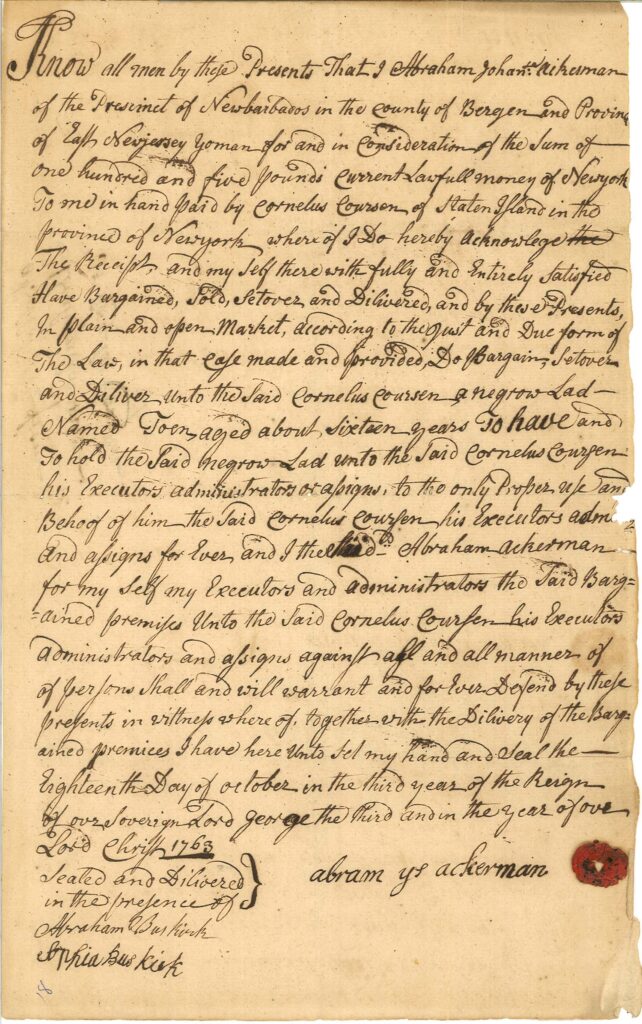
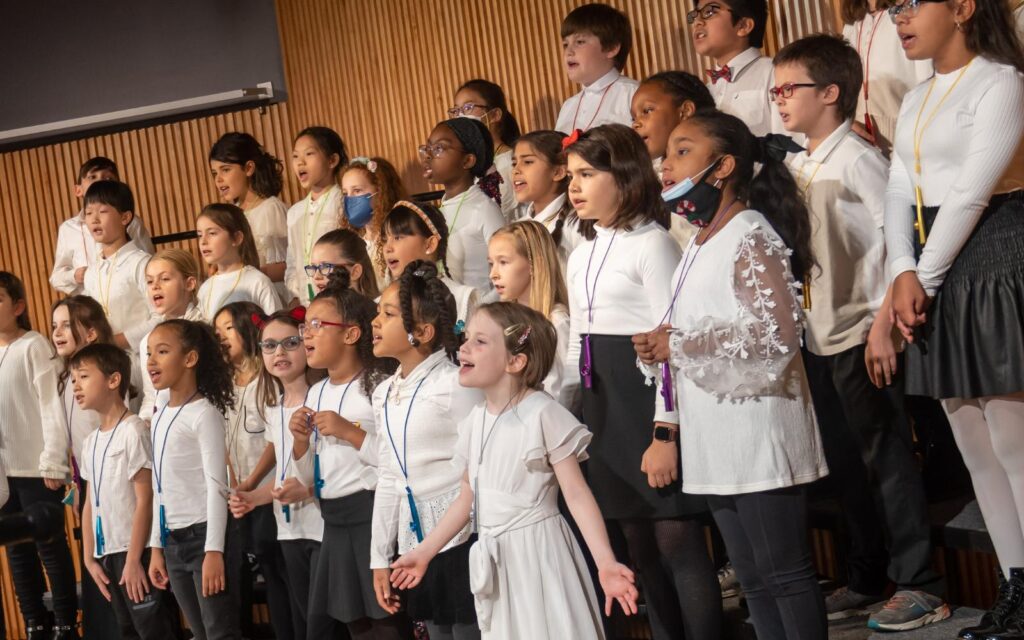
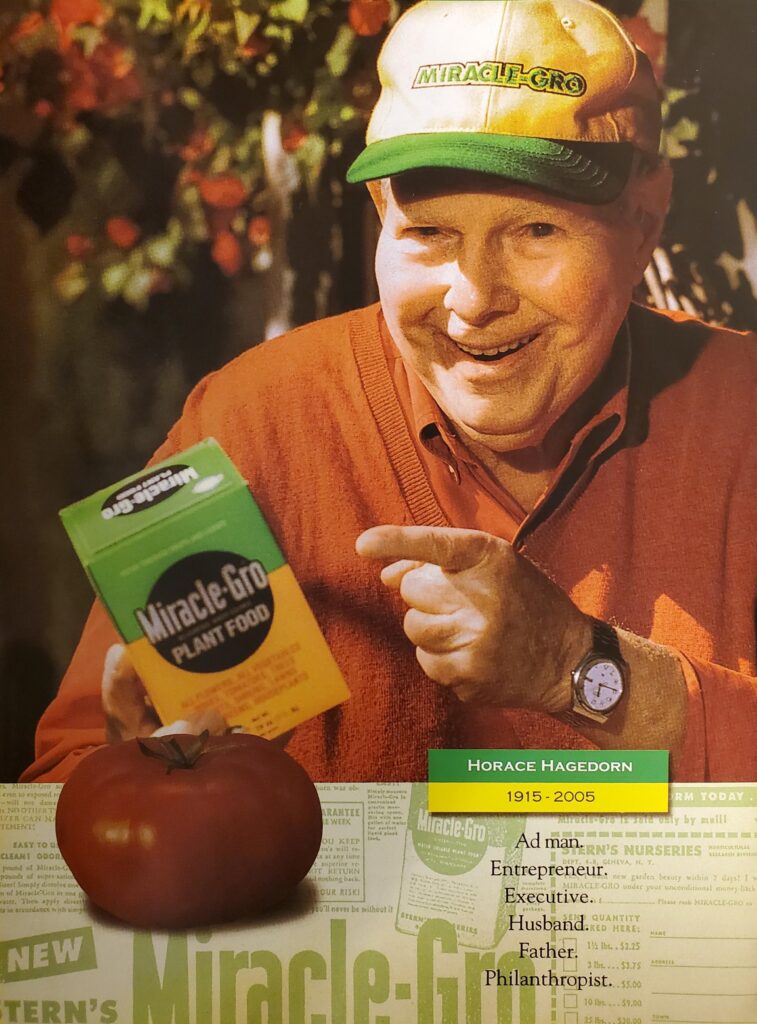
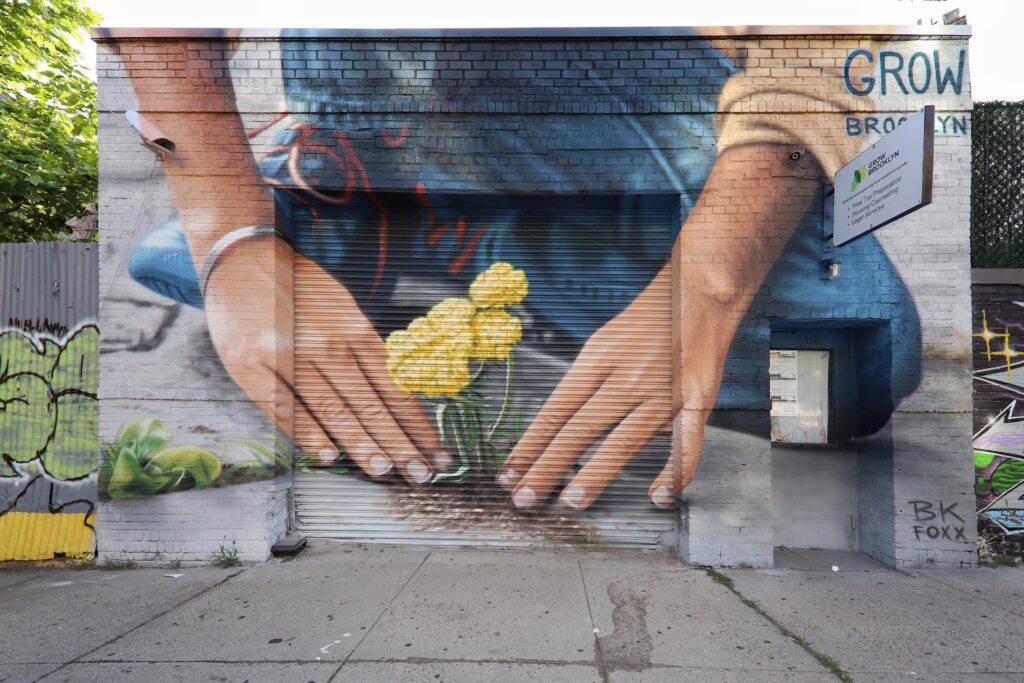
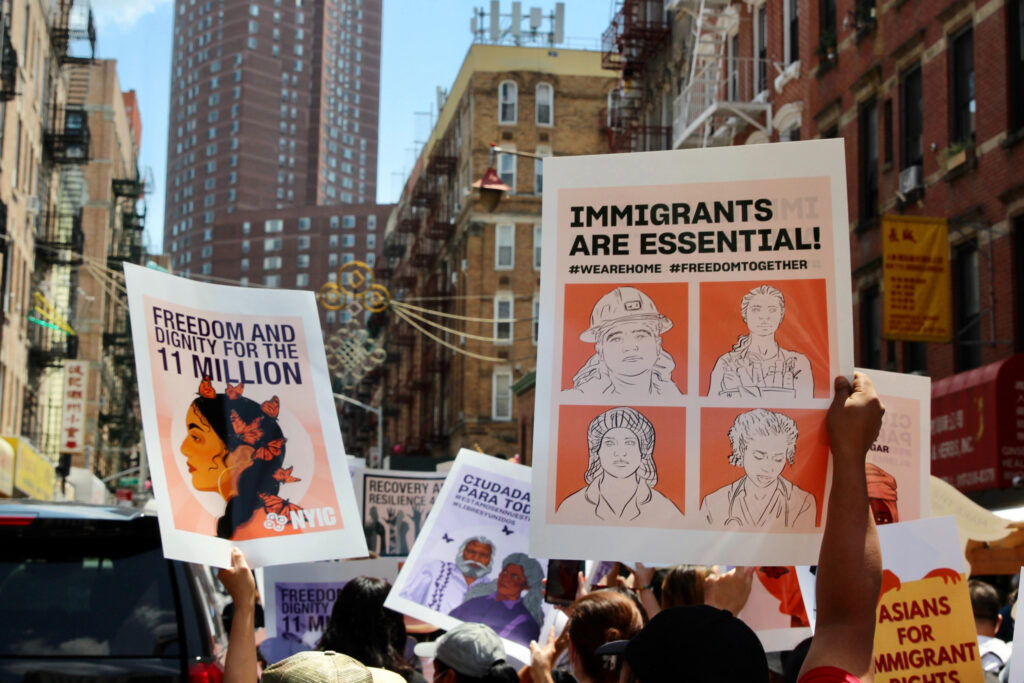
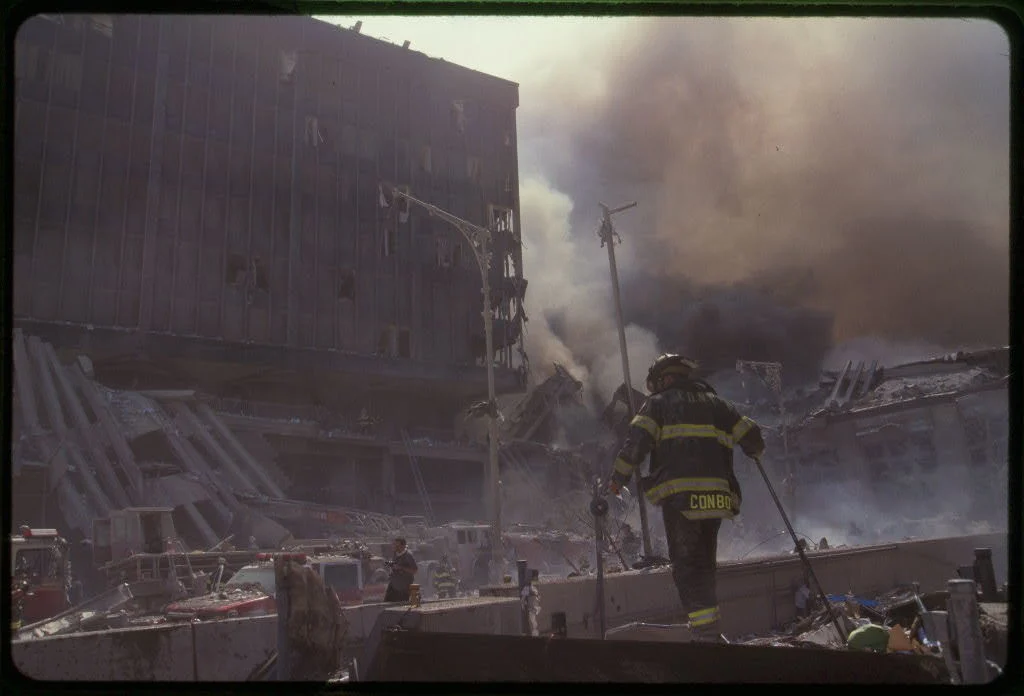
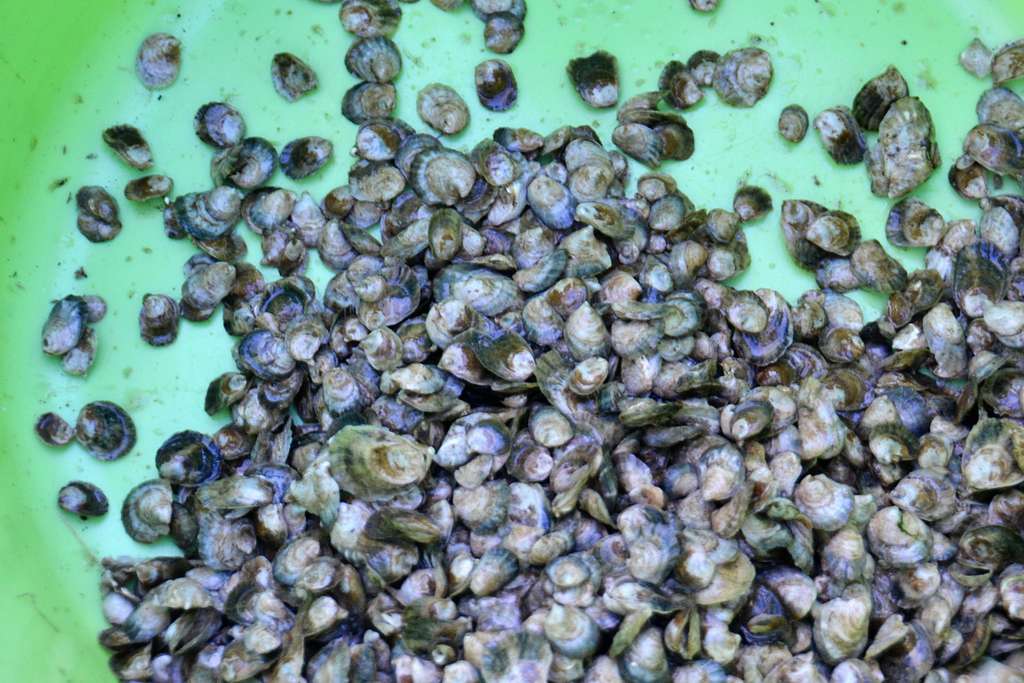

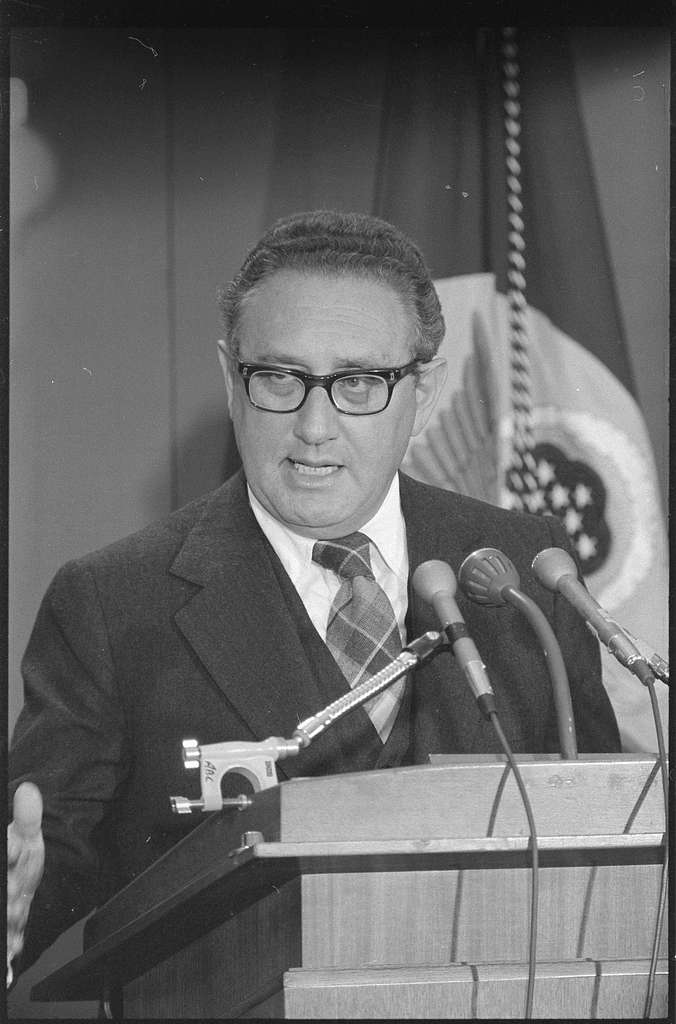
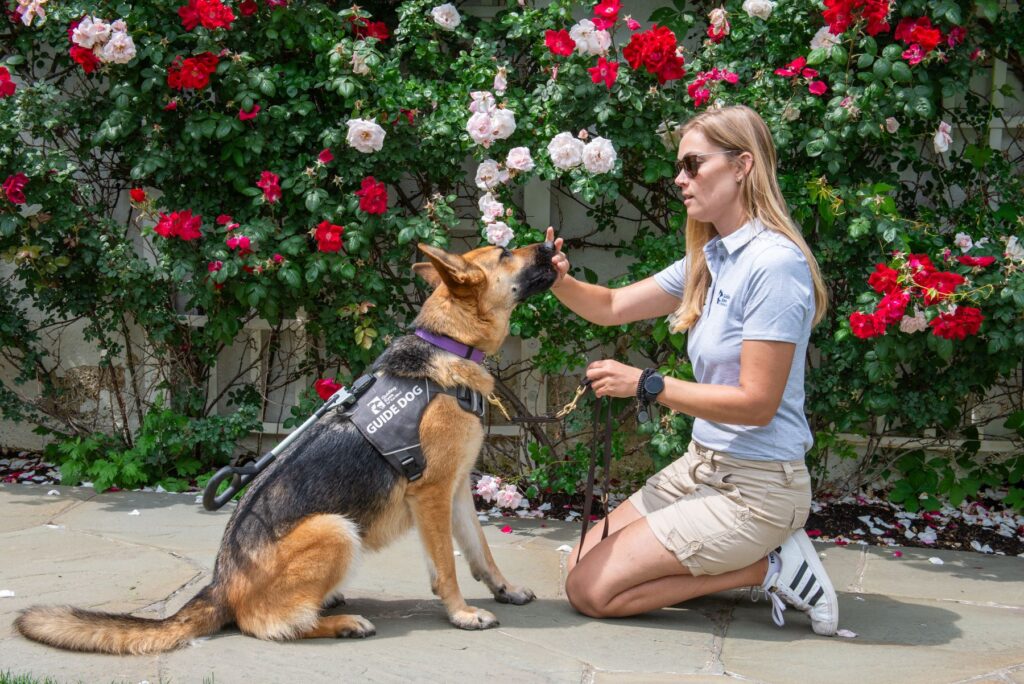
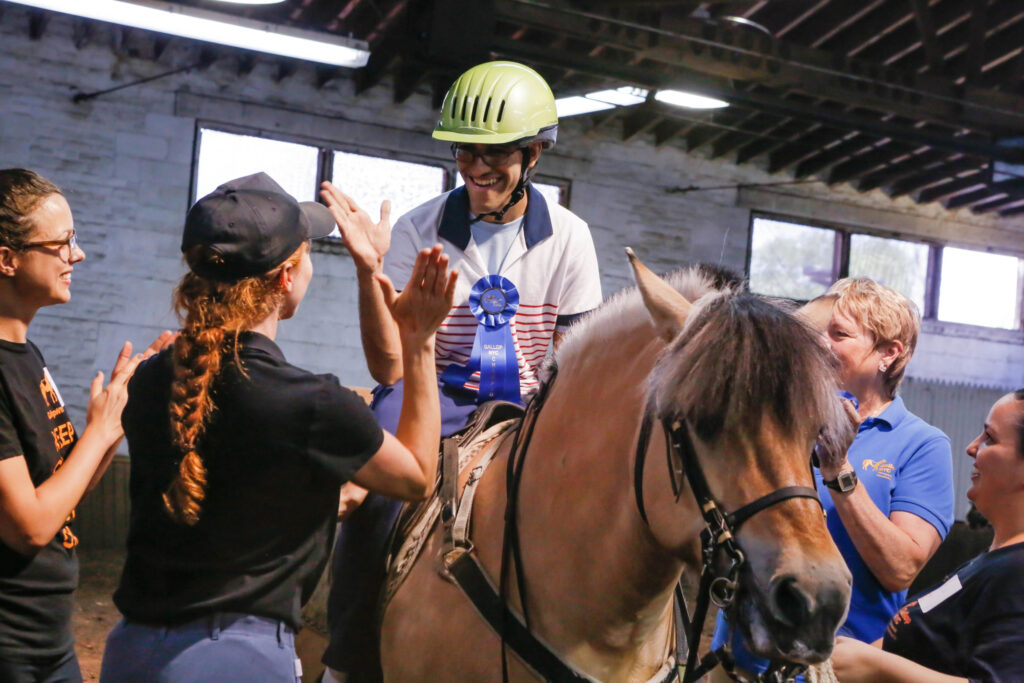
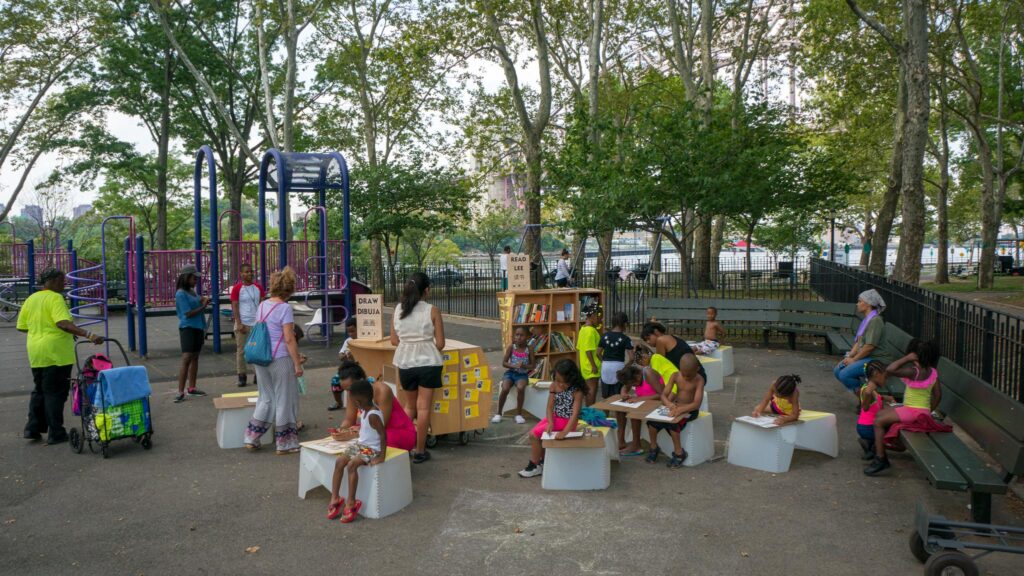
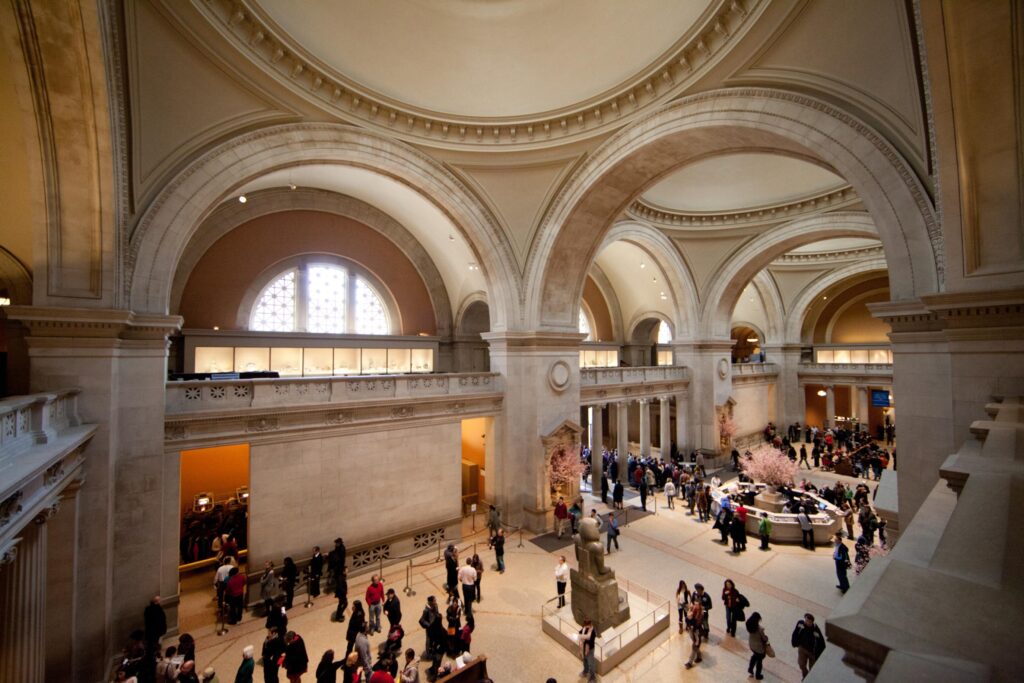
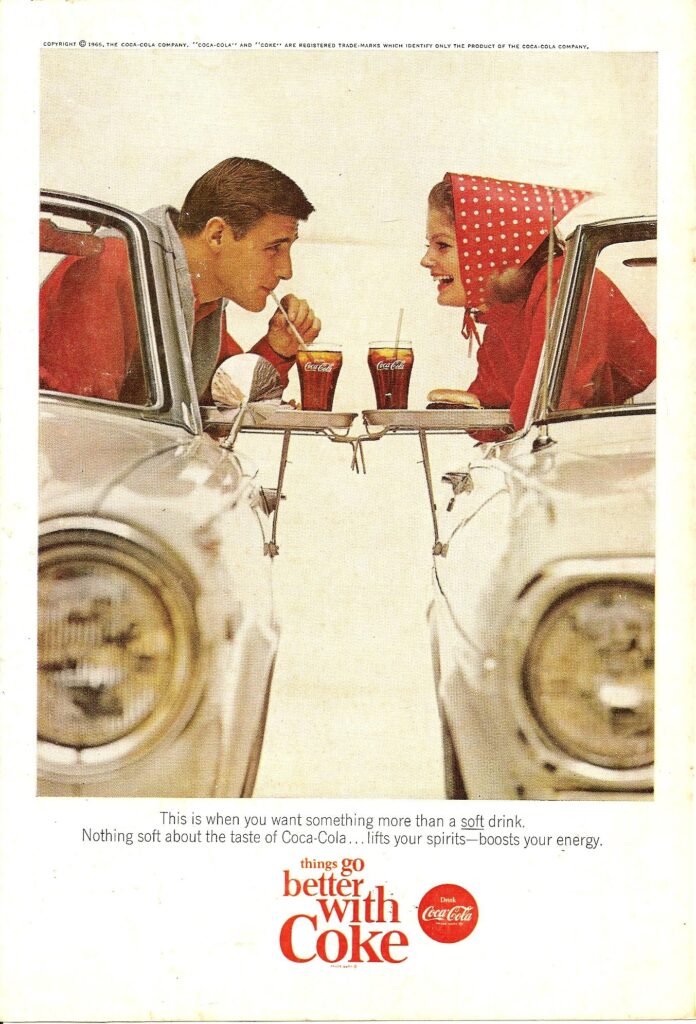
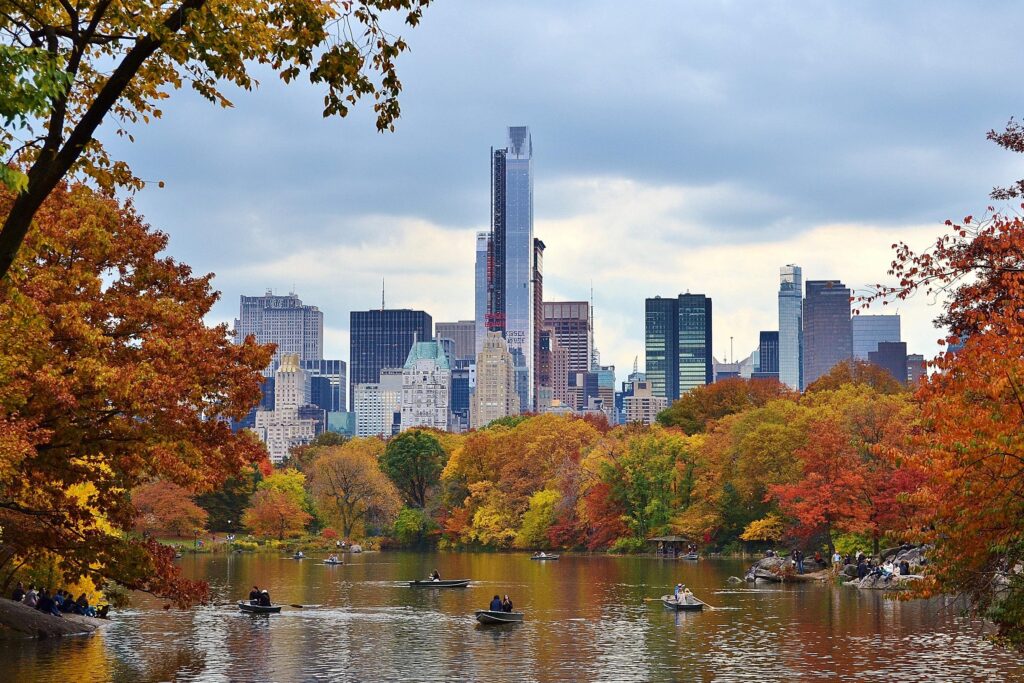
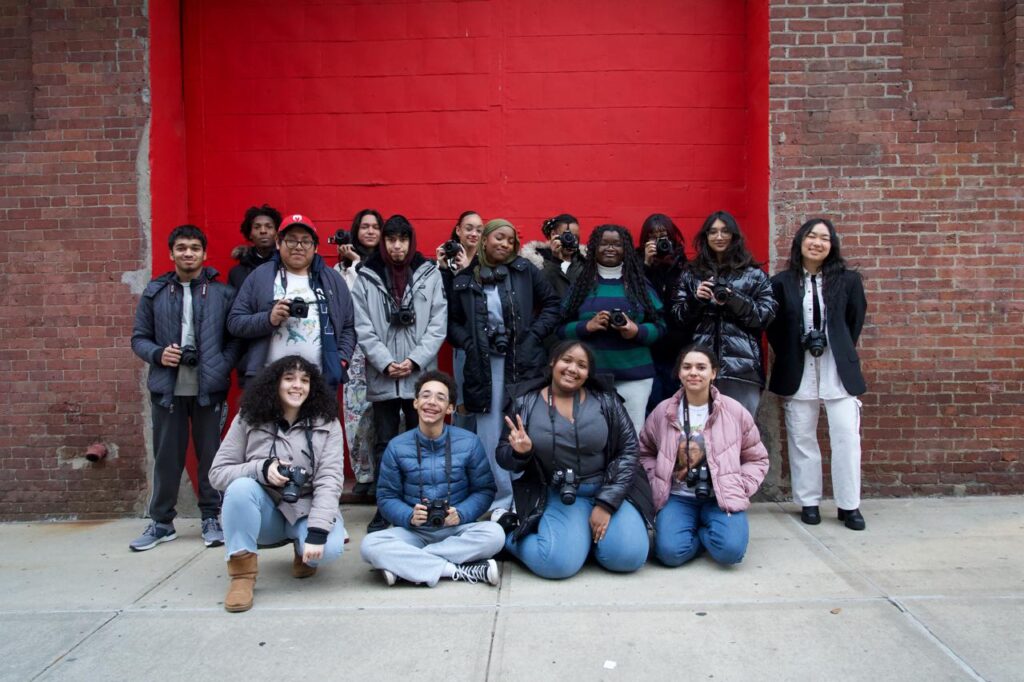
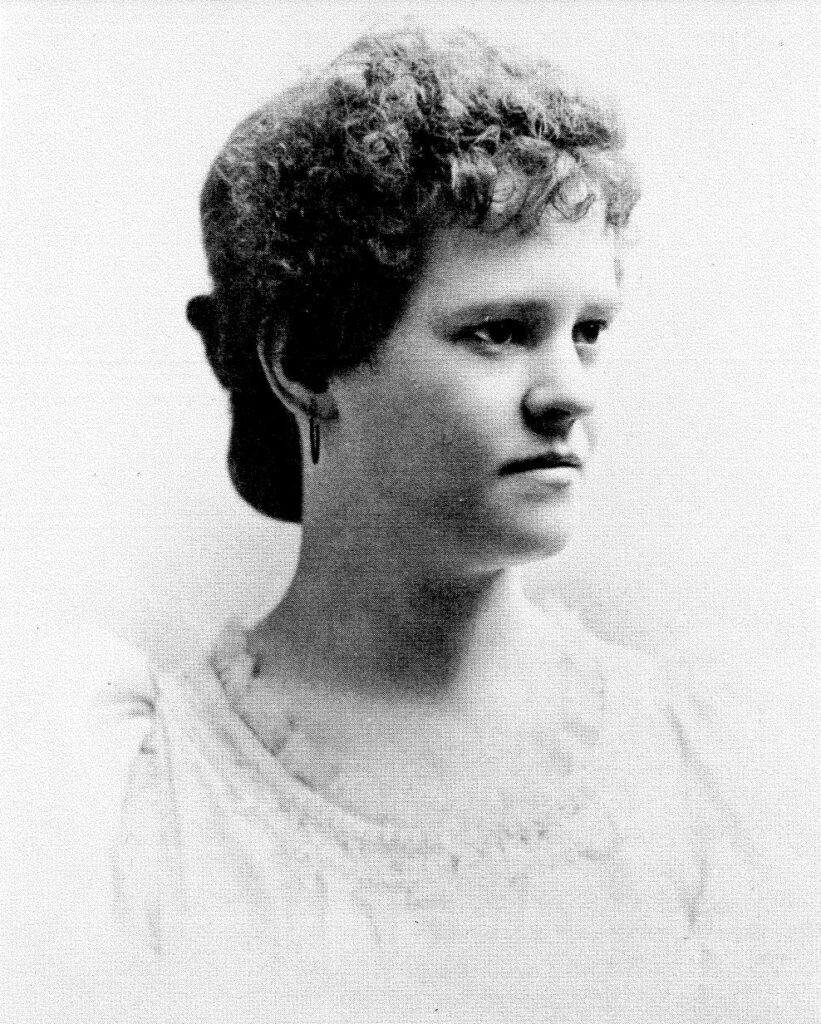
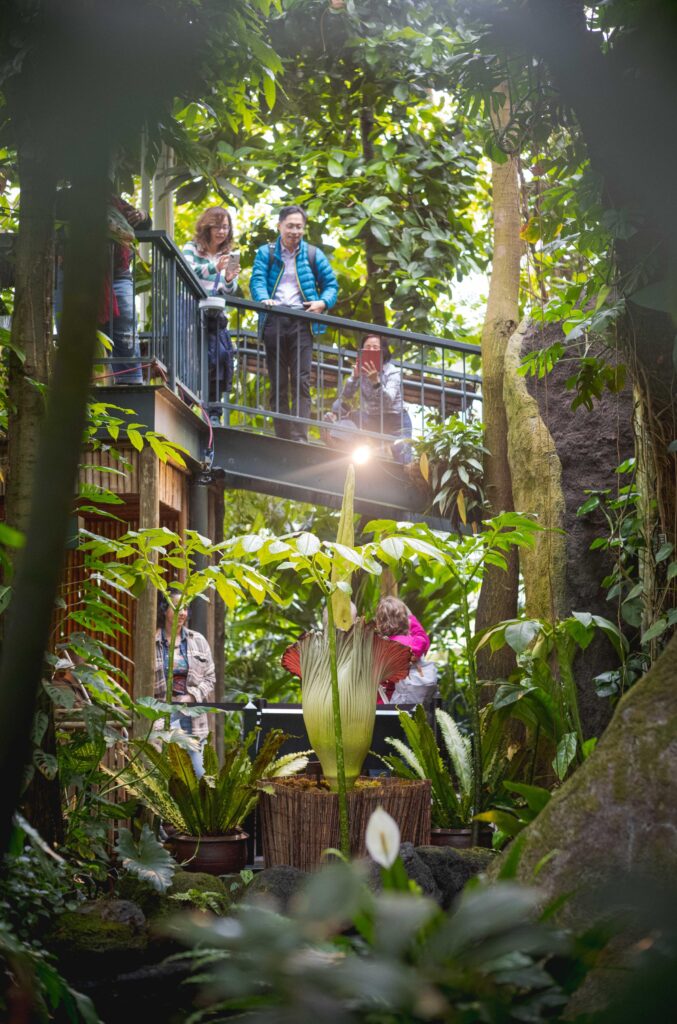

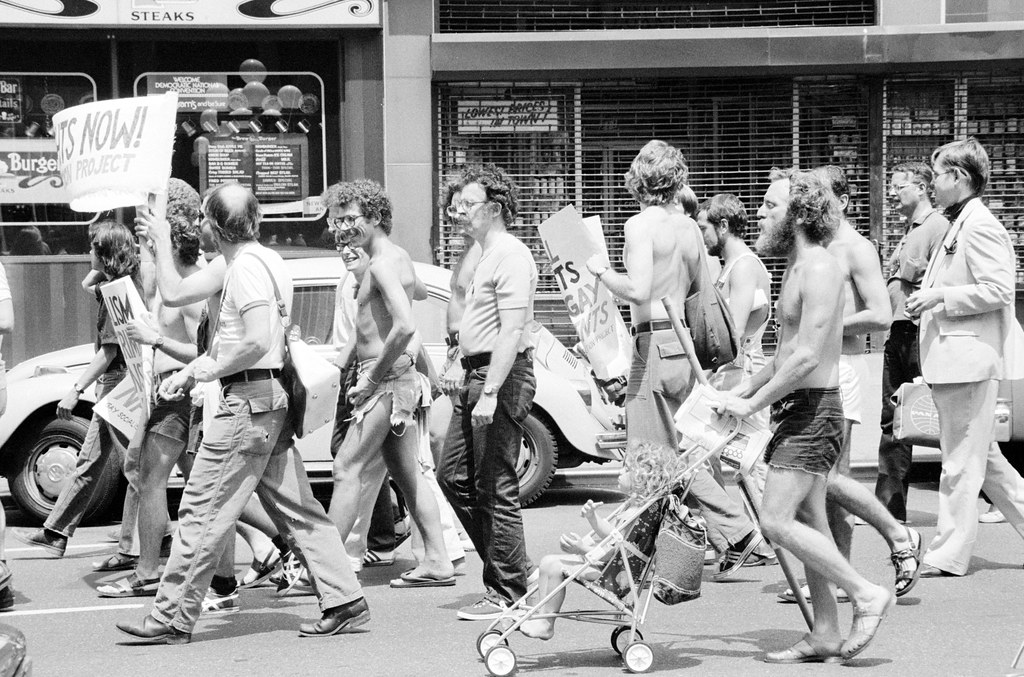
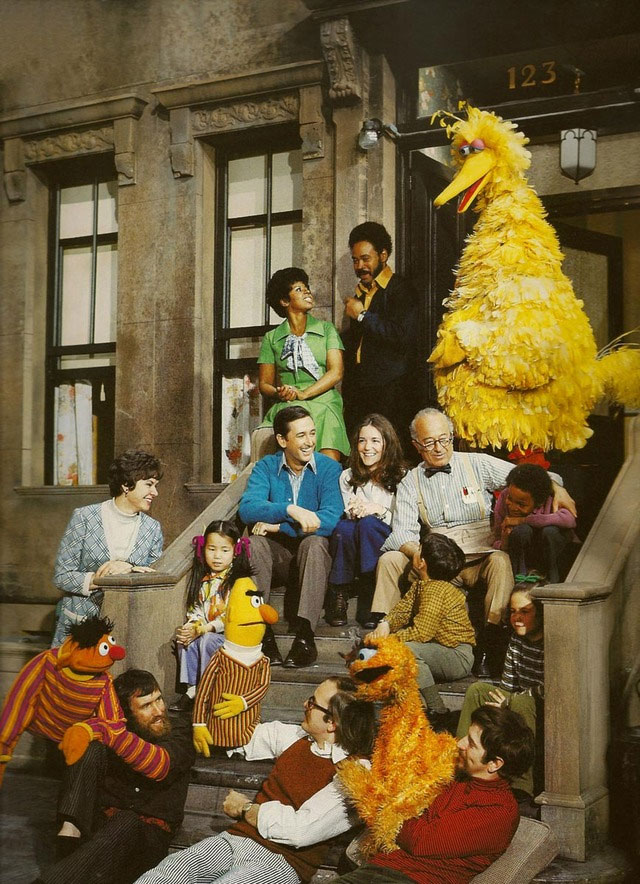
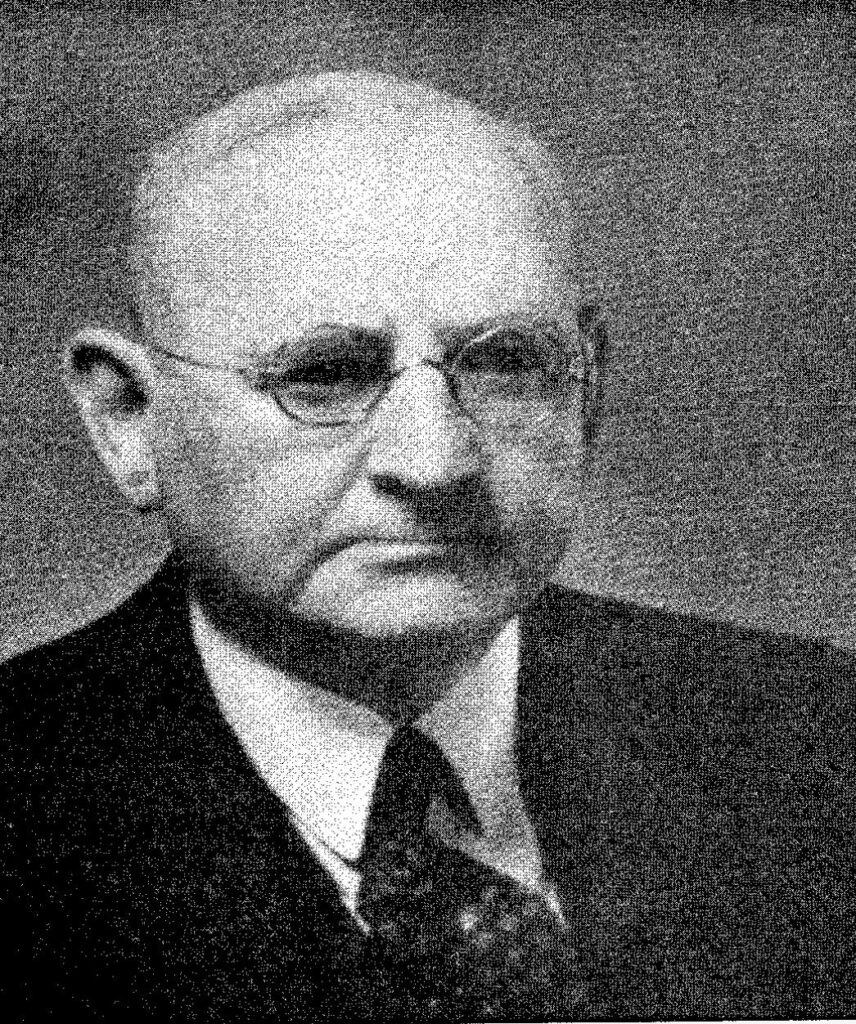
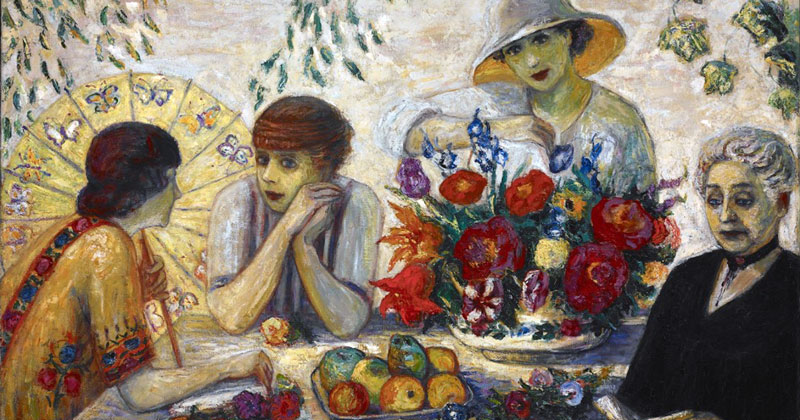

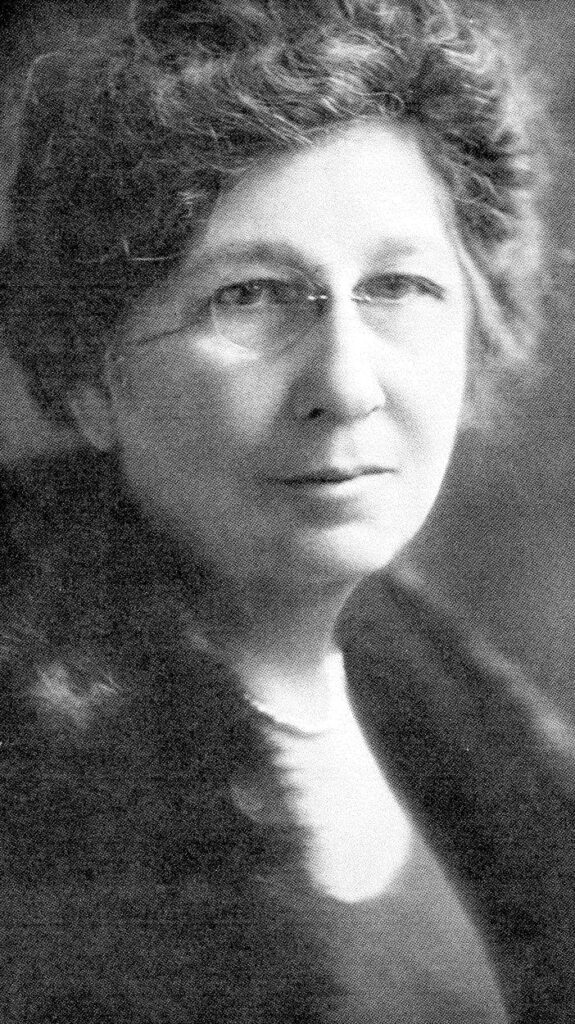
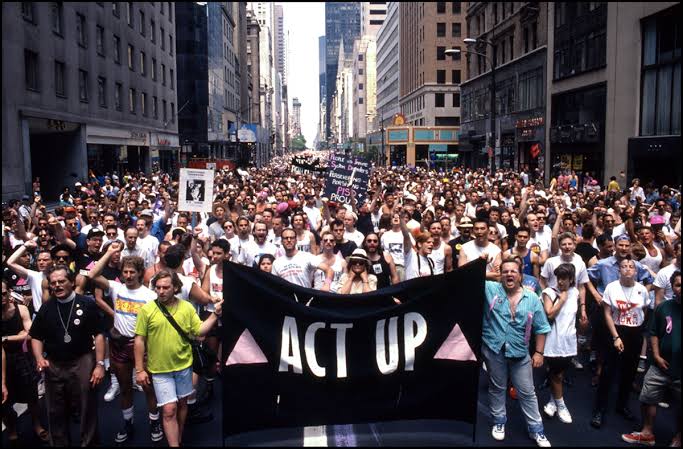
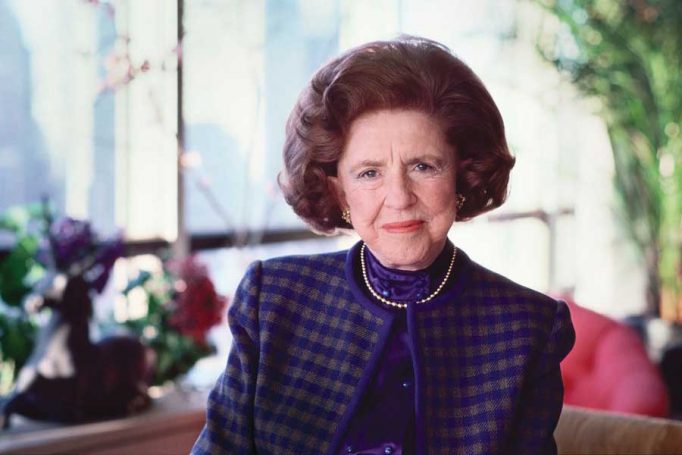
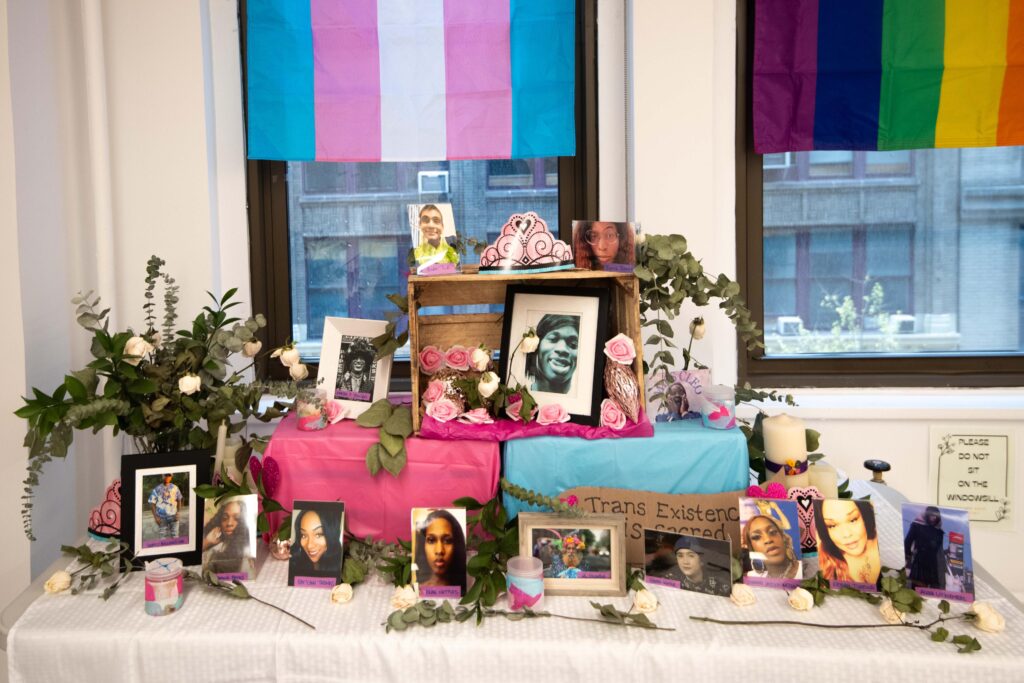
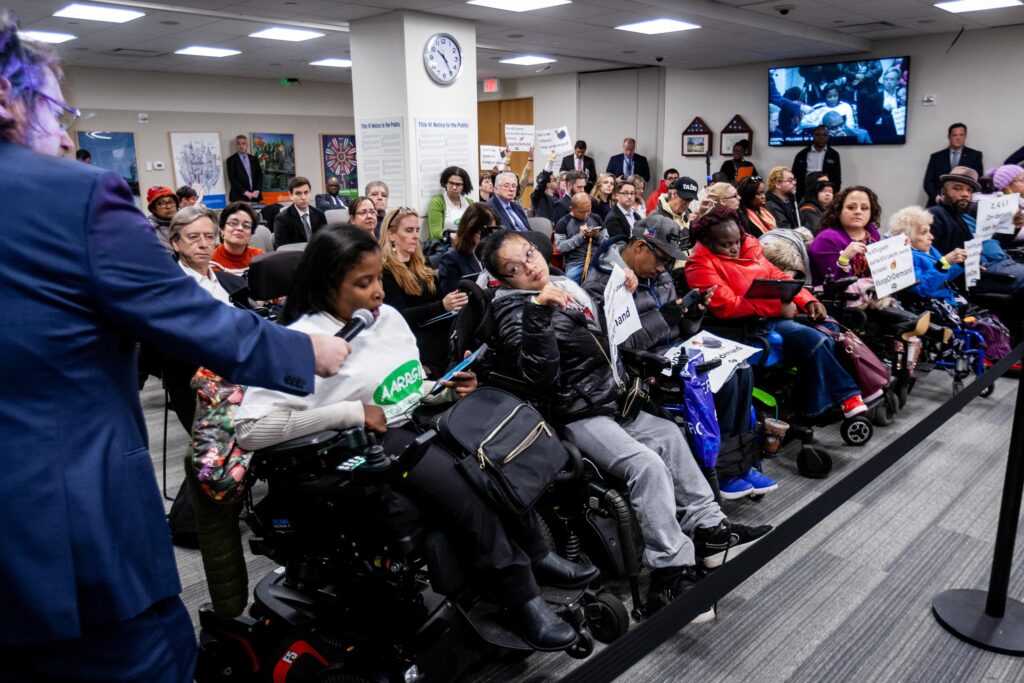
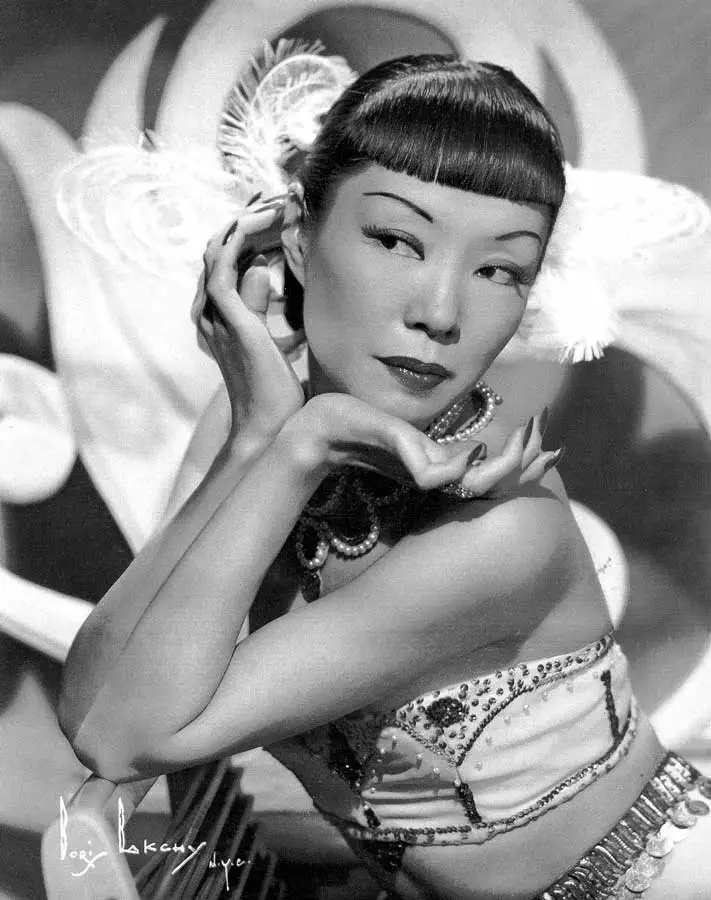
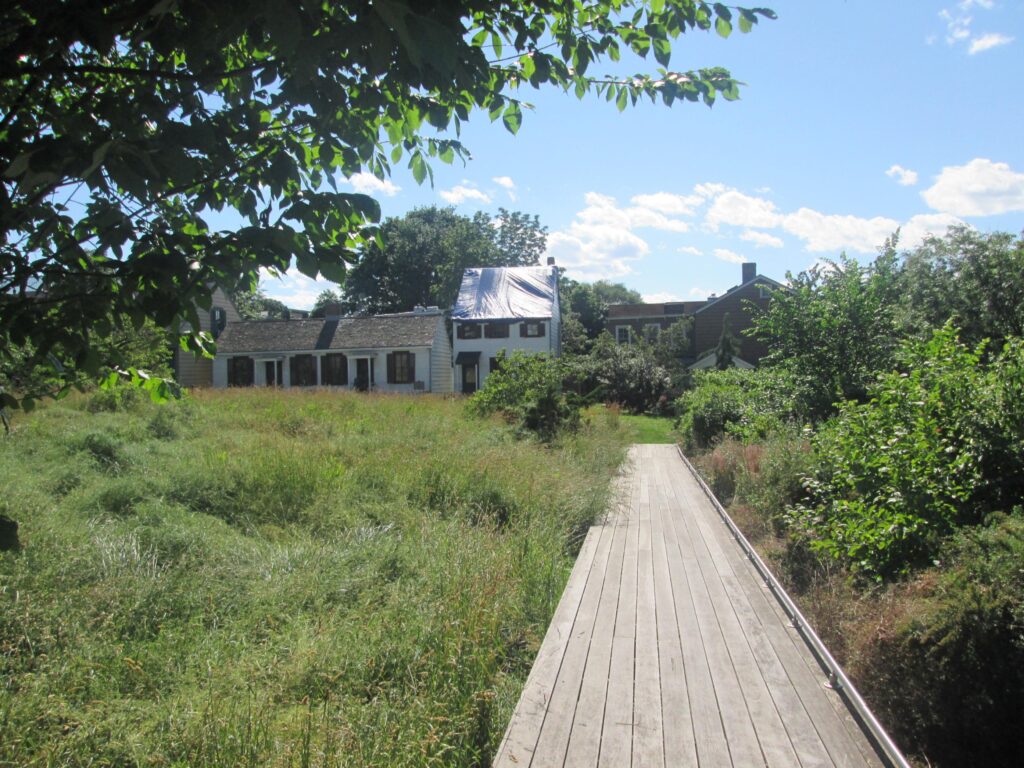
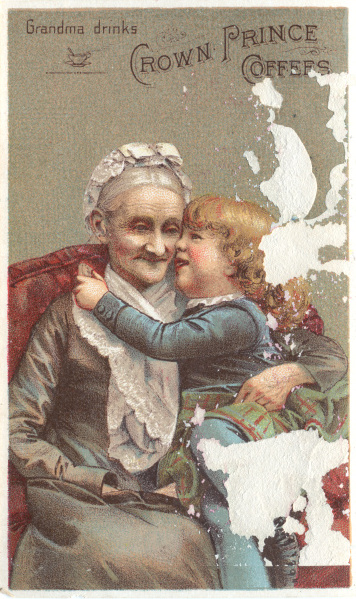
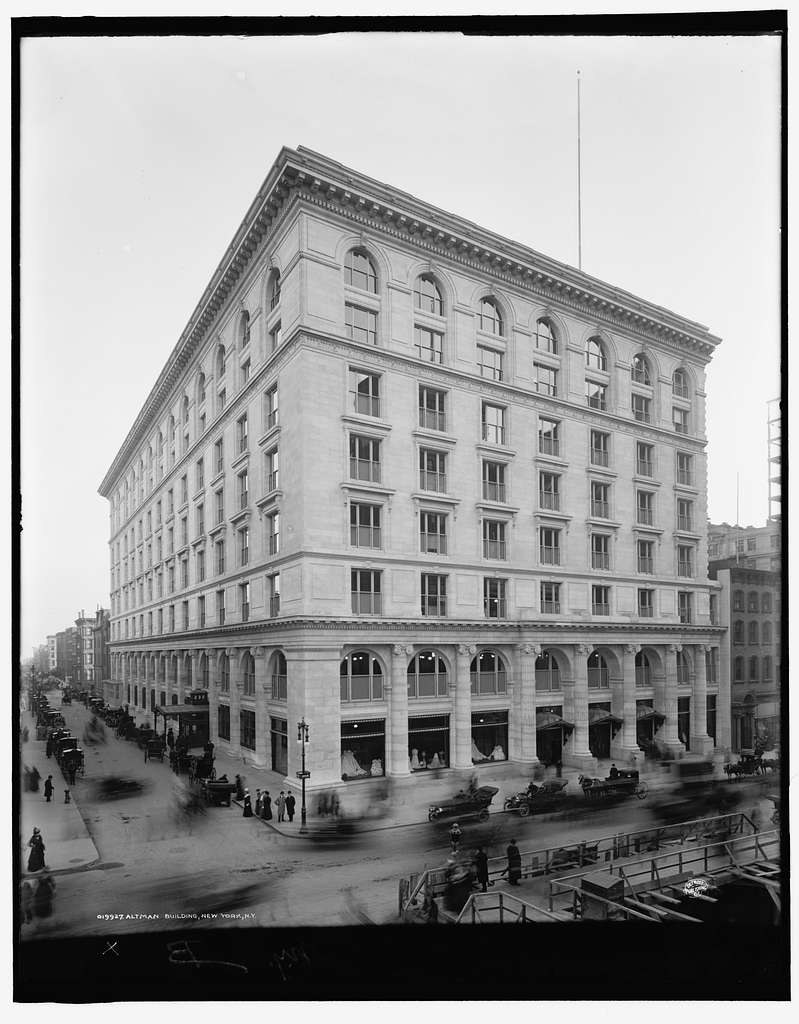
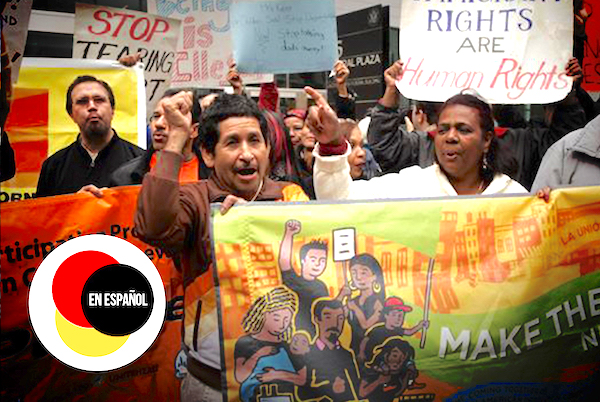
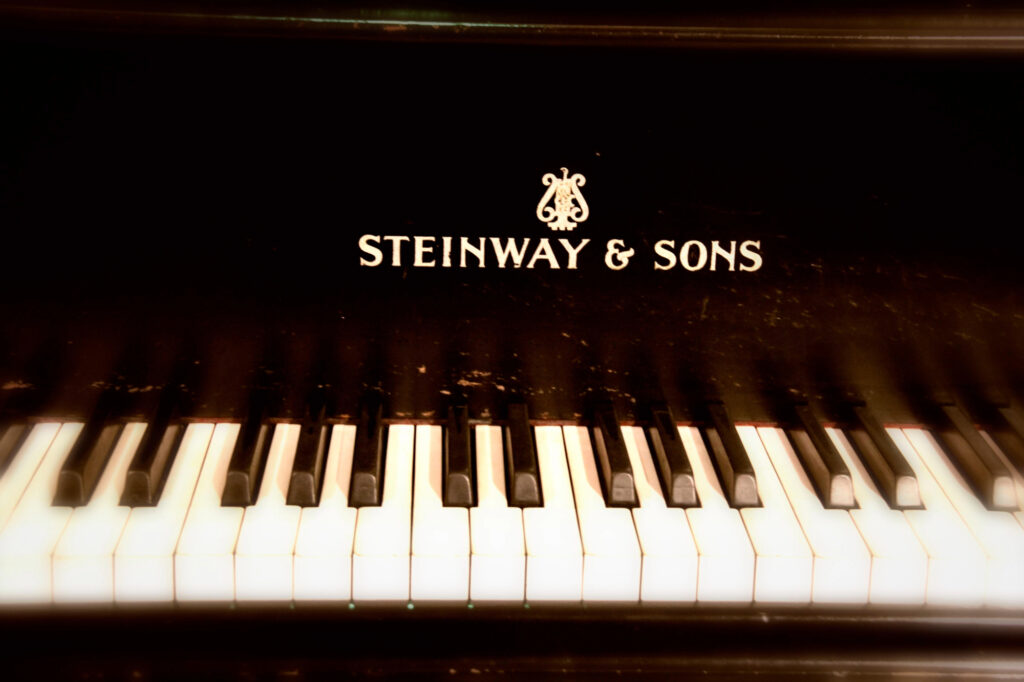
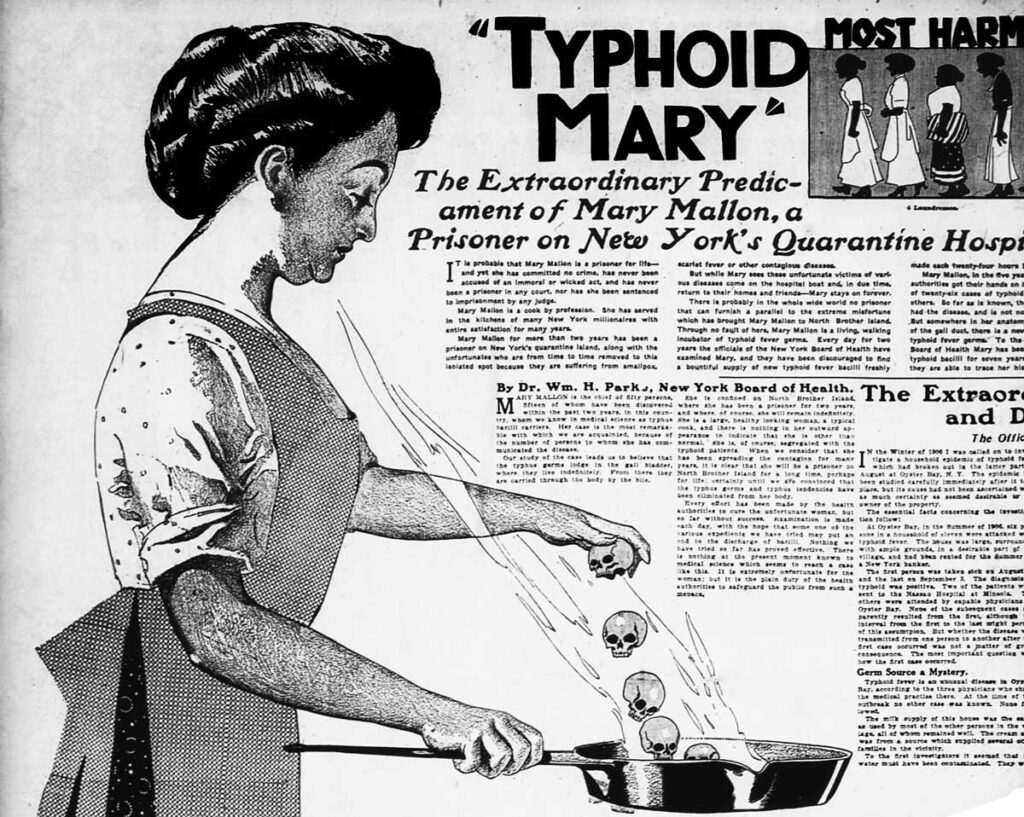
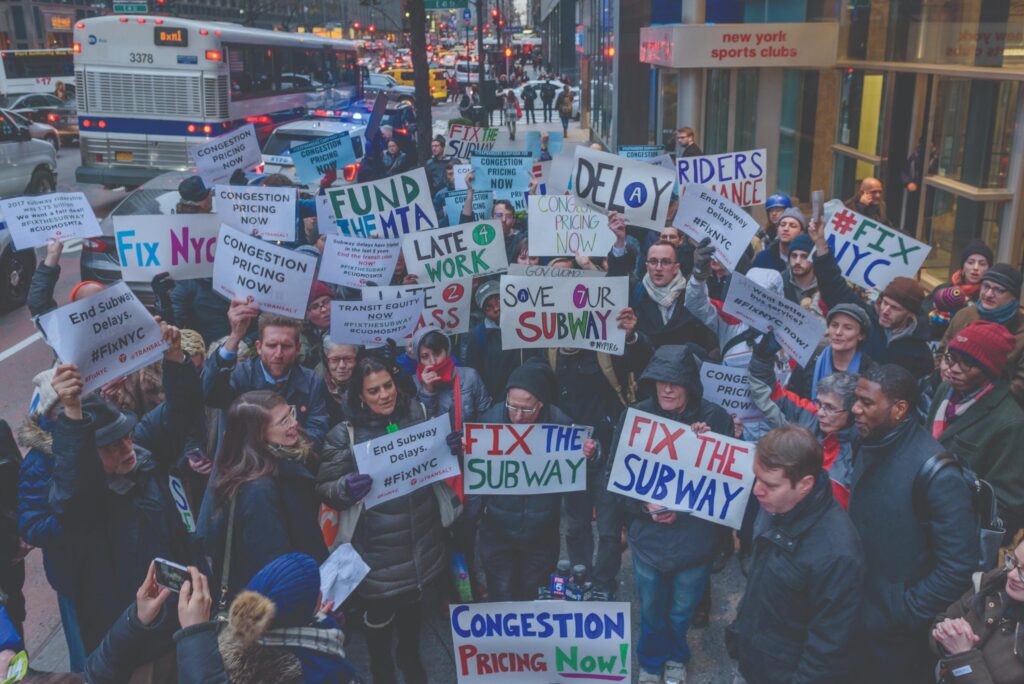
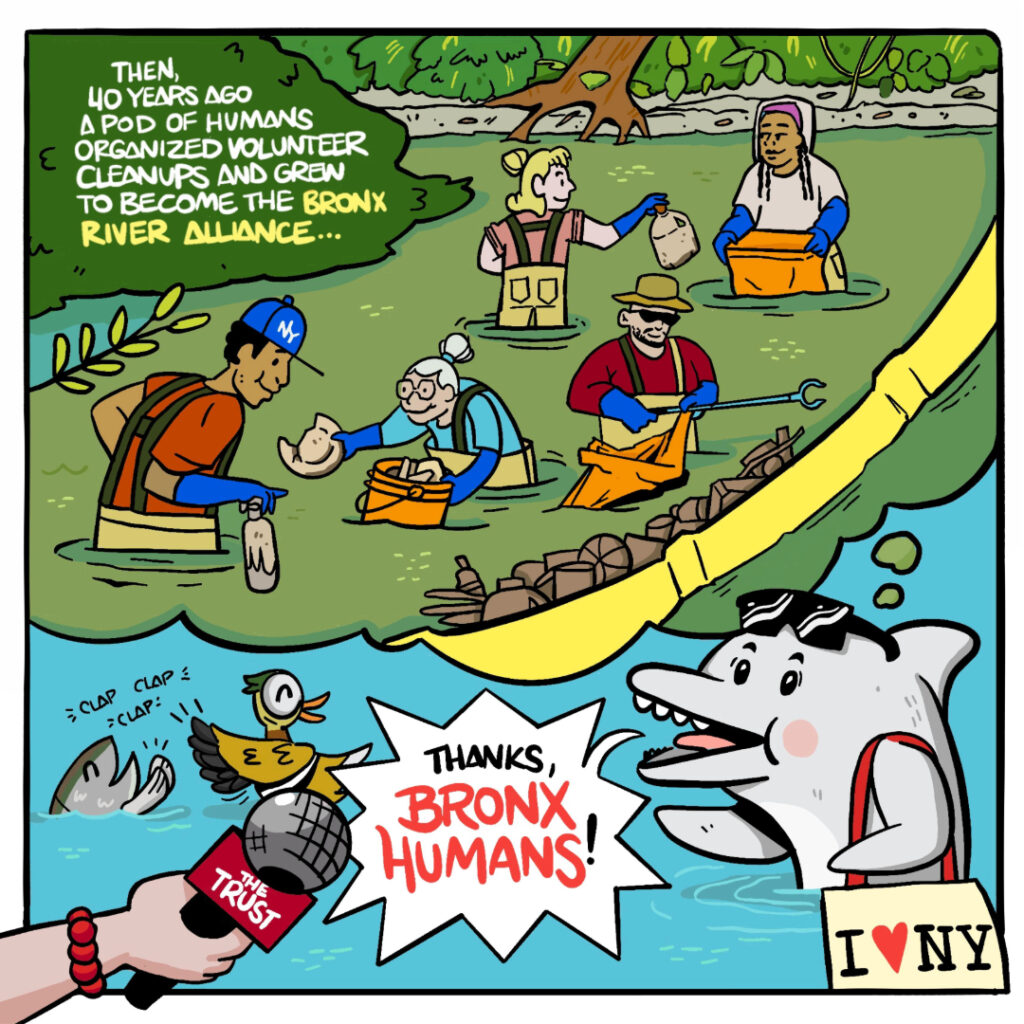
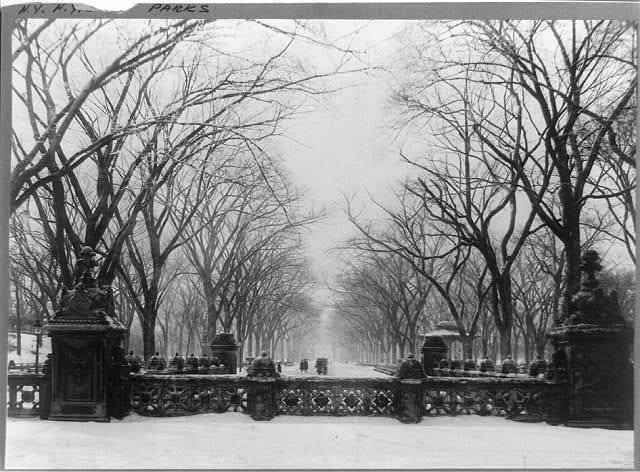
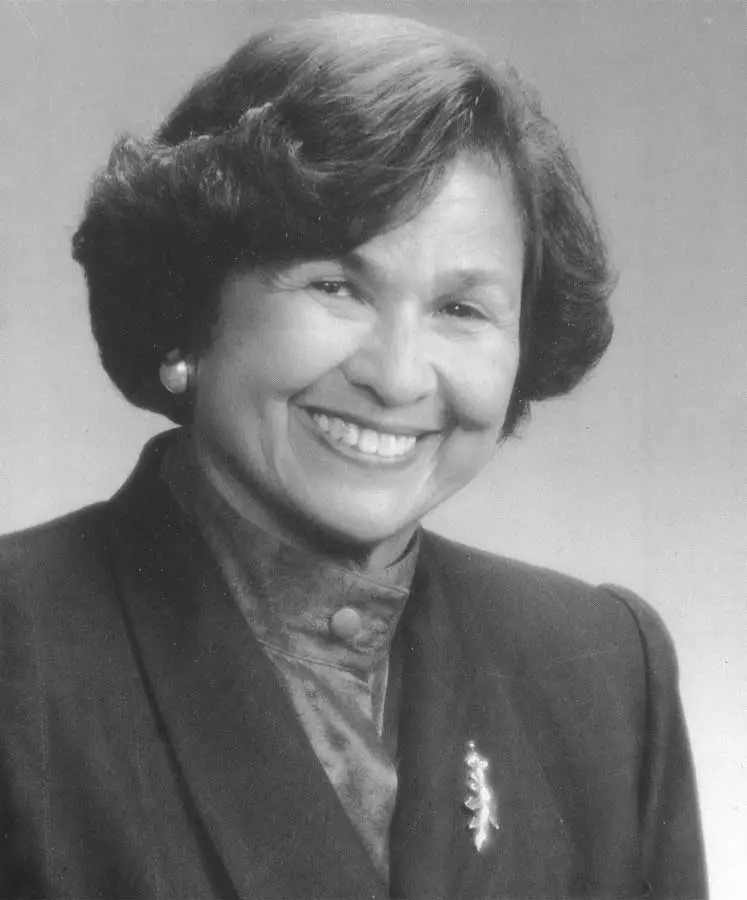
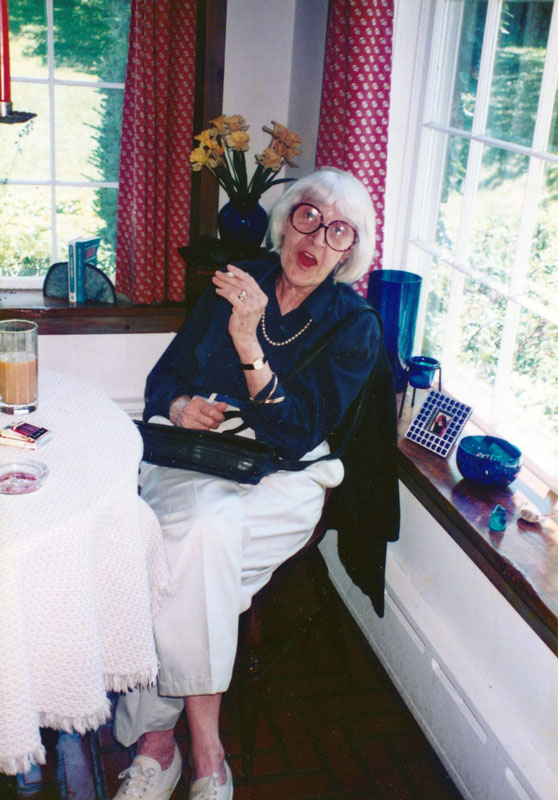

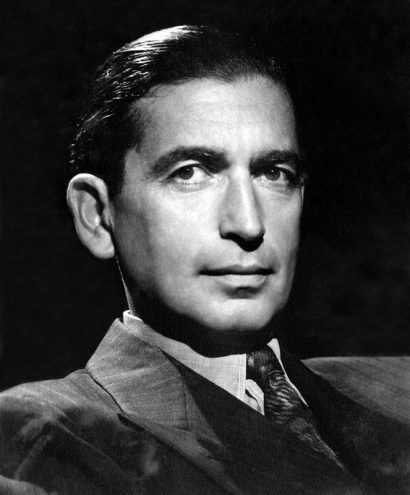
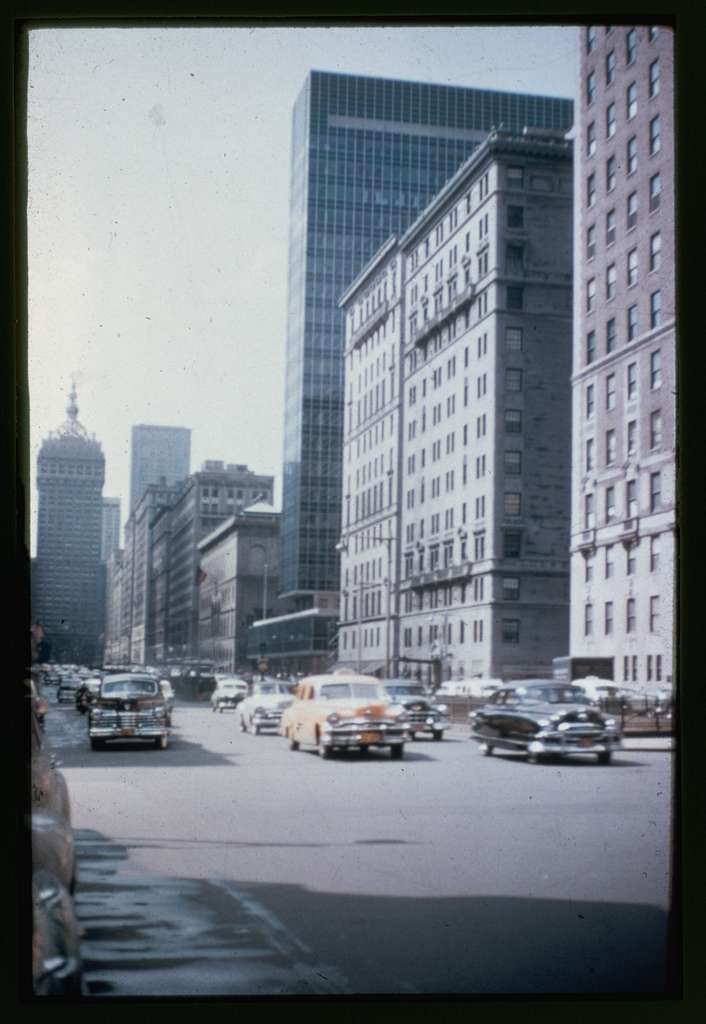

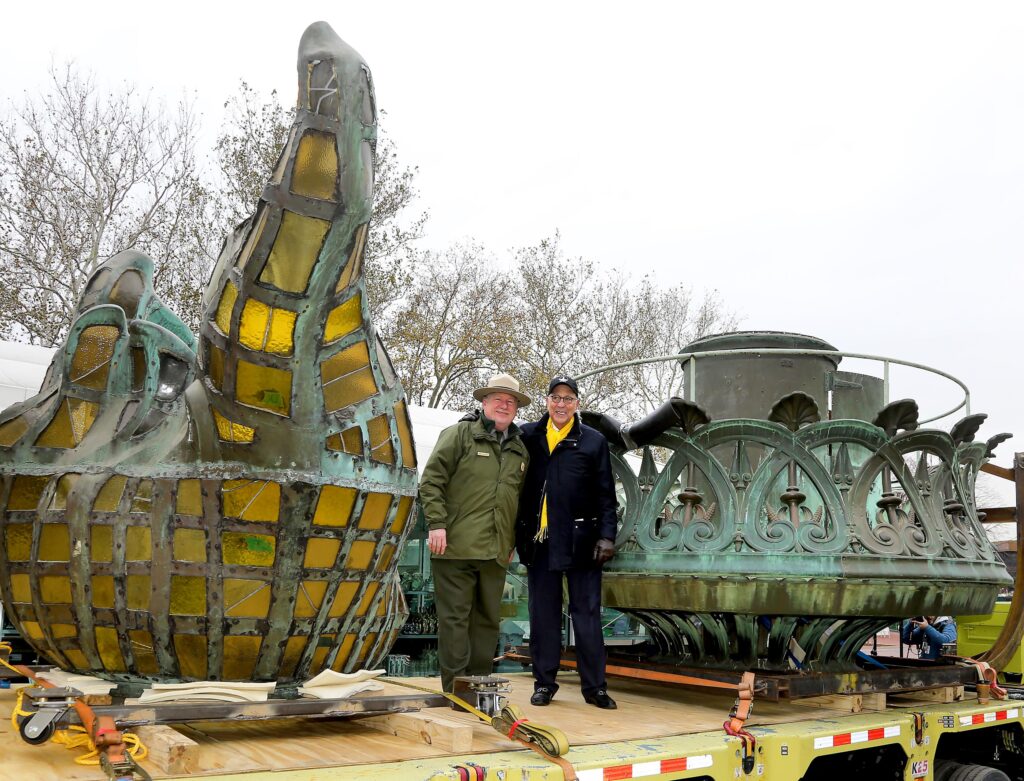

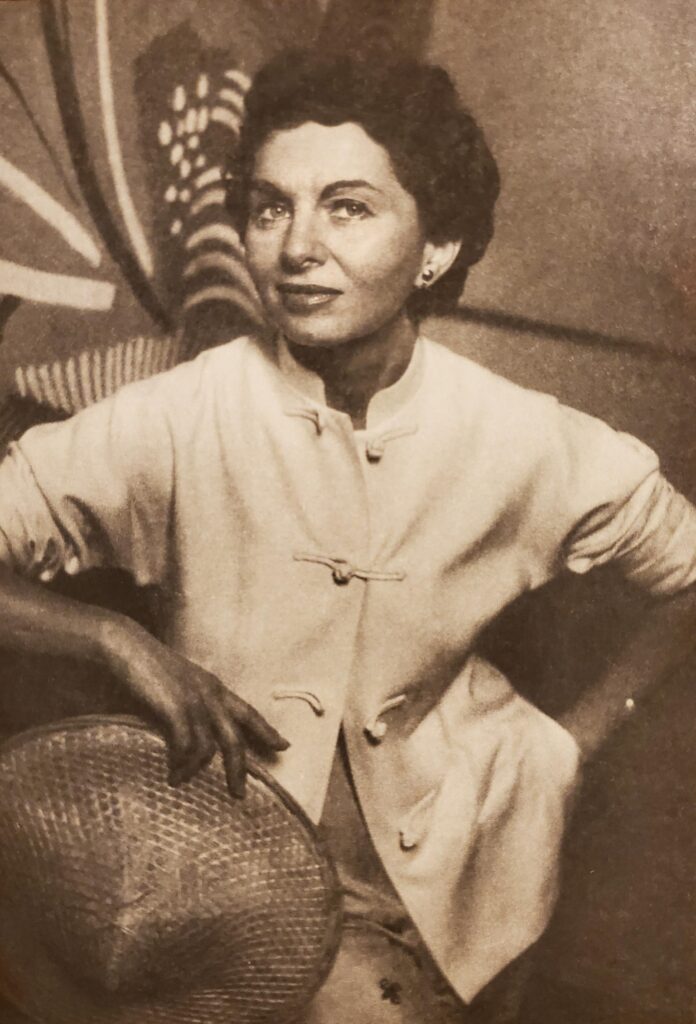

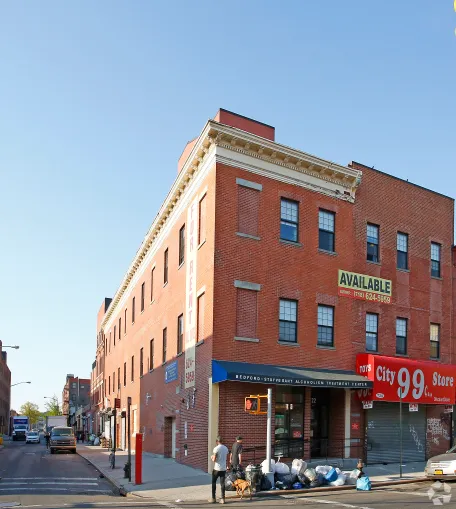

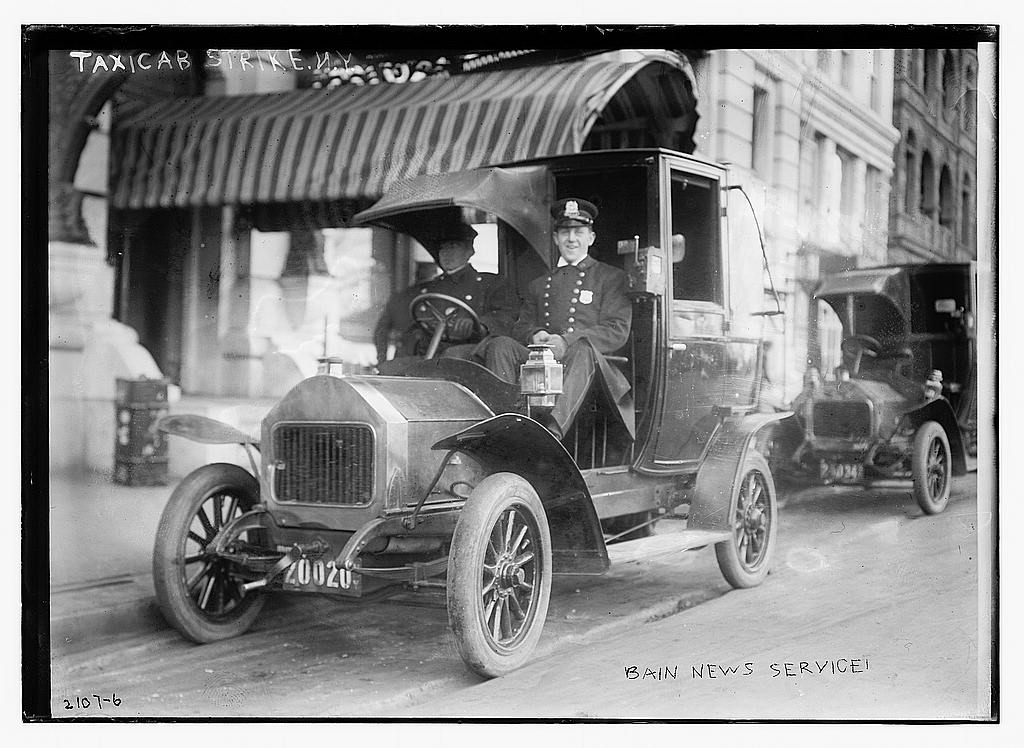
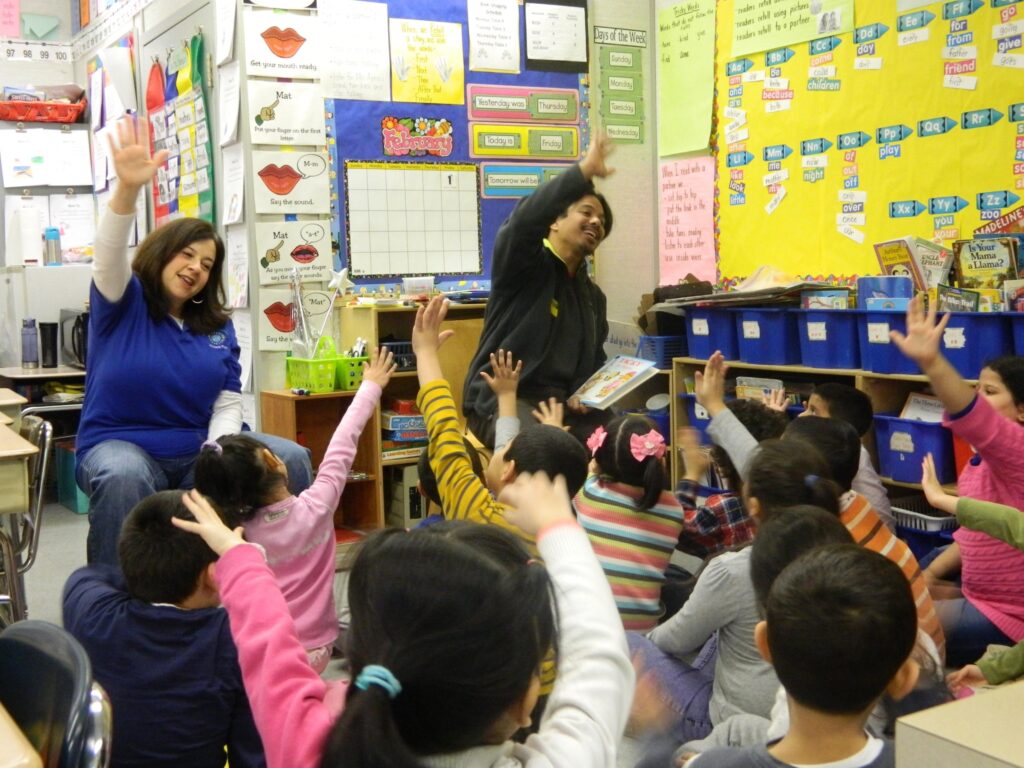

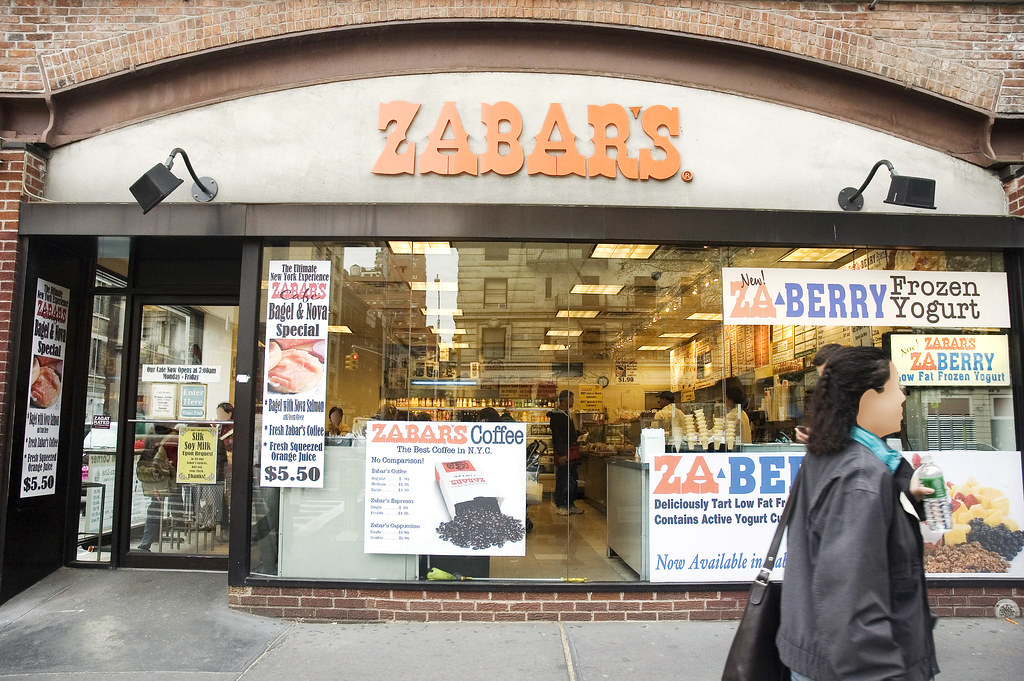
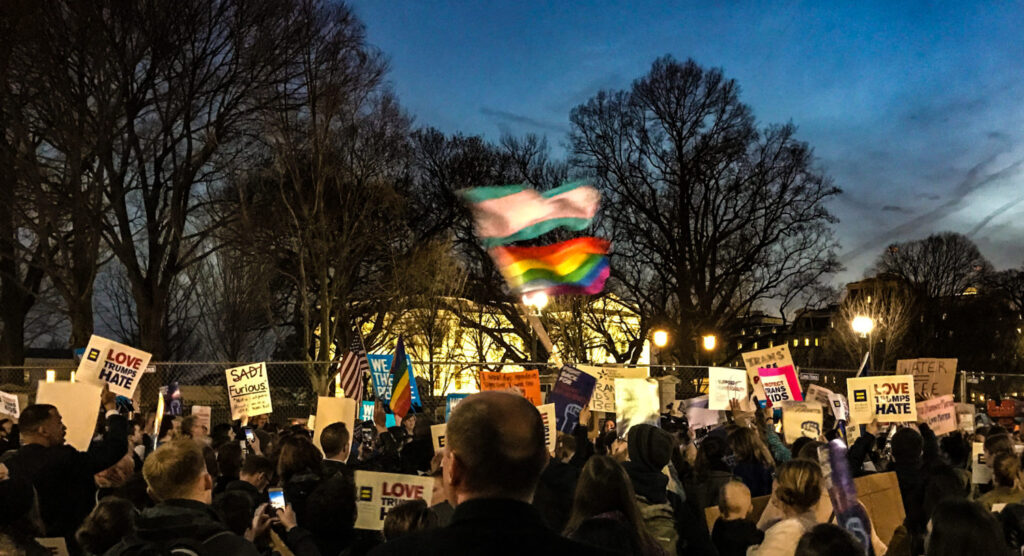
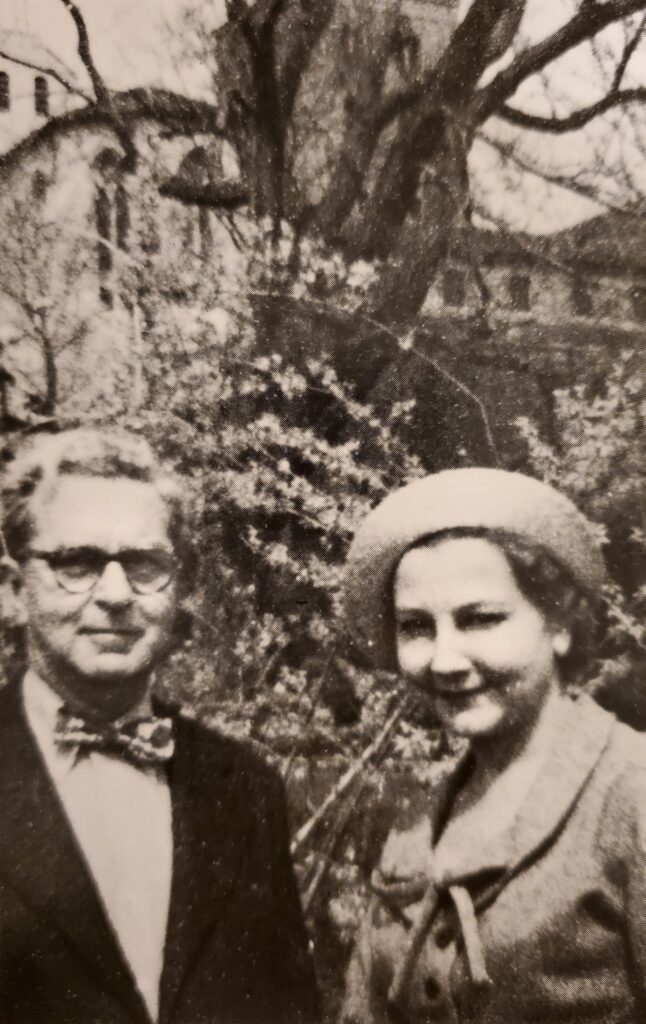

Designing Miss Piggy
As a young costume designer in New York City, Bonnie Erickson was hired by Jim Henson in 1970 to make costumes for the film The Frog Prince. Bonnie went on to design the Muppet’s prettiest porcine character, Miss Piggy, as well as the infamous duo Statler and Waldorf. She and her husband, Wayde Harrison, run a successful design and production company that has produced many beloved mascots, including the Phillie Phanatic. The couple has a donor-advised fund at The Trust.
Photo: Miss Piggy

20/20 Vision: The Birth of SUNY College of Optometry
John Lennon and Yoko Ono’s personal attorney was a successful lawyer named Morton L. Kimmelman. The son of Austrian immigrants, Morton was born in Queens in 1918. In addition to the famous Beatle, Morton also represented the Optometric Center of New York, where he befriended the Center’s executive director, Dr. Alden N. Haffner. Morton and Dr. Haffner were instrumental in the passage of state legislation that established the SUNY College of Optometry in 1971. His wife, Evelyn, memorialized him with the Morton L. Kimmelman Fund at The Trust, which supports young people through organizations such as the Adoptive Foster Family Coalition of New York.
Photo: SUNY Optometry. Courtesy of ajay_suresh/Flickr.

Fashion & Philanthropy: Bloomingdale's
For New Yorkers, a brown shopping bag from Bloomingdale’s is an accessory in its own right. The store opened in 1861, when Benjamin and Lyman Bloomingdale co-founded Bloomingdale’s Hoopskirts on the Lower East Side. Lyman’s grandson, Robert Lyman Popper, graduated from Yale in 1930, and worked for his family’s company as a junior buyer before he became vice president of Dellwood Dairy in Yonkers, NY. Robert retired at the age of 54 and devoted his life to helping others. He served on numerous health care boards and became president of the Westchester Council of Social Agencies. His wife, Ellen Goldberg, co-founded the Animal Welfare League of Westchester. Today, the Robert and Ellen Popper Fund at The Trust provides scholarships to social work students interested in health care.
Photo: Bloomingdale’s. Courtesy of Rupert Ganzer/Flickr.

A Sports Legacy: Heisman Trophy Fund for Youth Development
Each year, the Heisman Memorial Trophy is awarded to America’s most talented player in college football. Recipients of the award include Roger Staubach, Barry Sanders, and Tim Tebow. In 1936, The Downtown Athletic Club named the award after John Heisman, its first athletic director. When the Downtown Athletic Club closed in 2002, The Heisman Trust took stewardship of the trophy’s distribution. In 2017, The Heisman Trust partnered with The Trust to establish the Heisman Trophy Fund for Youth Development, which supports nonprofits who engage young people in athletic activities such as fencing and figure skating.
Photo: Courtesy of Harlem Lacrosse, which received grants from the Heisman Trophy Youth Development Fund at The Trust.

Safeguarding the Environment: Elise Jerard
Elise Jerard was born and raised in New York City and graduated from Hunter College in 1922. Early in her career, she wrote for magazines including The New Yorker. She was critical of nuclear power and an early proponent of the development of solar power. She was an advisor to multiple environmental organizations, including the Environmental Defense Fund. A fund in her name at The Trust has made grants to many nonprofits that focus on the environment, such as Green Guerillas, which helps New Yorkers cultivate community gardens, grow food, engage youth, and address issues critical to the future of food justice and urban agriculture.
Photo: Community gardening in Queens, New York City. Courtesy of Matt Green/Flickr.

Sweet Generosity: William Entenmann
Who doesn’t love Entenmann’s frosted chocolate donuts? A New York institution, William Entenmann, Sr. opened his first bakery in 1898 in Flatbush, Brooklyn, and he delivered bread and cakes door to door. Entenmann worked closely with his son William Jr., and upon Jr.’s death in 1951, Entenmann’s wife and sons reorganized the business. Home delivery no longer seemed practical and they began supplying their products to supermarkets, where to this day all New Yorkers enjoy them. The Entenmanns are represented by funds at The Trust supporting youth, health, the environment, and other Long Island causes, especially in Bay Shore where the factory had relocated.
Photo: Entenmann’s Pop’ems pumpkin donut holes. Courtesy of slgckgc/Flickr.

Improving our Coastline Through the Waterfront Alliance
In 1780, winter temperatures were so intense in New York City that New York harbor froze over. As a result, New Yorkers could travel between Manhattan, Long Island, New Jersey, and Staten Island on foot. Troops fighting in the American Revolution used the ice to transport canons between locations. Today, the New York Harbor is protected in part by the Waterfront Alliance, a coalition of 1,100 organizations that aim to create accessible and equitable waterways that are alive with commerce and recreation. The Trust made an early grant to help start the Waterfront Alliance.
Photo: The Waterfront Alliance.

She Co-Founded Citymeals on Wheels: Gael Greene
During the 1960s, few New Yorkers avidly followed the restaurant scene and few chefs were known by name. Gael Greene, who became New York Magazine’s restaurant critic in 1968 and held that position until 2000, took restaurant reviews and food criticism to a new height. In 1981, along with the teacher and food writer James Beard, she co-founded Citymeals on Wheels to deliver weekend meals for homebound older adults. The Trust gave Citymeals its first grant in 1982, which helped launch the organization.
Photo: Gael Greene.

For Education Forever: CUNY
The City University of New York (CUNY) is the largest urban university system in the United States, with a total of 25 campuses across all five boroughs. CUNY as we know it today was officially formed in 1961, but the accessible and affordable institutions it originated from are traced back as early as 1847, when the Free Academy was founded. Notable CUNY alumni include 10 Nobel Laureates, artist Faith Ringgold, filmmaker Stanley Kubrick, and singer Barry Manilow. The Trust has supported CUNY and its students by funding programs that include accelerated employment opportunities post-COVID, and space for dancers to develop, rehearse, and perform work.
Photo: The Trust helped start the CUNY Dance Initiative. Courtesy of City University of New York.

Seeds of Generosity in Queens and Brooklyn: The Brunjes Brothers
The vast majority of Brooklyn was once covered in farmland. Up until the end of the 19th century, Kings County was the second-largest provider of produce in the country. In 1882, the M.H. Brunjes & Sons seed company was founded in Brooklyn. Brothers William and George eventually took over their father’s company and expanded sales exponentially through mail-order catalogs. Today, their catalogs are in the Smithsonian’s collection. The William H. and George R. Brunjes Memorial Fund at The Trust supports the welfare of children in Queens.
Photo: An advertisement for the M.H. Brunjes & Sons seed company.

Intimate Ingenuity: The Klauber Legacy
In 1859, Rosa Klauber started a handmade lace business in Munich, Germany. The business grew to become the leading producer of lace and lingerie worldwide, but was seized by the Nazis during World War II. The Klauber family restarted their business in New York, which continues to produce lace for brands including Marks & Spencer, Hanky Panky, and Wacoal. The Edward and Edith H. Klauber Fund at The Trust has supported theater groups such as Playwrights Horizons, IndieSpace, and the Bushwick Starr.
Photo: The “Spitzenhaus Rosa Klauber” lace shop at Theatinerstrasse 35, founded by Rosa Klauber. Courtesy of Franz Kimmel/Jewish Museum Munich.

Entrepreneurial Spirit: World-Wide Group
After World War II ended, most Americans were not interested in buying German-made cars. However, brothers Arthur and Frank Stanton, along with Victor Elmaleh, made a living by importing Volkswagen Beetles, Audis, and Porsches. They convinced used car lots and bicycle shops to buy their inventory, and eventually imported over two million cars. Their success allowed them to sell their business in the 1980s and found World-Wide Group, a real estate company in New York. The company’s fund at The Trust has supported nonprofits including Fountain House, which improves health, increases opportunity, and ends social and economic isolation for people with mental illness.
Photo: A 1950s publicity photograph from Volkswagen’s historical archives shows a Volkswagen Beetle in rural Germany. Courtesy of Reuters.

Stargazer: Theodore Dunham, Jr.
Theodore Dunham, Jr., was passionate about astronomy and built his own observatory for stargazing at the age of 17. In 1936, Theodore became the scientific director of the Fund for Astrophysical Research, founded that same year by Charles G. Thompson and Alice Bemis Thompson. Today, that Fund is housed at The Trust and makes grants to support scientific investigations and research in astronomy and astrophysics.
Photo: Theodore Dunham, Jr. Courtesy of Mount Wilson Observatory.

We've Got You Covered: Umbrellas
100 years ago, Brooklyn was the center of the umbrella industry. John U. Burt and his partner, William Rich, manufactured umbrellas at a factory on Pacific Street in Brooklyn and sold them at large stores in Manhattan. Today, a fund in the names of John U. and Minnie M. Burt has helped treat and research children’s diseases.
Photo: An 20th-century advertisement for John U. Burt’s and William Rich’s umbrellas.

An Advocate for Women: Elizabeth Scott Harms
While on a visit to Estonia in 1926, journalist Elizabeth Scott Harms observed a feminist outlook held by many of the nations’ women. She wrote about her experiences in Vogue magazine. In 1932, she became an activist for women’s rights in New York State. She used her own money to found the New York Legislative Service, a research organization which she led for 44 years. Today, a fund in her name at The Trust ensures the betterment of New York.
Photo: Elizabeth Scott Harms.

Sugar Executive Supports Healthcare: Nathaniel Tooker
Between 1870 and 1887, sugar refineries were one of the New York area’s most important businesses, processing nearly 70% of all imported raw sugar in plants located in Brooklyn, Queens, Yonkers, and New Jersey. Nathaniel Tooker was vice president of the Cuban-American Sugar Co., and a director of the National Sugar Refining Co. in Yonkers. Nathaniel passed away in 1911, but his legacy lives on through the Nathaniel and Sarah Tooker Fund at The Trust. The fund has supported many healthcare organizations.
Photo: News highlighting Nathaniel Tooker’s profitability due to the National Sugar Refining Co.

A Generous Adventurer: Charles Leopold Bernheimer
Charles Leopold Bernheimer was a commercial arbitrator who was interested in paleontology. Although he made his fortune in the textile business, he enjoyed exploring cliff ruins and hunting for dinosaur bones in New Mexico, Arizona, and Utah. The American Museum of Natural History sponsored his expeditions to the west in the 1920s. Today, the Museum houses the relics and bones he acquired, as does the Carnegie Institute and the Smithsonian. His fund at The Trust supports organizations that offer legal services, such as Bronx Defenders, New York Legal Assistance Group, and Community Mediation Services.
Photo: Charles Leopold Bernheimer.

A Roof Over Their Heads: Lefrak City
Lefrak City, an apartment development built between 1962 and 1971 in central Queens, is home to over 15,000 residents in 4,600 apartments. Famous residents have included rappers Akinyele and Kool G Rap; basketball players Kenny Anderson, Bryant Dunston, and Kenny Smith; and fashion designer Telfar Clemens. Samuel J. LeFrak was a champion of middle-class housing, leading the Lefrak Organization, a property development group founded by his grandfather in 1905, from 1948 to 1975. The organization is responsible for constructing close to 200,000 moderately priced apartments in New York’s five boroughs, Westchester, Nassau, and New Jersey; one of its signature projects remains Lefrak City. In 1999, LeFrak established a fund at The Trust.
Photo: Lefrak City. Courtesy of Matt Green/Flickr.

Investing in Astronomers: Lancelot M. Berkeley
Lancelot M. Berkeley was a lawyer and amateur astronomer who published two books on astronomy and navigation. In his will, he left money for an annual prize to be given to a scientist who accomplished the most meritorious work in the advancement of astronomy. Since 2010, the American Astronomical Society has selected a recipient for the Lancelot M. Berkeley Prize through The Trust. The 2023 prize was awarded to the Gaia Collaboration, which developed a space telescope that is creating the largest and most precise 3-D map of our galaxy in existence.
Photo: This image from NASA Galaxy Evolution Explorer is an observation of the Andromeda galaxy, the largest in the local group of galaxies that includes our Milky Way. Courtesy of NASA/JPL/California Institute of Technology.

Westchester Restoration: The Saw Mill River
The Saw Mill River watershed was settled by the Dutch in the 17th century. It is a 23.5–mile tributary of the Hudson River in Westchester County, and flows parallel to the Saw Mill River Parkway—a major suburban commuter thoroughfare. The river was neglected for decades. The Trust provided grants to Groundwork Hudson Valley to build community-based stewardship of the Saw Mill River and its watershed. In 2001, Groundwork Hudson Valley created the Saw Mill River Coalition—which included municipalities, community groups, and environmental organizations—to work together to restore and protect the river corridor.
Photo: This section of the Saw Mill River was uncovered in Yonkers due to community advocacy. Courtesy of Groundwork Hudson Valley.

A Piece of Old New York: Queens County Farm Museum
Dating back to 1697, the Queens County Farm Museum occupies New York City’s largest remaining tract of undisturbed farmland and includes historic farm buildings, a greenhouse, livestock, planting fields, an orchard, and an herb garden. The livestock reflect the agricultural history of the region and enjoy a varied diet thanks to the farm’s vegetable operation, perennial spaces, and weeding practices. The farm’s hens, goats, sheep, and alpacas are fed supplemental fermented grain, supplied by Bridge and Tunnel Brewery in Ridgewood, Queens. The chickens eat day-old bagels donated by What-A-Bagel in Glen Oaks. The Trust supports the farm and its healthy livestock initiatives.
Photo: By Ari Mintz.

Father of Sports Law: George Gallantz
George Gallantz, who worked at the Manhattan firm Proskauer Rose, was a founding father of sports law. In 1976, when the National Basketball Association merged with their rival, the American Basketball Association, George was instrumental in the court proceedings. Today, the Laly & George Gallantz fund at The Trust supports many causes, and has made grants to support immigrants and low-income Queens residents.
Photo: George Gallantz. Courtesy of Proskauer Rose.

Keeping New York City Green: Hejaz Tree Conservation Fund
The Hejaz Tree Conservation Fund at The Trust supports green spaces in New York City. The fund was created by Abdel H. Afghani, who was born in Saudi Arabia and left his home country in his twenties to create a new life in America. While Afghani dreamed of pursuing a farming career in Pennsylvania, he eventually settled in Staten Island, where he became an accountant for Bankers Trust Co. But thanks to grants from his fund, New Yorkers everywhere benefit from more trees flourishing in the Bronx’s forests, Manhattan’s parks, and beyond.
Photo: Courtesy of Johannes Plenio/Pexels.

Artist, Journalist & Advisor: Eleanor Franklin Egan
Eleanor Franklin Egan began her career as an actress, then worked as a theater critic before becoming America’s first female war correspondent. In 1922, President Warren G. Harding appointed Eleanor to the advisory committee of the Washington Disarmament Conference. After her passing, friends created a fund in Eleanor’s honor to support writers, editors, and other literary workers. The Eleanor Franklin Egan Memorial Fund at The Trust has made grants to PEN America, New York Writers Coalition, and Asian American Writers’ Workshop.
Photo: Eleanor Franklin Egan’s journey as a war correspondent. Illustration courtesy of Jai the Sketch Guy, commissioned by The New York Community Trust.

A Twist on Ballet: Les Ballets Trockadero de Monte Carlo
Les Ballets Trockadero de Monte Carlo, a distinctly New York institution, was founded in 1974 to present a playful, entertaining view of traditional, classical ballet. The company of professional male and nonbinary dancers performs the full range of the ballet and modern dance repertoire, including classical and original works in faithful renditions of those dance styles. The Trocks, as they are affectionately called, have performed all over the world, expanding gender norms and increasing the audiences for classical ballet. A recent grant from The Trust helped the company improve their digital marketing to reach broader audiences.
Photo: Trocks dancers performing on stage. Courtesy of Secretaría de Cultura de la Ciudad de México.

An Elevated Taste: Lee Bailey
Lee Bailey, a food and lifestyle expert, was a pioneer in elevating table settings and decor, authoring 18 books on cooking and entertaining. He was a lavish host and entertained Nora Ephron, Liz Smith, and Helen Gurley Brown, among others, at his home in Bridgehampton. He established a fund at The Trust to support educational and related programs for low-income young children and infants, helping them reach their full potential. A grant from his fund recently trained teachers to use oral storytelling to promote language development in toddlers.
Photo: Courtesy of Pigtown Design.

New York City's Oldest Restaurant: Fraunces Tavern
The Fraunces Tavern, dating back to 1762, is considered the oldest restaurant in New York City. Many historical figures dined and stayed at the Tavern, most notably, George Washington, who used the building as a temporary headquarters in 1783. In 1907, a museum was established above the restaurant, and The New York Community Trust has been a supporter.
Photo: The Fraunces Tavern in the early 20th century.

Fighting for Racial Justice: The NAACP Legal Defense and Educational Fund
The NAACP Legal Defense and Educational Fund is a leading civil and legal rights organization based in New York City. Its most famous case, Brown v. Board of Education (1954), led the U.S. Supreme Court to outlaw racial segregation of public education facilities. During the civil rights protests of the 1960s, the Legal Defense Fund represented “the legal arm of the civil rights movement” and provided counsel for Dr. Martin Luther King Jr., among others. The Trust and its donors continually support this organization.
Photo: Students protesting school closures following the 1954 Brown v. Board U.S. Supreme Court decision.

More Than Books: Brooklyn Public Library
Of New York City’s five boroughs, Brooklyn has the largest population, with 2.7 million residents. The Brooklyn Public Library has supported Brooklynites since the first branch opened in 1892. It now has 61 locations. With a recent grant from The Trust, the Library expanded workshops for older adults interested in becoming more familiar with technology. A grant from The Trust also helped the library connect card holders with a free Culture Pass, which provides free access to the city’s cultural institutions.
Photo: The Main Branch of the Brooklyn Public Library in the 1940s.

Creatures of the Past: Museum of Natural History
Long before the hustle and bustle of humans commuting around New York, many prehistoric creatures roamed the state. These creatures included megafauna mammals such as the giant beaver, which could reach a height of 7.2 feet, the American mastodon, a relative of the mammoth and elephant, and reptiles like the small and fast Coelophysis dinosaur. Every year, flora and fauna-loving Trust donors support the American Museum of Natural History, which displays Coelophysis specimens in its Hall of Dinosaurs.
Photo: The American Museum of Natural History in 1913.

Knowledge & History: The New York Public Library
The New York Public Library is the second largest library system in the country and the third largest in the world. It has a collection of unusual objects belonging to notable authors, which includes an umbrella owned by P.L. Travers (author of Mary Poppins), the writing desk of Charlotte Brontë, the real stuffed animal that inspired Winnie-the-Pooh, and a lock of hair belonging to Walt Whitman. The Trust and its donors have continued to support the Library year in and year out.
Photo: Courtesy of The New York Public Library/Jonathan Blanc.

The Engineers Who Built NYC: The Moles
When it was completed in 1883, the Brooklyn Bridge was the longest suspension bridge ever created. The iconic bridge took 14 years to build with a team of 600 workers. In 1936, a group of engineers who were passionate about building bridges, tunnels, dams, and highways created an organization called The Moles, with the mission of promoting the interests of the heavy construction industry. In 1996, they created a fund at The Trust that provides scholarships for students pursuing careers in engineering. To date, the fund has awarded more than 400 scholarships to future engineers.
Photo: The Moles.

Worship & Wonder: St. John the Divine
Construction on the Cathedral of St. John the Divine on Amsterdam Avenue in the Morningside Heights neighborhood of Manhattan began in 1892. After several plan changes, and fires damaging parts of the cathedral in 2002 and 2019, construction remains incomplete. Nevertheless, the Cathedral is the world’s sixth largest church by area. Hundreds of events are held there every year, many serving and advocating for New York’s low-income and underresourced communities. The Trust has assisted many of its efforts to feed the hungry and preserve its historical structure.
Photo: The Cathedral of St. John the Divine on Amsterdam Avenue. Courtesy of Wiki Commons.

Supporting Seafarers: Seamen’s Church Institute
In 1834, New York was a bustling port city receiving cargo ships from around the world. Seafarers were vital to this trade. These men were mostly first-generation Americans, recent immigrants from Europe, or foreign nationals. The Seamen’s Church Institute of New York, then named the Young Men’s Church Missionary Society, was formed to offer spiritual, emotional, and physical care to seafarers as well as provide continuing mariner education training. Headquartered in Lower Manhattan, the Institute continues the same work today with the support of The Trust.
Photo: Courtesy of Seamen’s Church Institute, 1915.

NYC's First Radio Station: WNYC
In 1922, Grover A. Whalen, New York City’s Commissioner for Plant and Structures, had the idea to create a city-owned and -operated radio station. Two years later, WNYC began broadcasting. On December 7th, 1941, WNYC was the first U.S. radio station to announce Japan’s attack on Pearl Harbor. Today, WNYC Radio, the flagship station of New York Public Radio, is the most listened-to public radio station in the United States. The Trust and its donors consistently support New York Public Radio’s work; Trust grants have enhanced local news reporting, helped promote arts and culture programming, and more.
Photo: Standing L to R: Miriam Cutler, Dulcie Rogers, Marilyn Tack, Patti Bolton, Lynn Thiras and seated: Anita Paige, Lillian Blake, and Rita Ostrow. They celebrate WNYC’s 25th anniversary in 1948. Courtesy of WNYC.

Preserving a Unique Ecosystem: Long Island Pine Barrens Society
Long Island Pine Barrens Society
When picturing Long Island, most think of its expansive beaches. But it is also home to over 200 square miles of Pine Barrens, an ecosystem known for its acidic, low-nutrient water and soils. Two hundred years ago, the Pine Barrens covered one-fourth of the Island. The Long Island Pine Barrens Society works to prevent further development of the woodlands and protect the clean drinking water reservoirs within it. Grants from The Trust have organized public education campaigns and guided hikes that educate people about the importance of land preservation and water quality.
Photo: The Pine Barrens courtesy of the Long Island Pine Barrens Society.

Opera Scholarships at Juilliard
Founded as the Institute of Musical Art in 1905, The Juilliard School at Lincoln Center is a world leader in performing arts education. The school’s mission is to provide the highest caliber of education for gifted musicians, dancers, actors, composers, choreographers, and playwrights. It was founded by Frank Damrosch, the former head of music education for New York City’s public schools and the godson of Hungarian composer Franz Liszt. The Trust supports scholarships at Juilliard through a fund that memorializes Anna E. Schoen-René, a German opera star and distinguished vocal teacher at Juilliard.
Photo: The Julliard School courtesy of NatalieMaynor / Flickr.

Grand Dame of Opera: Dr. Coco Lazaroff
Dr. Coco Lazaroff, a transgender dentist, was known as the Grand Dame of Opera in the New York performing arts community. To Coco, opera was a little bit of everything she loved: “It is music. It is theater. It is ballet. . . When you put them in one bowl, opera comes out. When they all work, it’s a masterpiece.” Coco financially supported the creation of operas and was a patron of the Metropolitan Opera for many years. She passed away in 2018 and left a fund at The Trust that supports trans-femme gender-affirmation surgery.
Photo: Dr. Coco Lazaroff, courtesy of her estate.

The Future Looks Bright: Big Brothers Big Sisters of New York
In 1904, a New York court clerk named Ernest Kent Coulter noticed an abundance of troubled young children coming through his courtroom. Coulter knew there were many caring adults who could mentor these children, and he gathered 39 volunteers to take these young people under their wings. The group grew into the Big Brothers Big Sisters of New York and became a national organization in 1977. The Trust has supported the organization and its mentoring programs for many years.
Photo: Courtesy of Big Brothers Big Sisters of NYC.

Fostering the Joy of Live Theater: Doug Jones
Experiencing live theater and seeing a Broadway show can be a life–changing experience for many children. It certainly was for Doug Jones, who remembers seeing the barn-raising scene in Plain and Fancy on his eighth birthday. He set up a permanent fund at The Trust to further the passion for theater he shared with his husband John Sanger. As a result, generations of students—who otherwise might not be able to afford to attend—will receive tickets to live theater.
Photo: Doug Jones by Ari Mintz.

An American Musical Institution: Apollo Theater
Since opening its doors in 1914 and introducing the first Amateur Night contests in 1934, the Apollo Theater in Harlem has played a major role in the emergence of jazz, swing, bebop, R&B, gospel, blues, and soul—all quintessentially American music genres. Ella Fitzgerald, Sarah Vaughan, Billie Holiday, Sammy Davis, Jr., James Brown, Gladys Knight, Luther Vandross, D’Angelo, Lauryn Hill, and countless others began their road to stardom on the Apollo stage. The Trust has helped restore its building, preserve its archives, market its programs, and bring new audiences to its theater.
Photo: Amateur Night at the Apollo Theater. Courtesy of Emily / Flickr.

Big Machine Summer: Jane Fearer Safer
Today, the New York Hall of Science is a global destination nestled in Flushing Meadows Corona Park thanks, in part, to Trust donor Jane Fearer Safer. She helped put the Hall on the cultural map in the 1980s, when she produced its first outdoor exhibition, “Big Machine Summer.” The exhibit featured the world’s most powerful fire truck and a Backhoe Rodeo. Jane’s late husband, broadcast journalist Morley Safer, was the longest–serving reporter on 60 Minutes. Today, Jane uses her fund at The Trust to continue her commitment to New York City’s cultural institutions.
Photo: Courtesy of the New York Hall of Science.

Defending Historic Architecture: Joyce Matz
Joyce Matz grew up in New York City, but it was a trip to Venice, with its sinking architectural treasures, that ignited her lifelong fascination with historic preservation. In addition to founding a public relations firm specializing in historic preservation, Joyce played a crucial role in saving landmarks like the Beacon Theatre and St. Bartholomew’s Church from demolition. Today, a fund in her name at The New York Community Trust continues to preserve the city’s built environment.
Photo: Joyce Matz at a Coney Island preservation event.

Digitizing Black History: Staten Island Museum
With a grant from The Trust, the Staten Island Museum made little-seen genealogical records of local African American families publicly available online in 2022. The Museum digitized its archives, including handwritten documents and burial records from Frederick Douglass Memorial Park, the only African American cemetery in the city. They worked with the Staten Island Afro-American Historical and Genealogical Society to organize events where volunteers transcribed handwritten records. The information is now available to users worldwide.
Photo: This document reveals that a sixteen-year-old boy named Toen was enslaved by Abraham Aikerman of New Jersey and sold to Cornelius Coursen of Staten Island in 1763. Courtesy of Staten Island Museum.

A Community Institution: Third Street Music School
Third Street Music School is the longest-running community music school in the United States. Founded in New York City in 1894, the goal was to provide music lessons to young people from low-income and immigrant families on the Lower East Side. By 1915, Third Street inspired the founding of similar music schools in 30 American cities. In 1974, it moved to its current location, on East 11th Street in lower Manhattan. The Trust has supported their work for generations, from helping it provide music scholarships to investing in its organizational growth.
Photo: Courtesy of Third Street Music School.

In Bloom: MiracleGrow
Miracle-Gro plant food was founded in New York by Horace Hagedorn, a marketing genius who teamed up with a horticulturist to create and distribute the product. In the postwar 1940s, families were moving to the suburbs and their lawns and plants needed sustenance. Recognizing this opportunity, he turned Miracle-Gro Into a multimillion-dollar company. He and his second wife, Amelia, started a fund at The Trust to support a myriad of causes on Long Island.
Photo: Horace Hagedorn holding a box of Miracle-Gro plant food.

Building Intergenerational Wealth: Grow Brooklyn
Grow Brooklyn works with Black communities to build and sustain wealth and homeownership. Racist practices by banks and financial institutions, deed theft, and other factors have created barriers to building intergenerational wealth. The group provides free financial coaching, homebuyer education, and tax services to help New Yorkers secure their economic future. A grant from The Trust let Grow Brooklyn hire legal staff who help residents prevent foreclosures, plan their estates, do their taxes, and create wills.
Photo: Courtesy of Grow Brooklyn.

Supporting Orgs that Serve Immigrants: The Fund for New Citizens
The New York Community Trust has a long history of aiding immigrants and asylum-seekers in our region. When the Immigration Reform and Control Act of 1986 offered millions of people the chance to get amnesty, The Trust established The Fund for New Citizens in 1987 to help immigrants take advantage of the new legislation. Since its inception, the Fund for New Citizens has made nearly $40 million in grants to nonprofits who provide legal aid, shelter, and education to the newest New Yorkers and those on the path to citizenship.
Photo: Courtesy of New York Immigration Coalition, a grantee of the Fund for New Citizens.

Responding to Tragedy: September 11th Fund
Within 12 hours of the Twin Towers’ collapse, The New York Community Trust co-founded the September 11th Fund with the United Way to pool gifts from all who wanted to help. It began distributing these funds 11 days after the attacks. Over its lifespan, the fund gave 550 grants totaling $528 million to victims and their families; provided hot meals for rescue workers at Ground Zero; supplied mental health, employment, and other services to residents; and made loans and grants to small businesses and nonprofits to help them rebuild.
Photo: Courtesy of the Prints and Photographs Division. Library of Congress.

Myriad Mollusks: NY Harbor Oysters
The New York Harbor used to have 22,000 oyster reefs. Oysters were so popular in New York in the 19th century that the shells were used to pave Pearl Street, hence the name. They were also used as lime for the masonry of Trinity Church. Our Long Island grantmaking supports The Seatuck Environmental Association, which created the Half Shells for Habitat program. The program recovers oyster shells from restaurant waste streams and returns them to local bays.
Photo: Oyster shells in water.

Your Vote is Your Voice: GoVoteNYC
Voter turnout in New York ranks among the lowest in the country. A collaborative fund at The Trust, GoVoteNYC, works to change this. In 2022, The Trust pooled resources with 10 other foundations to help grassroots nonprofits including United Neighborhood Houses, El Puente, Asian American Federation, and MinKwon Center for Community Action work in communities to get out the vote.
Photo: Courtesy of Sora Shimazaki/Pexels.

Henry Kissinger's Charitable Legacy: The Kissinger Scholarship Fund
New York City has always served as a place of refuge for those seeking a chance for a brighter future. Several of The Trust’s donors were once refugees themselves. Henry Kissinger’s family escaped Nazi Germany and settled in New York in 1938. As Secretary of State, Henry Kissinger donated his share of the 1973 Nobel Peace Prize to The Trust to establish the Kissinger Scholarship Fund to benefit children of American armed service personnel killed or “lost in ‘Indochina.’”
Photo: Secretary of State Henry Kissinger speaking at a press conference in 1975.

Pups on Duty: Guiding Eyes for the Blind
Guiding Eyes for the Blind is a nonprofit that trains puppies to become guide dogs for people with vision loss. It takes over eighteen weeks for a puppy to learn the duties of a guide dog. Many of the group’s dogs are trained at their centers in Yorktown Heights, Patterson, and White Plains. The Trust’s donors support this group each year.
Photo: Courtesy of Guiding Eyes for the Blind.

Equestrian Therapy: Gallop NYC
Each week, Gallop NYC provides therapeutic services to hundreds of New Yorkers through horse companionship, care, and riding. The nonprofit serves veterans, older New Yorkers, and people of all ages with developmental, emotional, social, and physical disabilities. Using funds left to us by donors and that are earmarked for animal welfare, The New York Community Trust has helped Gallop NYC care for dozens of horses and provide New Yorkers with disabilities with therapeutic experiences that can help them thrive.
Photo: Courtesy of Ari Mintz.

Equity & Opportunity in the 1980s: Summer Arts Program
You might hear the phrase “School’s out for summer” ringing throughout the city every June. In the 1980s, half of the 1.5 million students on summer break in New York City lived in low-income neighborhoods where access to summer enrichment programs was limited. In 1980, The Trust raised funding to support summer programs for thousands of young people in local parks through our Summer Arts Fund.
Photo: Courtesy of NYC Parks.

5,000 Years of Art & History: Metropolitan Museum of Art
If you spent one minute looking at each object on display at the Metropolitan Museum of Art, it would take more than 2.5 years to see everything. The New York Community Trust has proudly supported America’s largest museum with millions in gifts to the Museum. Recent grants provide visual arts instruction to students with disabilities at five schools in the Bronx, Brooklyn, Manhattan, and Queens.
Photo: Inside the Metropolitan Museum of Art. Courtesy of Wiki Commons.

Legendary Adman: William “Bill” Backer
William “Bill” Backer was an advertising legend who created several well-known jingles and slogans, most memorably the 1971 Coca-Cola TV commercial featuring the song “I’d Like to Teach the World to Sing (in Perfect Harmony).” He’s also credited with the slogans “Things go better with Coke” and “It’s the real thing.” Backer started as a mailroom trainee at McCann Erickson in 1953 and was named vice chairman 25 years later. In 1979, he and Carl Spielvogel co-founded an advertising agency New York Magazine called “the fastest-growing…in ad history.” They sold to Saatchi and Saatchi in 1986. Backer retired to a thoroughbred horse farm in Virginia. His fund at The Trust supports land and water conservation, the high school and church he attended, and more.
Photo: Courtesy of Dan H./Flickr.

Preserving New York's Iconic Green Space: Central Park Conservancy
New York’s Central Park, designed by Frederick Law Olmsted and Calvert Vaux, is world-famous and the most visited urban park in the United States. The first areas of the 843-acre park opened in 1858, but as the years progressed, the park deteriorated. In 1980, the Central Park Conservancy, a public-private partnership, was formed to take over maintenance and rehabilitate the park. Through its donors, The Trust has supported the Conservancy’s efforts throughout the years.
Photo: The Lake at Central Park during autumn. Courtesy of gigi_nyc/Flickr.

Supporting Diverse Visual Artists: The Studio Museum in Harlem
The Studio Museum in Harlem was founded in 1968 with a mission to provide artists of African descent with a space to create and exhibit their art. Since its opening, the Museum’s Artist-in-Residence program has offered private studio spaces and stipends to visual artists. Alumni of the program include David Hammons, Kerry James Marshall, and Kehinde Wiley. Thanks to its donors, The Trust has supported the Studio Museum with millions of dollars in grants.
Photo: The Studio Museum in Harlem’s Expanding the Walls: Making Connections through Photography, History, and Community program. Courtesy of Yume Murphy.

A Designer and Entrepreneur: Frieda Mueller Loehmann
Fashion entrepreneur Frieda Mueller Loehmann first supported her family as a seamstress. She had an eye for fashion, a keen business sense, and a desire to make fashionable, quality clothing affordable for women. She negotiated deals with Seventh Avenue designers to buy their leftover stock from the past season to then re-sell at deeply discounted prices to her clientele….the designers, happy to offload the leftover stock, agreed but on the condition that Mrs. Loehmann remove the designers’ labels from the garments. In 1920, the first Loehmann’s store opened at Bedford Avenue and Sterling Place in Brooklyn. Freida Loehmann invented the discount fashion business!
Shopping at Loehmann’s was a fun, communal experience due to the legendary open dressing rooms with mirrored walls where fellow shoppers would provide helpful answers to the question “How do I look?” Figuring out who designed one’s new garment also delighted customers.
Mrs. Loehmann ran her business for 40 years; her son, Charles, worked alongside her and continued Loehmann’s following her passing. After he passed away, his daughter created the Frieda Mueller Fund at New York Community Trust to honor her grandmother and father through providing grants for public education, university education, the arts, and other community-strengthening programs.
Photo: Frieda Mueller Loehmann

Thriving Nature for Thriving Humans: New York Botanic Garden
When it blooms, the Amorphophallus titanum, or the corpse flower, emits the putrid smell of rotting meat. The New York Botanical Garden received its first corpse flower from Sumatra in 1932. The flower finally bloomed in 1937 and went down in history as the first corpse flower to bloom in the Western hemisphere. Its eight-foot spadix that year was the largest ever grown in cultivation. For generations, The Trust has given grants to the New York Botanical Garden, which at 250 acres holds the record for the largest garden in the U.S.
Photo: Amorphophallus titanum, or the “corpse flower,” courtesy of the New York Botanical Garden.

Fostering Local Biodiversity: NYC Plover Project
While the pigeon is indisputably the city’s most iconic bird, New York City is home to over 300 species of birds, including the red-tailed hawk, the tufted titmouse, and the piping plover. On the beaches of Rockaway, Trust grantee NYC Plover Project protects the vulnerable migratory birds for which it is named. The Trust also supports the Wild Bird Fund and the New York City Audubon Society, which provide care for injured wild birds and protect their habitats in the five boroughs.
Photo: A piping plover in flight. Courtesy of Wiki Commons.

Bringing LGBTQ+ History Out of the Closet: NYC LBGT Historic Sites Project
“Gay and lesbian culture is as much a part of New York’s basic identity as yellow cabs, high-rises, and Broadway theatre.” So states the 2005 Frommer’s Guide to New York. The history, struggles, and triumphs of the LBGTQ+ community have significantly shaped the city’s history. In 1992, activists began efforts to preserve historically important LGBTQ+ sites. Fast forward to 2015, and the NYC LBGT Historic Sites Project was formed, creating a user-friendly website mapping hundreds of historically important sites around the city to share their rich stories. The Trust provides support to help this project illuminate LGBTQ+ history.
Photo: Gay rights demonstration at the Democratic National Convention, New York City, 1976. Courtesy of Library of Congress.

The Birth of Sesame Street: Sesame Workshop
In 1966, a dinner party near Gramercy Park changed the course of television history. The host was TV producer Joan Ganz Cooney, and her guests included a TV executive, a philanthropist, and a psychologist, among others. This group discussed the potential of harnessing the power of television to educate preschool children. Two years later, the Children’s Television Workshop (now known as Sesame Workshop) was founded, and Sesame Street aired a year after that. Joan Ganz Cooney is a donor at The Trust, which regularly supports Sesame Workshop.
Photo: The original Sesame Street cast. Courtesy of Rene Walter/Flickr.

Feeding the Hungry: Wilhelm Loewenstein
The Great Depression of 1929 caused many New York families to lose their jobs and go hungry. Wilhelm Loewenstein, a prominent leather merchant, felt for these New Yorkers and wanted to help. When he passed away in 1938, he left $100,000 to The Trust to feed those in need. His funds established a cafeteria that served the public until the 1970s when government programs emerged to feed the hungry. Today, the Wilhelm Loewenstein Memorial Fund continues to advance the health and welfare of New Yorkers.
Photo: Wilhelm Loewenstein.

A Painter Ahead of Her Time: Florine Stettheimer
Florine Stettheimer, a 20th-century painter with a unique and visionary style, is included in the permanent collections of the Metropolitan Museum of Art, Whitney Museum of American Art, and the Brooklyn Museum. She and her two sisters, Carrie and Ettie, along with their mother, Rosetta, lived on the Upper West Side and held art salons with Marcel Duchamp, Alfred Stieglitz, and Georgia O’Keeffe, among other artists. They supported the arts throughout their lifetimes. Ettie outlived her two sisters and was the executor of Florine’s estate, dispersing her paintings to many arts institutions, and created a fund at The Trust when she died.
Photo: A detail of a 1915 painting by Florine Stettheimer of her and her sisters. Courtesy of Avery Library, Columbia University.

From Landfill to Staten Island Sanctuary: Freshkills Park
Fresh Kills on Staten Island opened in 1948 as a temporary landfill, but by 1955, was the largest landfill in the world. From 1991 to its closing in 2001, it was the only landfill to accept New York City’s residential waste. In 2008, work began to reclaim, restore, and transform the site into Freshkills Park. When completed, it will be the largest park in New York after Pelham Bay Park in the Bronx. Grants from The Trust helped plan and carry out this transformation of the site into a place for wildlife, recreation, science, and education.
Photo: Freshkills Park on Staten Island. Courtesy of Matt Green/Flickr.

Preserving New York's Architectural History: Isabel McKenzie
The Municipal Arts Society was founded in 1893 to beautify New York through public art. In the 1950s, it documented future landmarks worth saving after witnessing the loss of notable Manhattan buildings. In 1957, Isabel McKenzie established a fund at The Trust in honor of her late husband, architect Anthony C. McKenzie, to highlight landmark architecture. The Trust worked with the Municipal Arts Society to erect bronze plaques on the facades of historic buildings, noting their significance to New York’s history. Showcasing these important buildings led to the establishment of the New York City Landmarks Preservation Commission and the passage of several laws that have since protected historic architecture.
Photo: Isabel McKenzie.

Early and Ongoing HIV/AIDS Funding
In the early days of the HIV/AIDS epidemic, there was very little foundation or governmental support to search for a cure or help the sick and dying. Thanks to donor Francis Florio, The Trust made one of the first foundation grants to New York Medical College to help Dr. Jeffrey Laurence study the disease. Francis Florio was a modest man who had owned real estate in New York City and lost a close friend to a blood disease. In 1974, the Francis Florio Fund was established at The Trust to provide grants for research in the field of blood disease. In 1989, The Trust launched the New York City AIDS Fund with the National Community AIDS Partnership, which became one of the city’s most important sources of private funding for a sustained local response and commitment to helping New Yorkers affected by AIDS.
Photo: AIDS Coalition to Unleash Power (ACT UP) advocating to improve the lives of people with HIV/AIDS. Courtesy of Wiki Commons.

'Angel of the Arts': LuEsther T. Mertz
LuEsther T. Mertz and her husband, Harold, began a business that blossomed into a multi-million-dollar publishing juggernaut. Their idea was to bundle magazine subscriptions and sell them through direct mail, which eventually became Publishers Clearing House. Always philanthropic, LuEsther turned her attention to the arts in the 1970s and gave to many organizations. She supported Chelsea’s Joyce Theater, which is named after her daughter, and the Public Theater’s Shakespeare in the Park Festival. She died in 1991 and funds in her name at The Trust support the arts, historic preservation, parks, and more.
Photo: Portrait of LuEsther T. Mertz by Benjamin Dimmitt.

A Haven for LGBTQ+ Youth: Ali Forney Center
In 2002, The Trust provided one of the first foundation grants to the Ali Forney Center, a homeless shelter for LGBTQ+ youth located on West 35th Street. It was founded in memory of Ali Forney, a homeless gender–nonconforming person who was tragically murdered in a 1997 hate crime at the age of 22. In addition to transitional housing, the Center provides medical and counseling services, an education and career development program, and serves as a 24/7 safe haven for at-risk youth.
Photo: Courtesy of Ali Forney Center.

Making Public Transportation More Accessible: AARRG!
Only one–quarter of New York’s subway stations are wheelchair accessible. In 1990, New York City created Access-A-Ride, a paratransit system for New Yorkers with disabilities. The system has been plagued by problems, with people waiting hours for a van that may or may not show up. With a grant from the Trust in 2016, four organizations created AARRG!—an acronym for “Access-A-Ride Reform Group” and an expression of how users feel about the service—which has since successfully advocated for improvements to Access-A-Ride and the transit system.
Photo: Access-A-Ride Reform Group in 2019. Photo by Ari Mintz.

A Trailblazer for Asian Performers: Jadin Wong
Born in 1916, Jadin Wong was an Asian American actress, dancer, singer, comedian, and talent agent. In the 1950s, Wong performed around the world and lived in Europe where she entertained U.S. troops. Wong moved to New York City in 1960 and performed in Broadway productions, including Year of the Dragon and China Girl. She was dissatisfied with the representation of Asian performers in show business, and founded Jadin Wong Management, a successful talent agency that represented more than 400 Asians and Asian Americans. Today, the Jadin Wong Fund at The Trust supports emerging artists, musicians, and dancers of Asian descent.
Photo: Jadin Wong in 1951. Photo by Boris Bakchy.

Preserving Black History: Weeksville Heritage Center
Weeksville is a historical neighborhood founded by the Black community during the 1830s, in what is now known as Central Brooklyn. Community members could access merchant and farming jobs, and own affordable property, which enabled Black men to vote in New York. The small town grew and had its own churches, school, newspaper, and baseball team. Today, the nonprofit Weeksville Heritage Center offers tours and hosts exhibits and workshops to teach visitors about one of the largest free Black communities in pre-Civil War America. A Trust grant helped start Weeksville’s Learning Center.
Photo: The Weeksville Heritage Center in Brooklyn. Courtesy of Wiki Commons.

Caffeinating Old New York: Ross W. Weir & Co.
Long before Starbucks, coffee houses served the undercaffeinated masses in New York. The first coffee house opened in the 1690s in lower Manhattan. In the centuries that followed, coffee houses became meeting places for businesses and coffee merchants. One of those companies was Ross W. Weir and Co., a coffee roaster and tea importer. Weir devised an advertising campaign to increase coffee consumption during Prohibition, which included opening coffee houses to replace drinking saloons, and coffee sales increased 21 percent. He established the Mable W. Weir Fund for charitable purposes in his wife’s name at The Trust.
Photo: Ross W. Weir and Co.’s Grandma Drinks Crown Prince Coffees trade card. Photo courtesy of Miami University Libraries.

A Department Store Fortune Turned Charitable Legacy: B. Altman & Co.
B. Altman and Company was a luxury department store and chain founded in 1865 in Manhattan by Benjamin Altman. Its flagship store at Fifth Avenue and 34th Street operated from 1906 until 1989. Altman also amassed a significant art collection which upon his death in 1913 went to the Metropolitan Museum of Art. Proceeds from his company stock benefited charity through the Altman Foundation and the establishment of The Trust’s B. Altman Fund, an unrestricted fund that continues to support New York.
Photo: B. Altman and Company.

Independent Spanish-Language News: City Limits
The residents of Queens collectively speak over 800 languages and dialects. 24% speak Spanish, the second–most common language in the state. In 2019, The Trust funded City Limits to bring independent reporting to Spanish-speaking New Yorkers. Multi-year support let the group hire a bilingual reporter, translate English articles into Spanish, and create videos about New York in Spanish.
Photo: Make the Road New York, courtesy of City Limits.

Keys for Generations: Steinway & Sons
Makers of some of the finest pianos in the world, Steinway & Sons was founded in Germany and opened its first shop in Manhattan in the 1850s at 85 Varick Street. Quickly expanding, the company founded Steinway Village in Astoria, Queens in 1870. The village included a factory, homes for its employees, and services such as a kindergarten, a library, parks, and a post office. Morris Steinert started a chain of music stores M. Steinert & Sons in 1869, inking an agreement to sell pianos with Steinway & Sons that remains one of the longest business partnerships in the country. 160 years later, Steinert stores still sell Steinway pianos. Morris Steinert’s son, Albert, and his wife, Marie, established a fund at the Trust in 1969.
Photo: Courtesy of Wiki Commons.

Typhoid Mary Vs. William Hallock Park
Typhoid fever, a disease caused by salmonella bacteria, surged in New York during the early 1900s. William Hallock Park was then the director of the New York City Department of Health, which linked this outbreak to Mary Mallon, who became known as “Typhoid Mary.” A cook to several New York families, Mary allegedly caused three deaths and 53 people to fall ill. She was forcibly quarantined twice before her death in 1938. Park established a research fund at The Trust focusing on bacteriology and virology in 1976.
Photo: Mary Mallon in a U.S. illustration, c.1900. Photo courtesy of Wiki Commons.

Strengthening Public Transportation: Riders Alliance
Mass transit in New York is relied upon by millions of New Yorkers every day, including mayors, politicians, musicians, and actors on their way to perform on Broadway. Overcrowded train cars and buses afford eavesdropping on intriguing conversations. But it can be unreliable, overcrowded, and increasingly expensive. In 2012, frustrated New Yorkers formed the Riders Alliance, a grassroots organization fighting for better public transit systems and service. The Trust supported the Alliance’s successful advocacy that won millions of dollars to improve our bus system and ensure a fair fare program for all New Yorkers.
Photo: Courtesy of the Riders Alliance, which advocates for improvements to New York City’s public transportation systems.

Bringing the Dolphins Back: The Bronx River Alliance
New York City has 500 miles of coastline. Long Island adds another 1,600 miles. The Trust funds more than 50 organizations that help protect and improve our region’s waterways. Successful efforts to clean the Bronx River led to a reemergence of wild dolphins in our waters. The Trust also helped start the Bronx River Alliance, Long Island Sound Stewardship Fund, Friends of Governor’s Island, Rocking the Boat, and Row New York.
Illustration commissioned by The New York Community Trust from Jai the Sketch Guy.

From the Ozarks to Manhattan: James Foundation Trees
When you see a pin oak in Central Park (Quercus palustris), it is most likely a gift from a tree bank in the Missouri foothills of the Ozarks that is owned by The James Foundation, an affiliate of The Trust. Today, over half the oaks in Central Park are pin oaks, a hardy species that is well suited for life in an urban park. This connection to Missouri was forged through a fund created in 1947 in memory of the Dun & Bradstreet heiress Lucy Wortham James, who wanted to help both New York City and her hometown in Missouri. The Trust also supports the James Foundation’s management and preservation of the 1,860–acre Maramec Spring Park in Missouri through our Lucy Wortham James Memorial Fund.
Photo: Central Park in the 20th century.

A Pioneering Legacy: Barbara Scott Preiskel
Barbara Scott Preiskel, the second African American woman to graduate from Yale Law School, was appointed to the board of The Trust in 1978. She served as board chair from 1990 to 1995. When Barbara passed away in 2002, The Trust’s board established a fund in her name to support the city she was passionate about. Grants have supported immigrant women, provided arts education in schools, and helped formerly incarcerated New Yorkers find jobs.
Photo: Barbara Scott Preiskel.

Cash Awards to Playwrights: The Legacy of Helen Merrill
Helen Merrill was a rare New York theatrical agent. Rather than representing high–octane Broadway talent, she focused her attention on off-Broadway productions and young playwrights who were trying to break into live theater. She created a fund at The Trust to support these talented playwrights after her death. Since 1999, her fund has given close to 100 significant cash awards to young writers, among them, Michael R. Jackson, who went on to win a Pulitzer Prize and two Tonys for A Strange Loop, and Lisa Kron, who won the Tony Award for her musical score of Fun Home.
Photo: Helen Merrill sitting in the kitchen of good friend and client playwright Christopher Durang.

'Yes Chef!': Hot Bread Kitchen
As Oprah famously said, “I love bread.” So does New York, which is home to hundreds of outstanding bakeries. Trust nonprofit partner Hot Bread Kitchen invests in breadwinners and transform lives. With Trust support, Hot Bread Kitchen helps women and gender-expansive people become food and small business entrepreneurs through culinary and skills training, career programs, and social services. It also works with employers like Eataly, Google, and Whole Foods to place participants in jobs.
Photo: Courtesy of Hot Bread Kitchen.

A Dream Beyond a Midsummer Night: Delacorte Theater
The Delacorte Theater in Central Park has been the home of free summer Shakespeare in the Park productions since 1962—thanks to the Public Theater. More than five million people have seen more than 150 classical works and musicals since the first production. George T. Delacorte, Jr., founder of Dell Publishing Company, and his wife, Valerie, provided the $150,000 needed to complete the theater in 1961, after New York City government funding ran dry. In gratitude, the city named the theater in their honor. Delacorte also donated the Alice in Wonderland Statue in Central Park and the whimsical carousel clock at the entrance to the Children’s Zoo. He and Valerie are memorialized with three permanent funds at The Trust.
Photo: George T. Delacorte, Jr. Courtesy of Columbia Journalism School.

Innovative Businessmen and Dedicated Philanthropists: Lever House
Lever House was completed in 1952 at 390 Park Avenue and was the second skyscraper in New York with a glass curtain wall. Designed by Gordon Bunshaft, it was the headquarters of the manufacturing firm Lever Brothers; William Hoodle Burkhart, a director and vice president of Lever Brothers, oversaw construction. In 1982, Lever House was designated a New York City landmark, and a year later, it was placed on the National Register of Historic Places. Burkhart, elected president of Lever Brothers in 1955, led the company’s introduction of liquid laundry detergent and advertisement of margarine “that tastes like butter.” He and his family established three funds at The Trust that have supported dozens of nonprofits, and helped older adults, unhoused people, people who were formerly incarcerated, immigrants, and those struggling with addiction.
Photo: Lever House in 1960.

Patrons of Social Work: Lois & Samuel J. Silberman Grant Fund
The political activist Gloria Steinem once said: “Social workers are my collective heroes. They sit at the juncture between those with too much power and those with not enough.” The Trust is one of the largest foundation funders of the social work field in the country, and much of its investment is made possible by the Lois & Samuel J. Silberman Grant Fund. The Fund was created by the late “Buddy” Silberman, CEO of the Consolidated Cigar Corp., which made Dutch Masters and Muriel cigars. With his generosity, The Trust funded the creation of Hunter College’s East Harlem campus for its Silberman School of Social Work and enabled the school to triple its enrollment, begin a doctorate program, and finance research projects.
Photo: A graduating class, courtesy of the Silberman School of Social Work.

Caring for the Torchbearer: Statue of Liberty
The Statue of Liberty, originally dedicated in 1886, has been an enduring symbol of liberty and freedom in New York’s harbor. In 1982, a close examination by a coalition of French and American engineers deemed the statue in need of extensive restoration. The right arm was deteriorating, and the overall structure was badly corroded. In 1984, the Statue was closed to the public and restoration began. Layers of paint and tar were removed, the torch replaced, and the arm repaired. The Trust helped provide instrumental funds for these repairs, so that the Statue could reopen for “Liberty Weekend, July 3 – 6, 1986.”
Photo: The Statue of Liberty’s torch during a restoration process. Photo courtesy of the Statue of Liberty – Ellis Island Foundation.

Responding to Disaster: Superstorm Sandy
In 2012, Superstorm Sandy caused unprecedented flooding, fires, and damage to homes, businesses, and transportation throughout the region. The Trust responded by providing immediate relief to New Yorkers through dozens of nonprofits, helping rebuild communities and preparing the region for future storms. In one example: The Trust supported a program at the Queens Public Library that provided shelter, hot meals, and clothing to displaced residents in the Rockaways.
Photo: Damaged caused by Superstorm Sandy in 2012. Courtesy of U.S. Fish and Wildlife Service Northeast Region.

Funding for the Avant-garde: Bonnie Cashin
New York City is a fashion capital of the world. Bonnie Cashin, an American designer, was a pioneer of American sportswear. She retired from design in 1985 and established a scholarship fund at the Fashion Institute of Technology. She also started the Innovative Design Fund administered through The Trust to support educational and cultural institutions that promote creative thinking in design arts. Through her fund, grants have been awarded to Pratt Institute, Cooper Hewitt, Smithsonian Design Museum, and Parsons School for Design.
Photo: Fashion designer Bonnie Cashin in 1950 wearing her own designs. Photo by Bettmann.

Committed to Accessibility: Wheelchairs for Visitors
In 1957, more than 30 years before the Americans with Disabilities Act was passed, The Trust provided wheelchairs for visitors with disabilities to the Bronx Zoo, American Museum of Natural History, New York Botanical Garden, Central Park Zoo, Prospect Park Zoo, the Brooklyn Children’s Museum, and the Brooklyn Botanical Gardens. The Trust continues to make cultural institutions more accessible for people with disabilities.
Photo: Courtesy of PickPik.

Recovery Based on Jewish Principles: T'shuvah Center
New York is famous for its robust and diverse Jewish population—the largest in the world—outside of Israel. Thanks to some of its Jewish donors who left a legacy to help the community, The Trust gave an early grant to support the T’Shuvah Center, New York’s only residential addiction recovery program that combines the principles of Judaism with twelve–step programming.
Photo: The T’Shuvah Center. Courtesy of Costar Group.

Transforming Public Spaces: The High Line
Since opening in June 2009, the High Line has become an icon of American contemporary landscape architecture. The High Line’s success has inspired cities throughout the world to redevelop and revitalize obsolete infrastructure as public space. With more than five million visitors per year, the park is a favorite of tourists and locals alike and spurred real estate development in adjacent neighborhoods. In 1999, when the park was just an idea, The Trust enabled Friends of the High Line to hire their first fundraiser.
Photo: Courtesy of Friends of the High Line.

*Beep Beep* Need a Ride?: Taxis
A New York mainstay since the first yellow cabs took to the streets in 1897, taxis are an important part of life for New Yorkers. Yet the high cost of medallions and increased competition has made life difficult for many drivers. A New York Community Trust grant to the New York Taxi Workers Alliance helped to relieve debt–burdened drivers. Harry Rogers, a taxi driver, and his wife Sarah (whom he met in his taxicab) started a permanent fund at The Trust to maintain New York’s parks.
Photo: A vintage taxicab in 1900.

A Champion for Children's Literacy: Brooke Astor
Brooke Astor was an American philanthropist, writer, and chairwoman of the Vincent Astor Foundation, established by her third husband, Vincent Astor, son of John Jacob Astor IV and great-great grandson of America’s first multi-millionaire, John Jacob Astor. A heated battle was waged over her will and upon her death, the State Attorney General selected The Trust to grant $45 million from her estate to promote children’s literacy in New York City.
Photo: Courtesy of the Creative Arts Team, a nonprofit supported by our Astor Fund.

Fighting Hunger One Meal at a Time: God’s Love We Deliver
The New York Community Trust helped start God’s Love We Deliver in 1986 with one of its first foundation grants. The nonprofit began by preparing and delivering meals for those with HIV/AIDS. Today, it cooks and home delivers meals to all New Yorkers who are living with serious illnesses and may be too sick to shop or cook for themselves, and has delivered over 30 million meals.
Photo: By Rommel Demano for God’s Love We Deliver.

Feeding New York City: Zabar's
Zabar’s gourmet deli, founded in 1934 by Louis Zabar, is a New York institution on the Upper West Side of Manhattan. Stanley, son of Louis, and his wife Judith set up a fund at The Trust in 1993 and have used it to generously give back to the city, with grants to support Hunter College, the Center for Jewish History, Citymeals on Wheels, and the Museum at Eldridge Street.
Photo: Zabar’s gourmet deli on the Upper West Side of Manhattan. Photo courtesy of Becky/Flickr

Preserving LGBTQ+ History: Stonewall
New York City, home to the Stonewall Inn, is the birthplace of LGBTQ+ rights. The Trust supported early campaigns for the rights of LGBTQ+ people to marry in New York State, which was one of the first states in the nation to recognize marriage equality. It also gave the first foundation grant to the American LGBTQ+ Museum, helped start the Brooklyn Community Pride Center, and has supported SAGE, the Hetrick–Martin Institute, and the Transgender Law Center.
Photo: Advocates for LGBTQ+ rights march in a Pride event. Photo courtesy of Ted Eytan/Flickr.

Patrons of the Arts in Life and Legacy: Sally and Edward Van Lier
Sally and Edward Van Lier, who made their fortune in real estate, were avid patrons of the arts. Sally performed in the Ziegfeld Follies. They set up a fund at The Trust to provide education assistance and training to gifted young people who aspire to a career in the arts. Since the creation of their fund in 1988, they have helped more than 2,000 young artists, including Brooklyn-born playwright Lynn Nottage, who went on to win two Pulitzer Prizes for drama—the only woman to ever do so.
Photo: Sally and Edward Van Lier.

